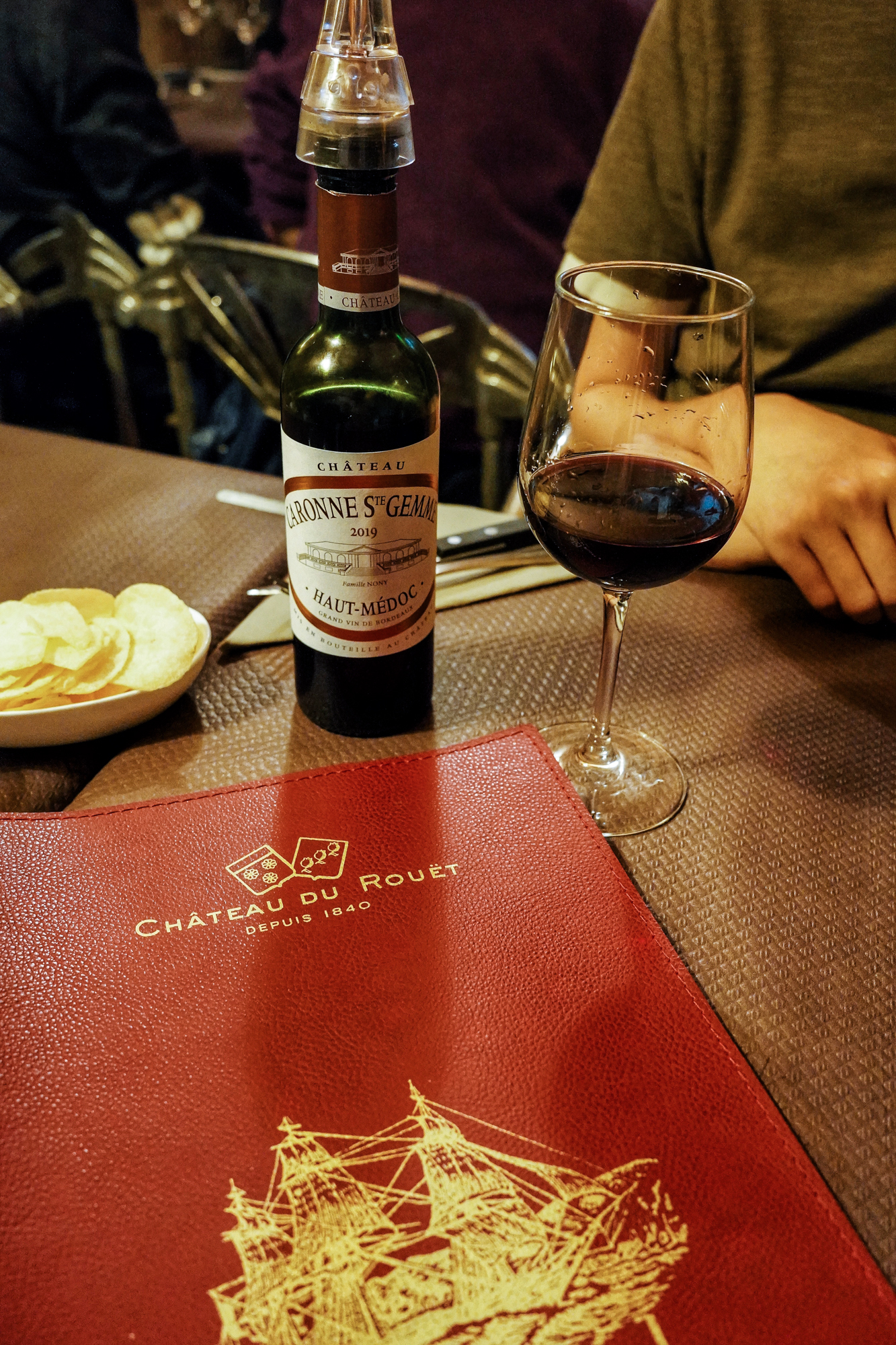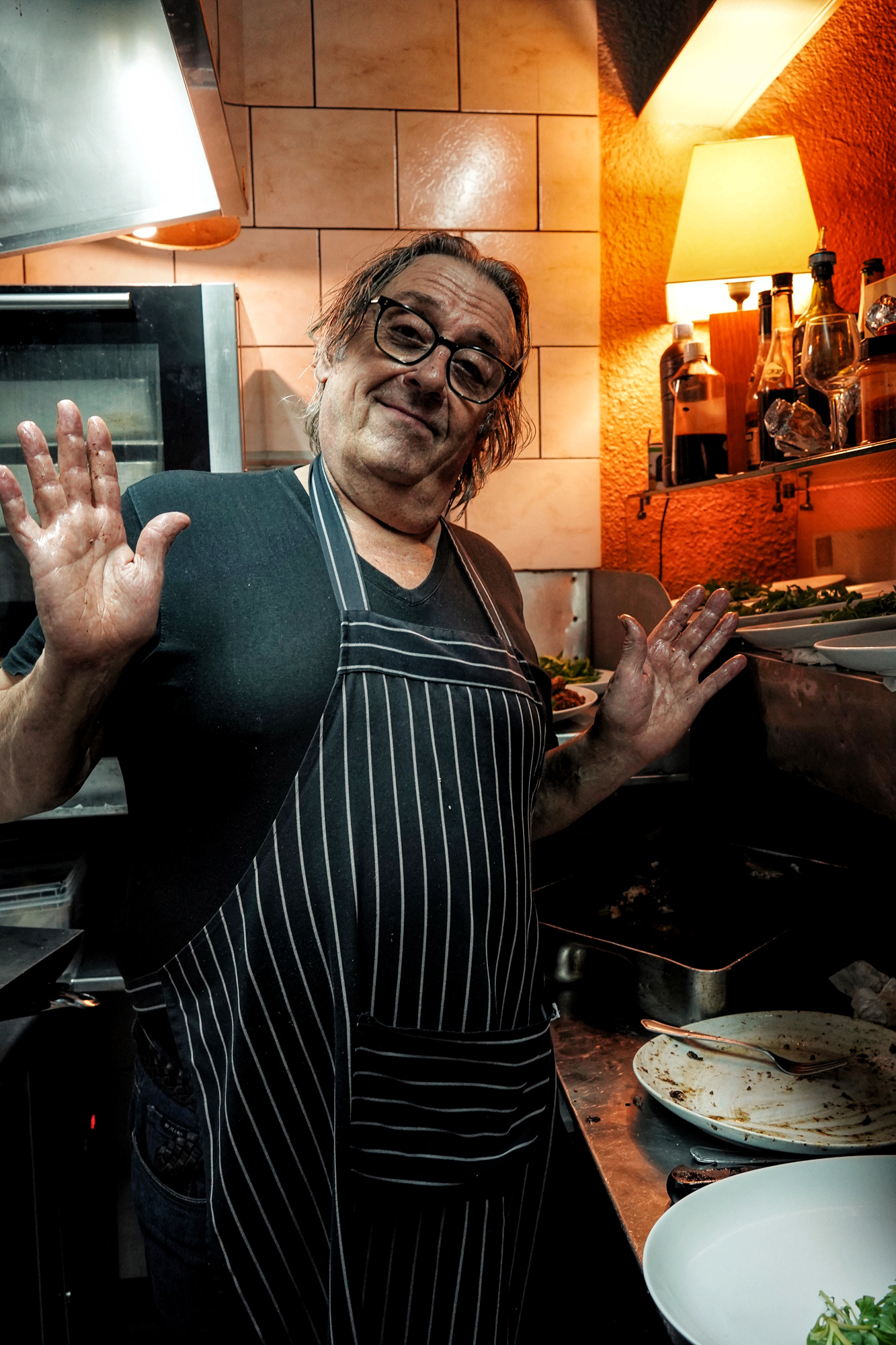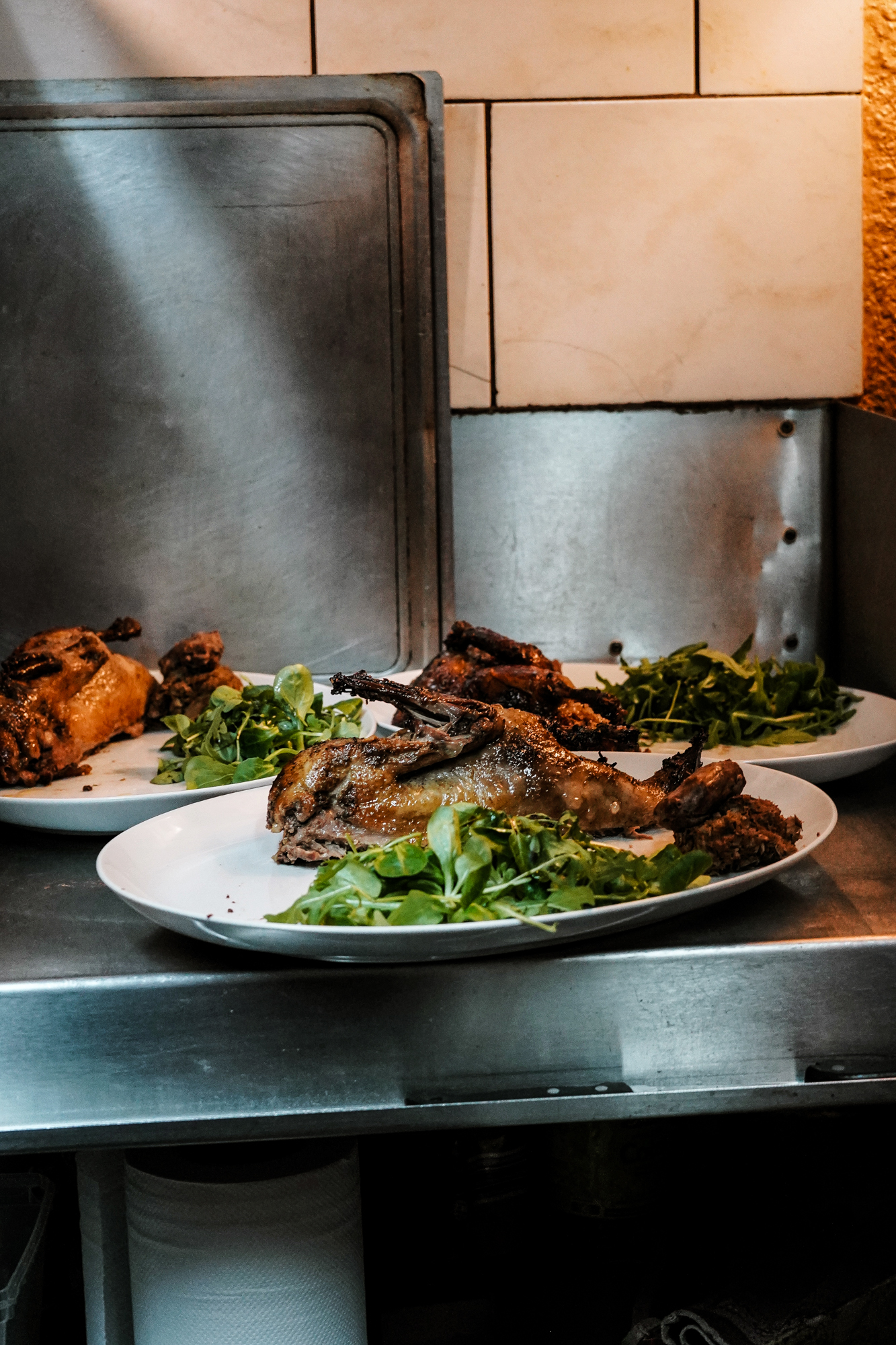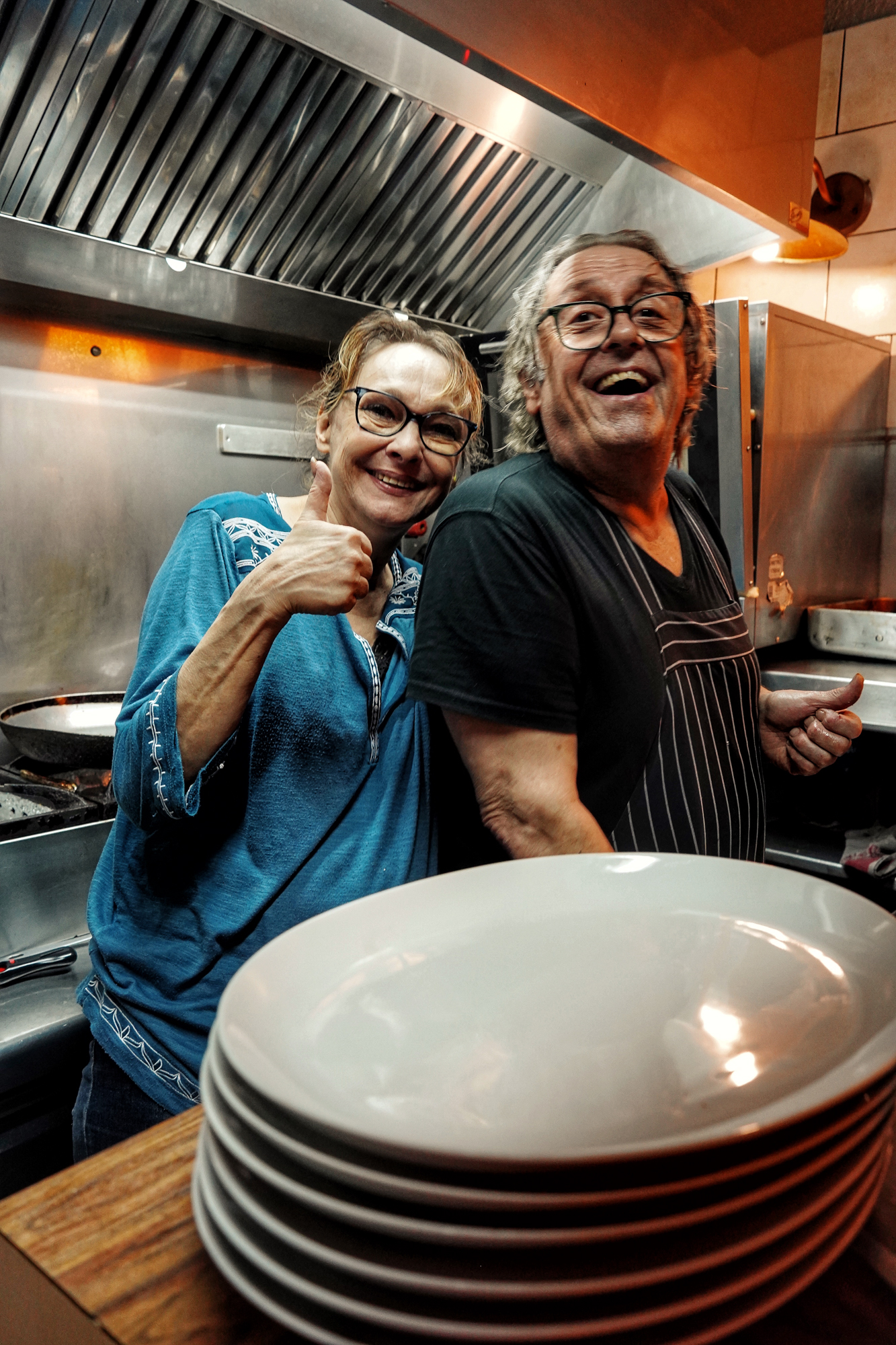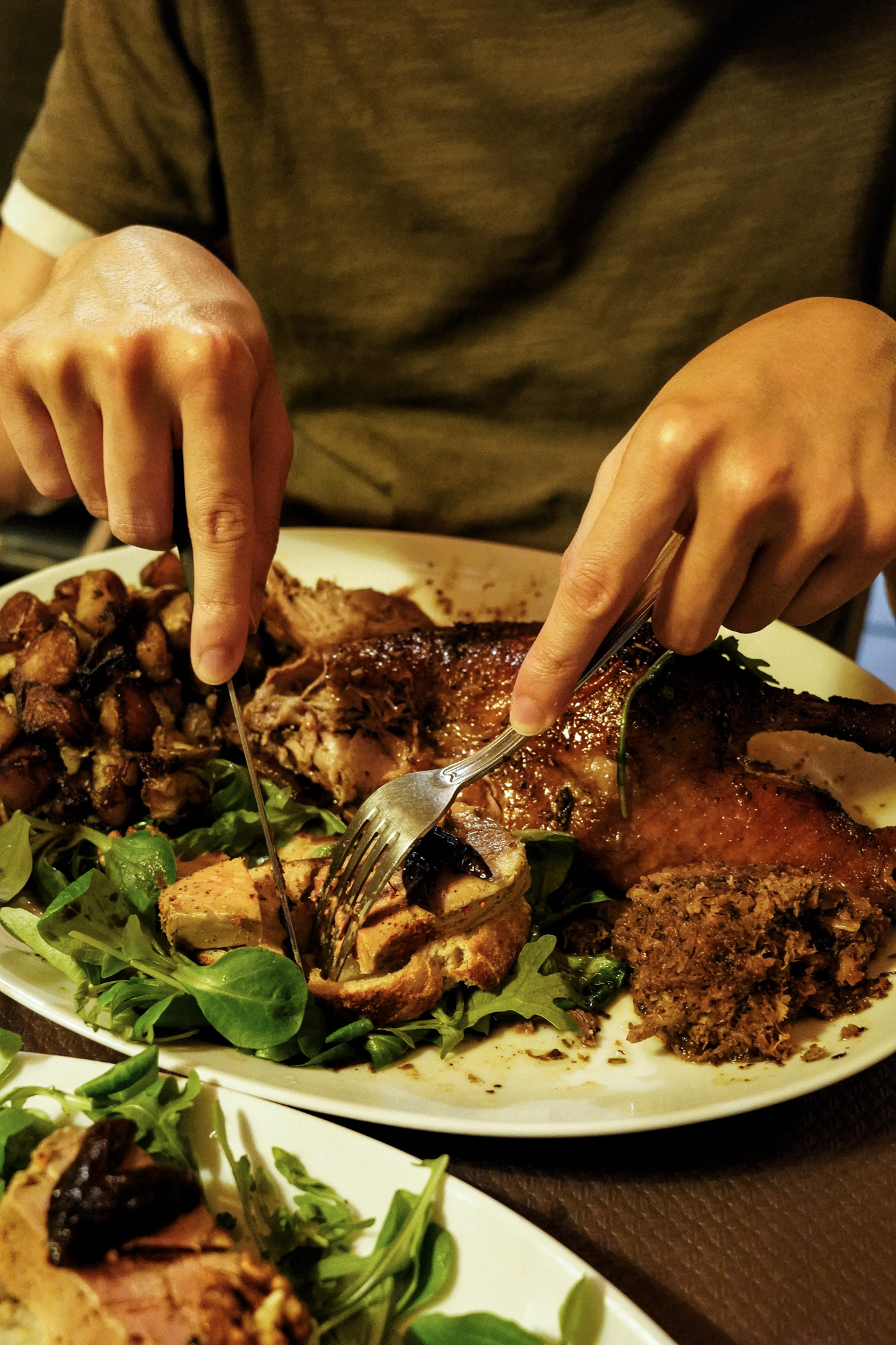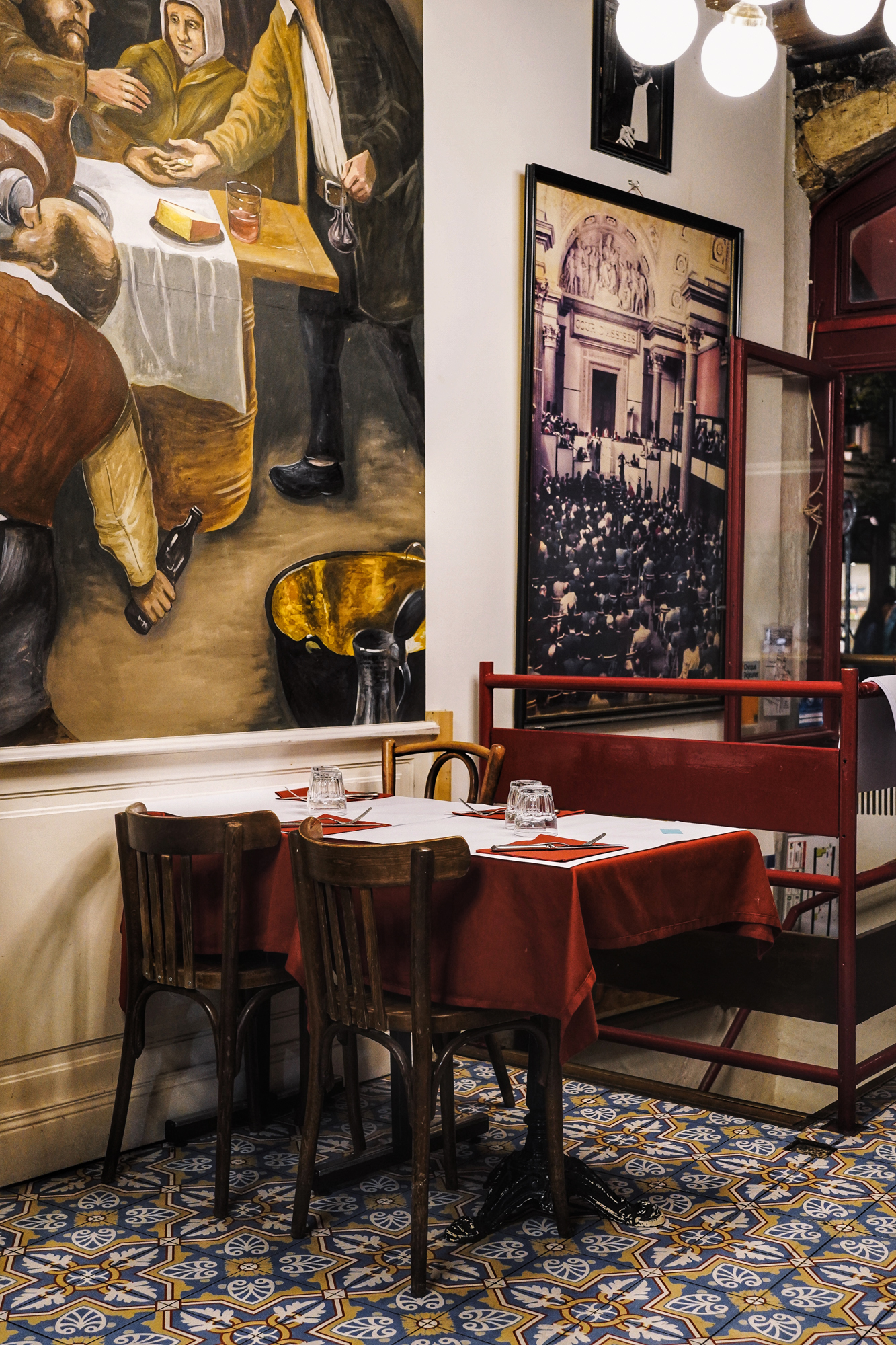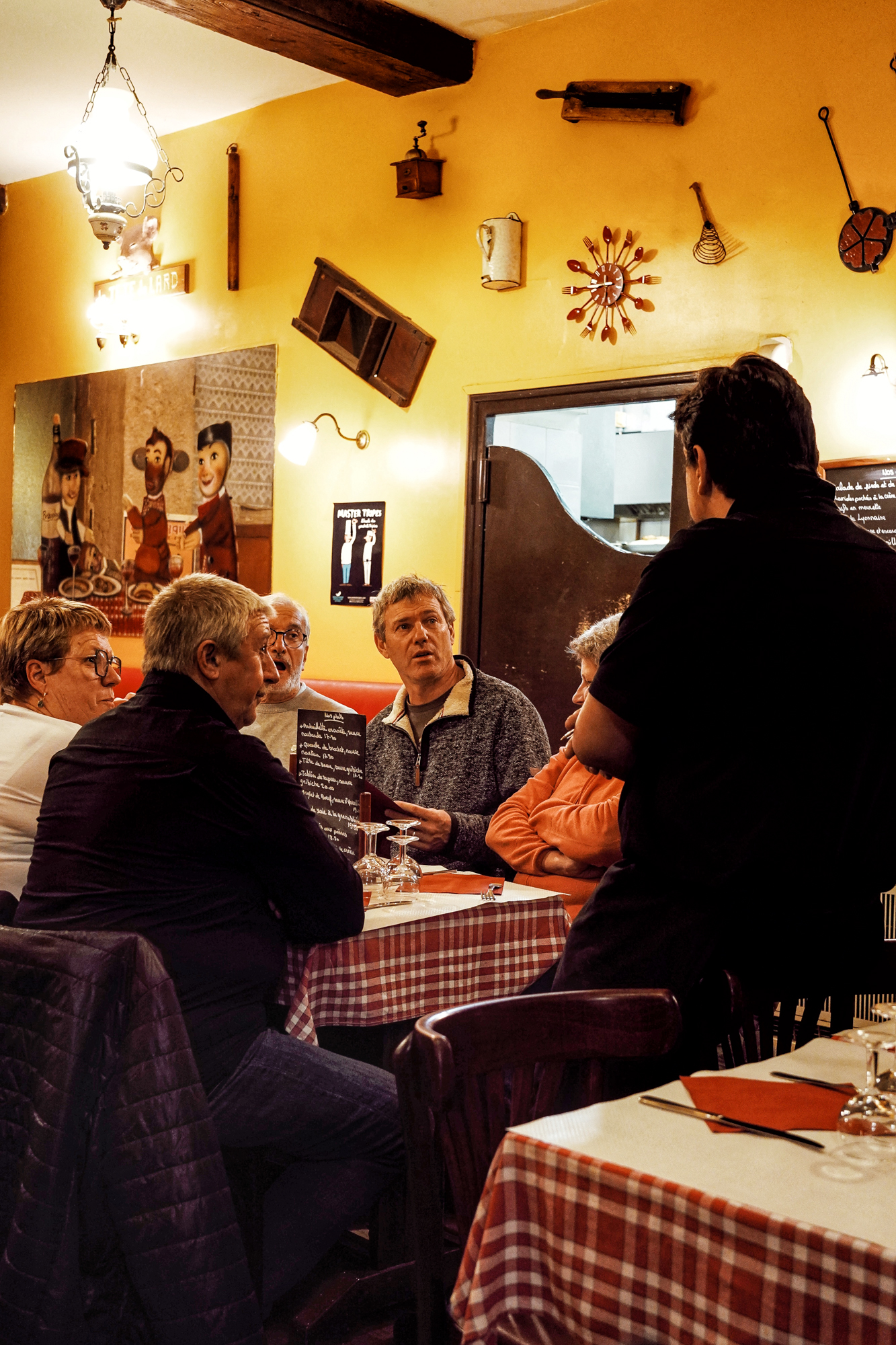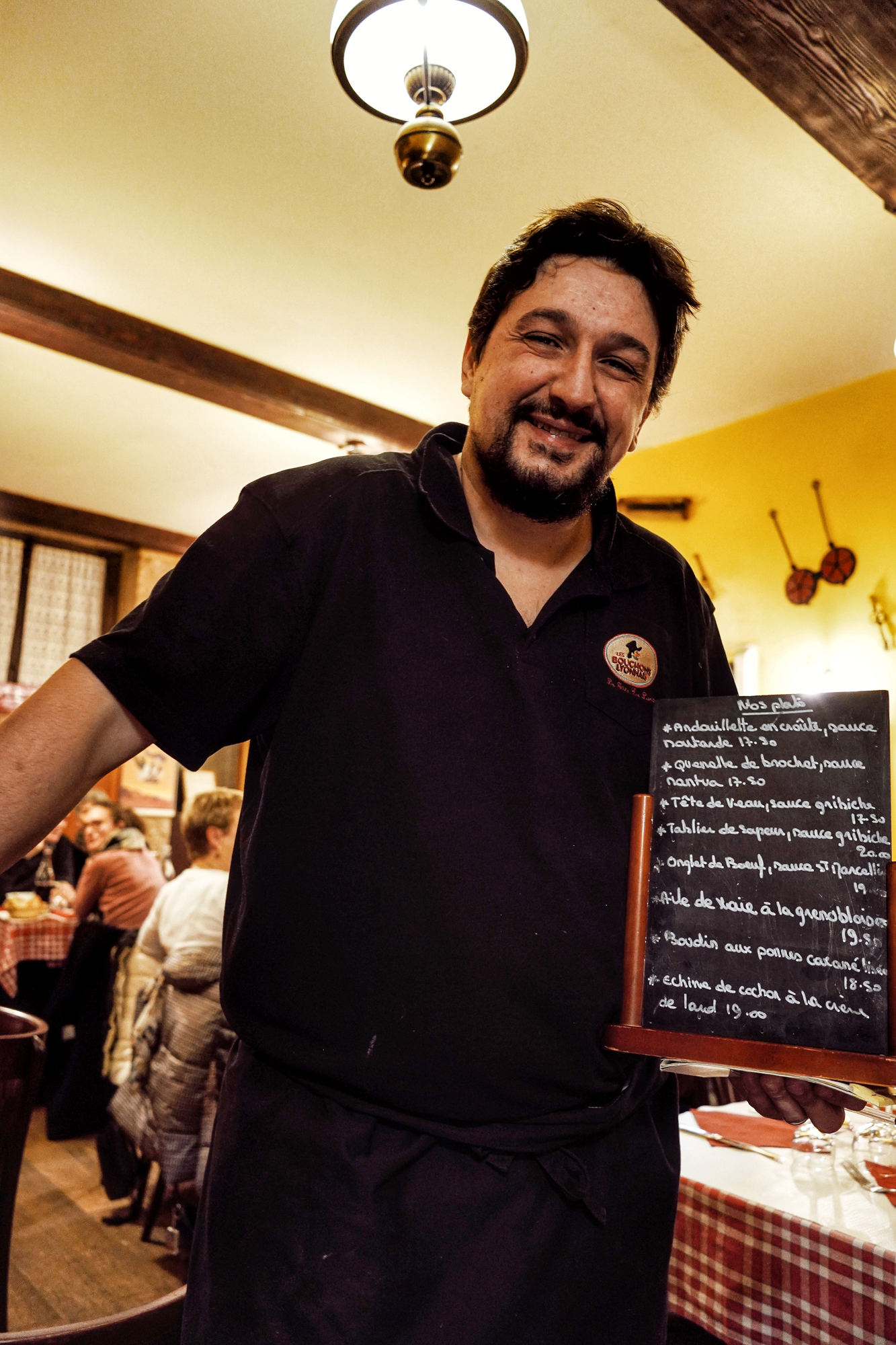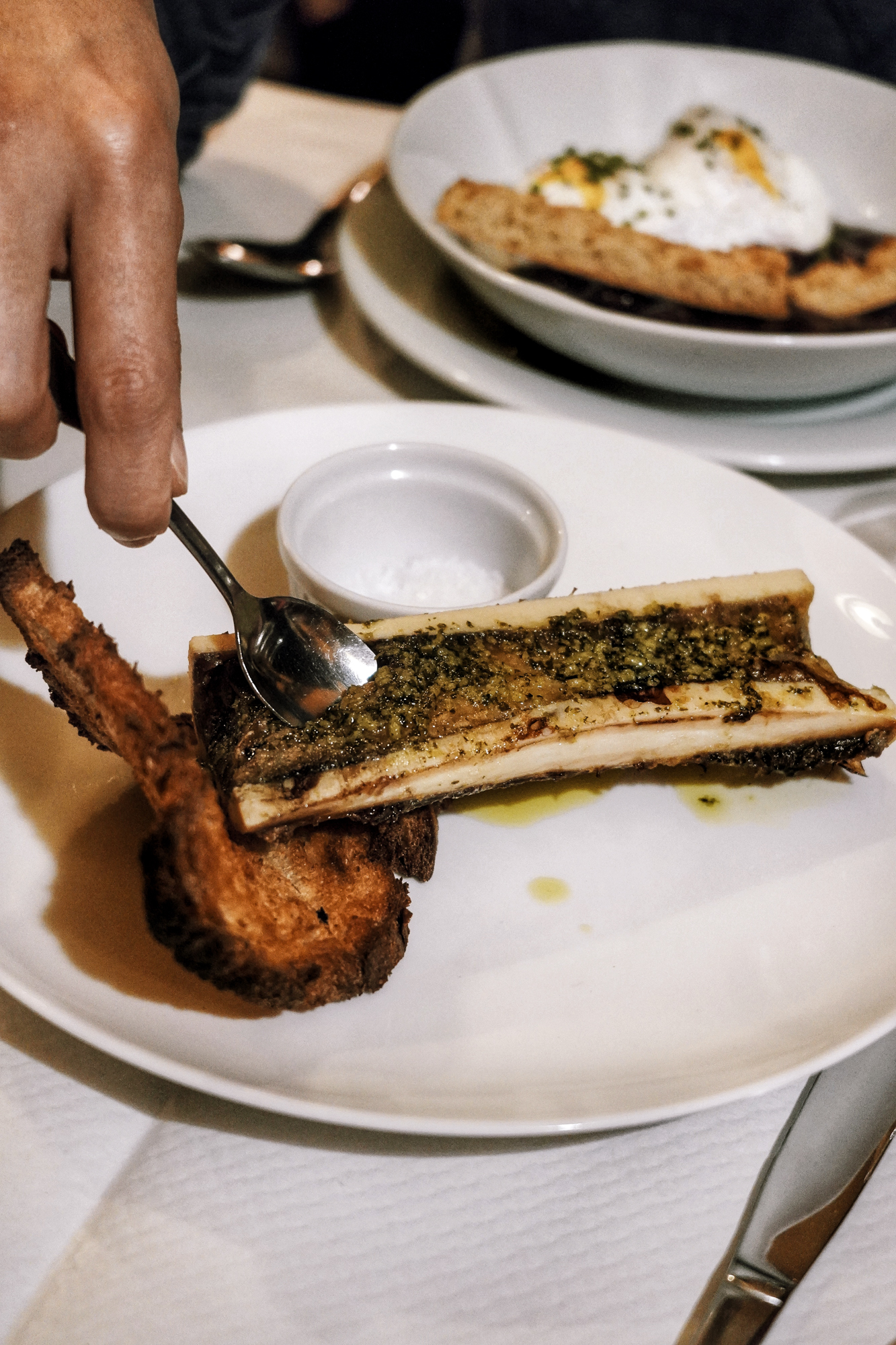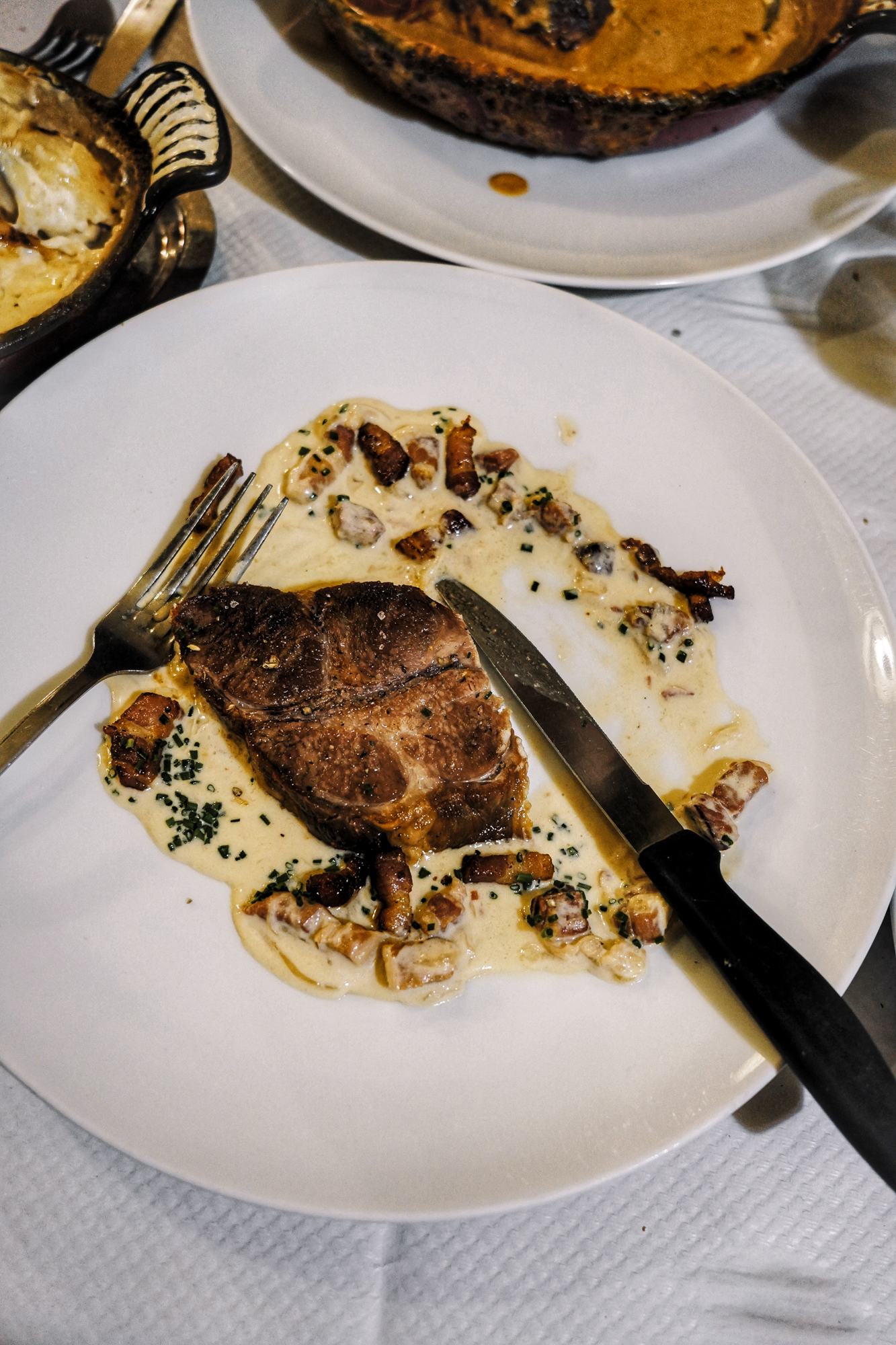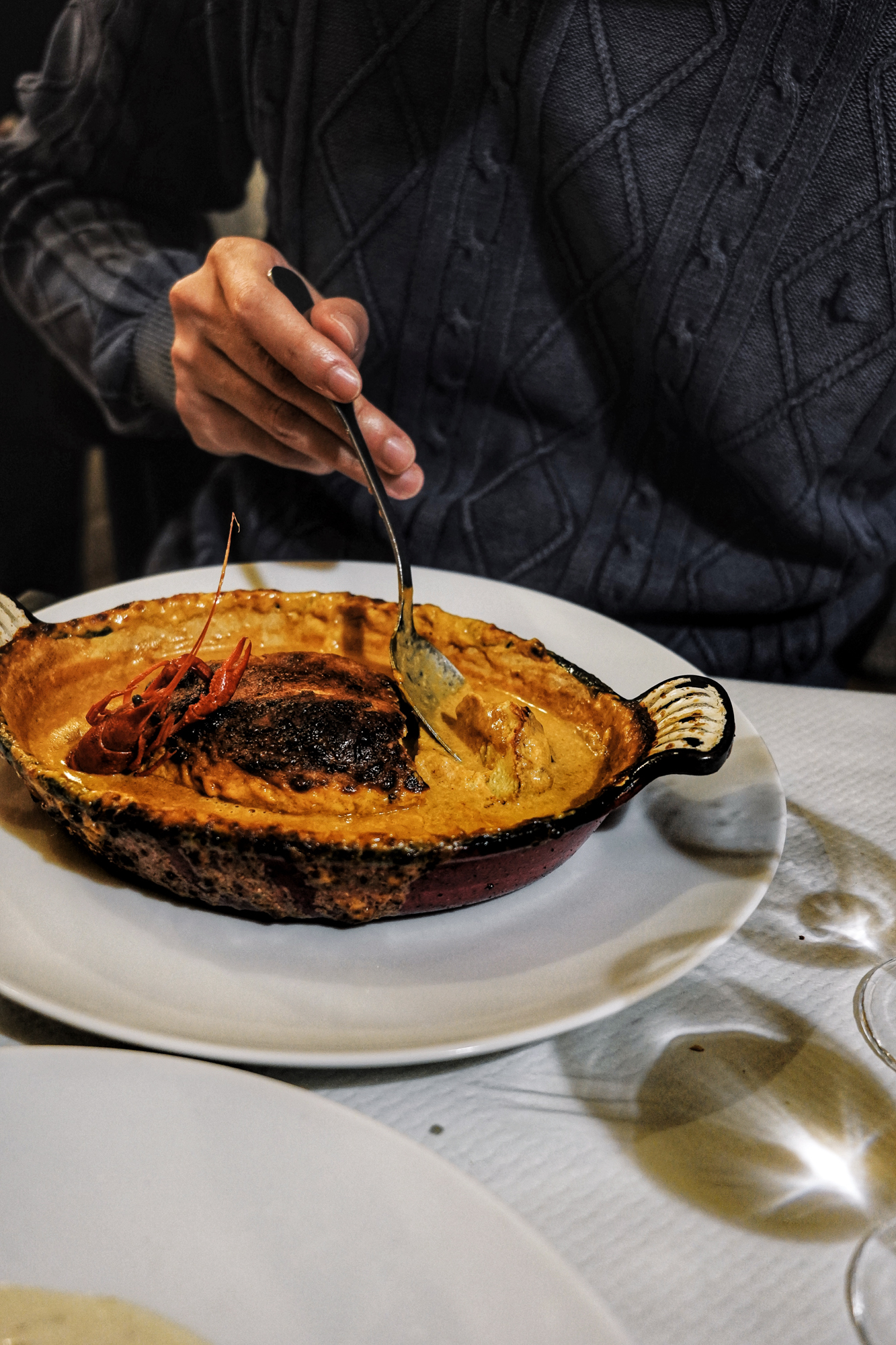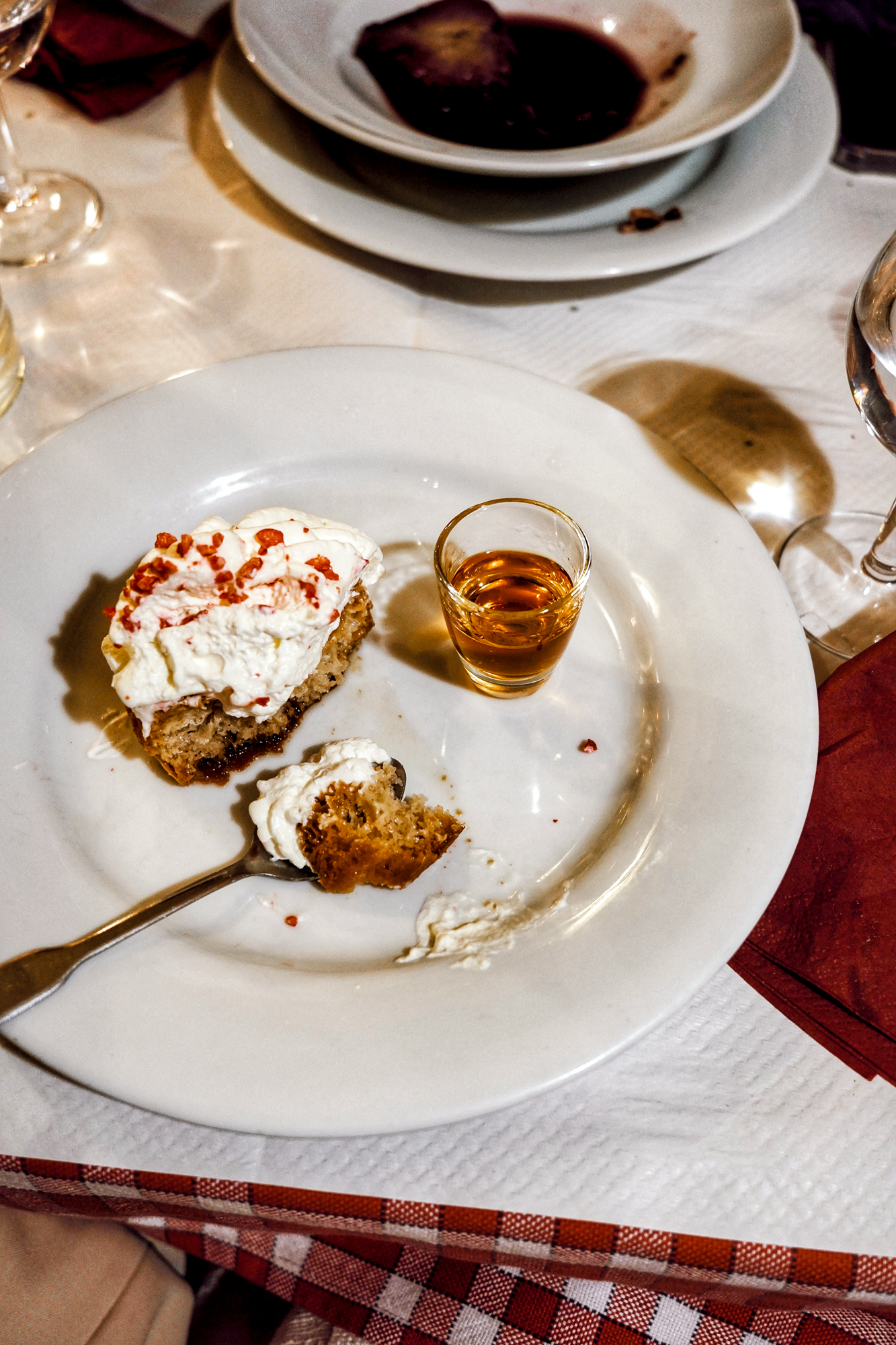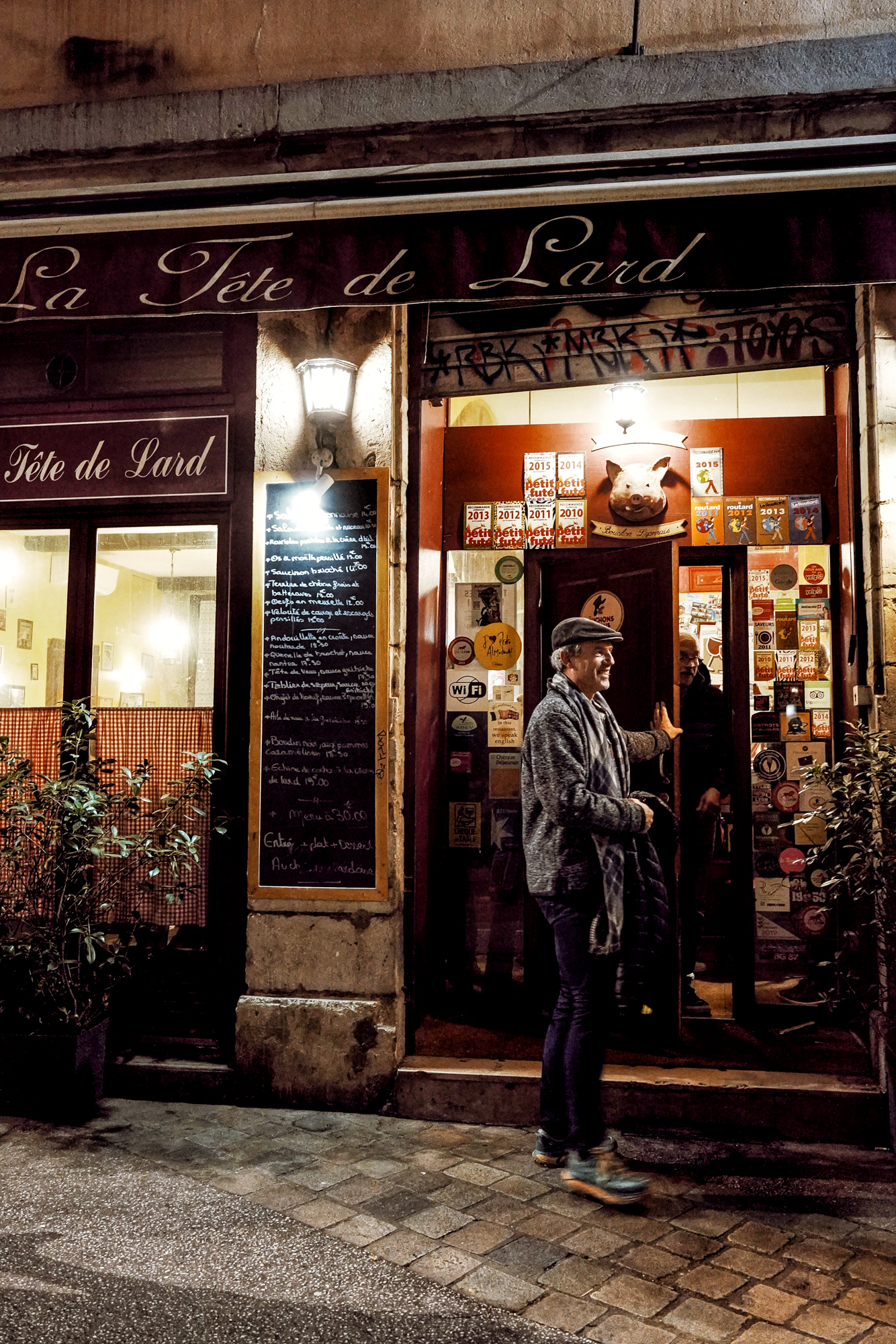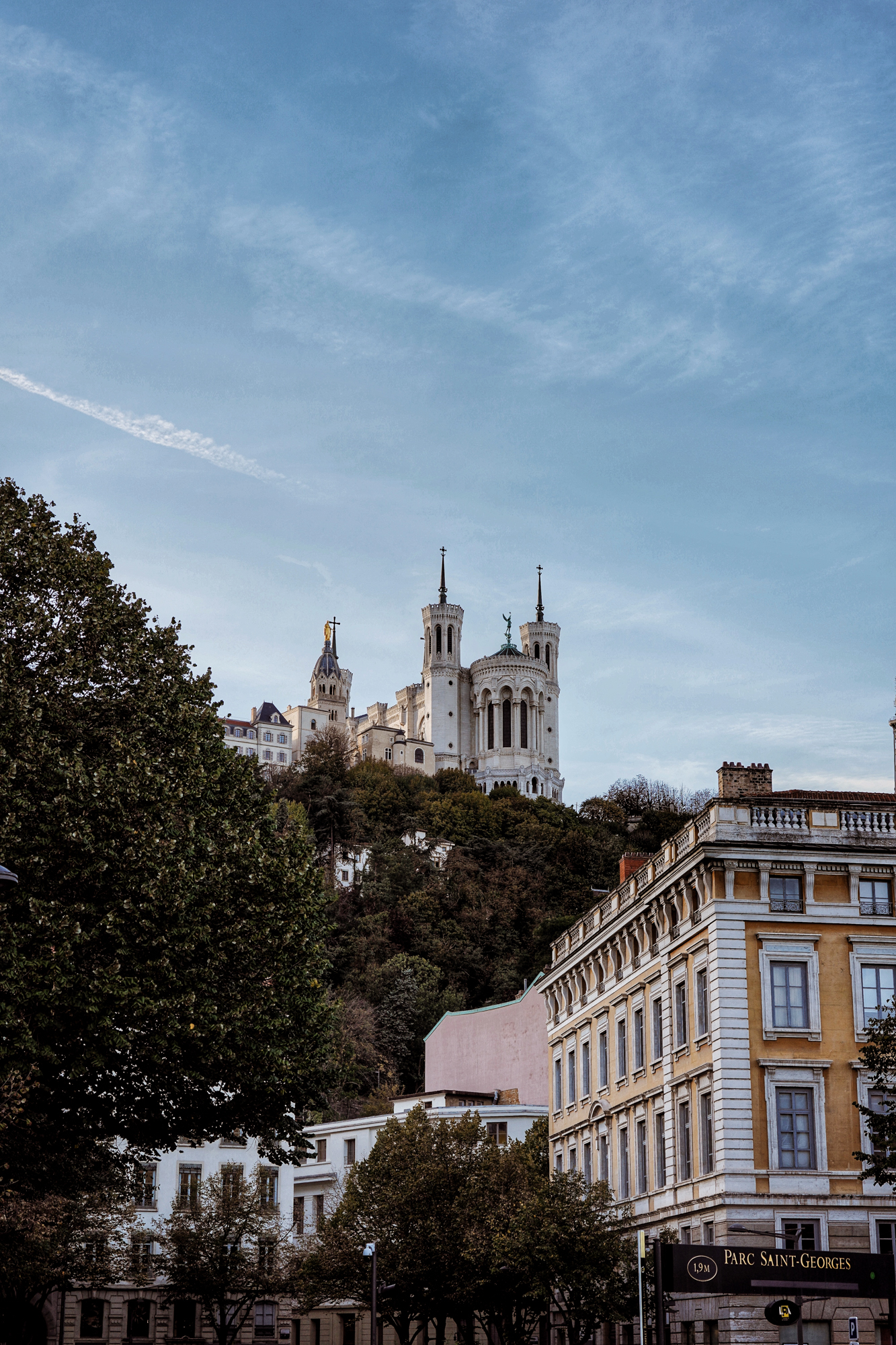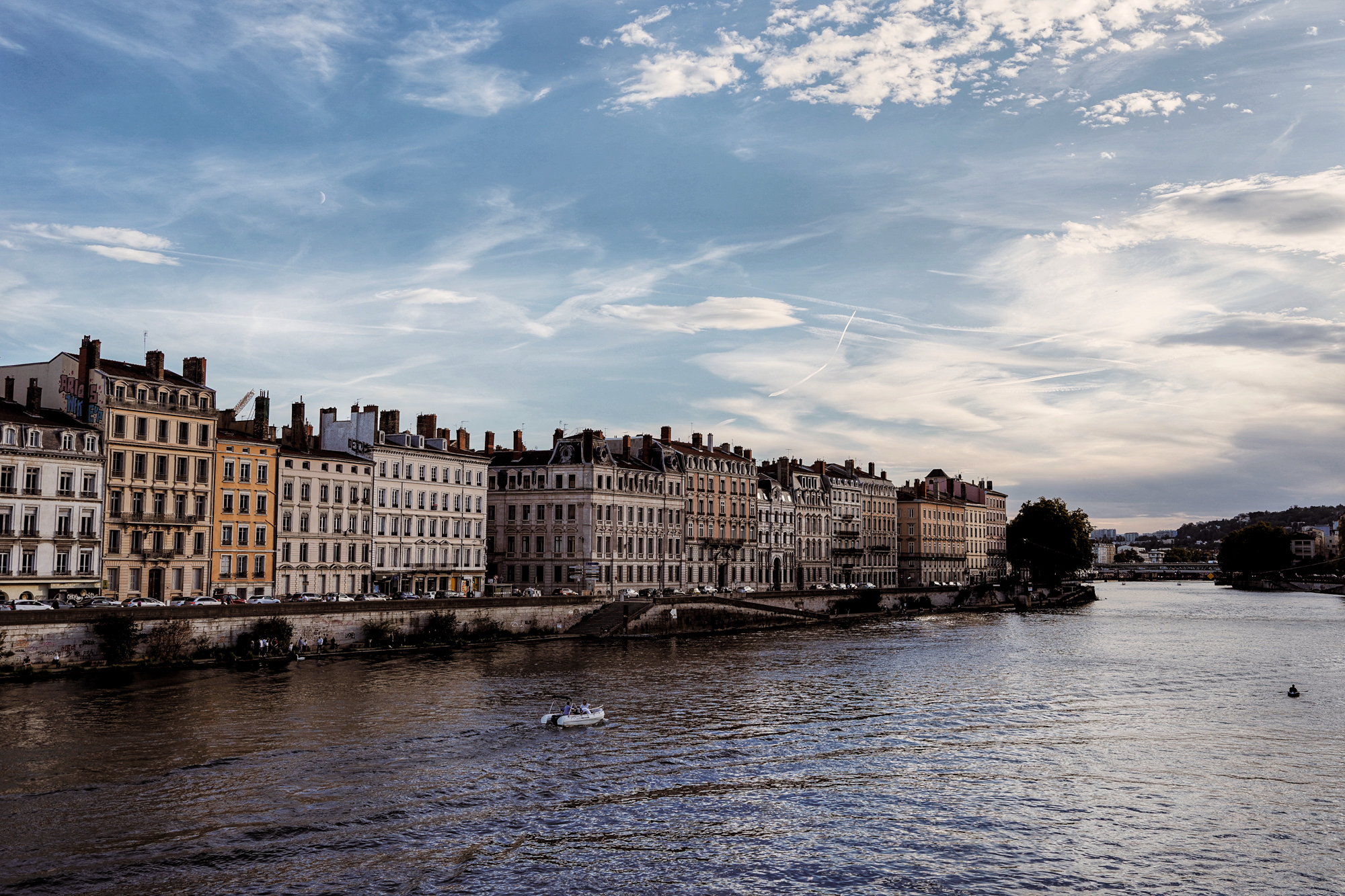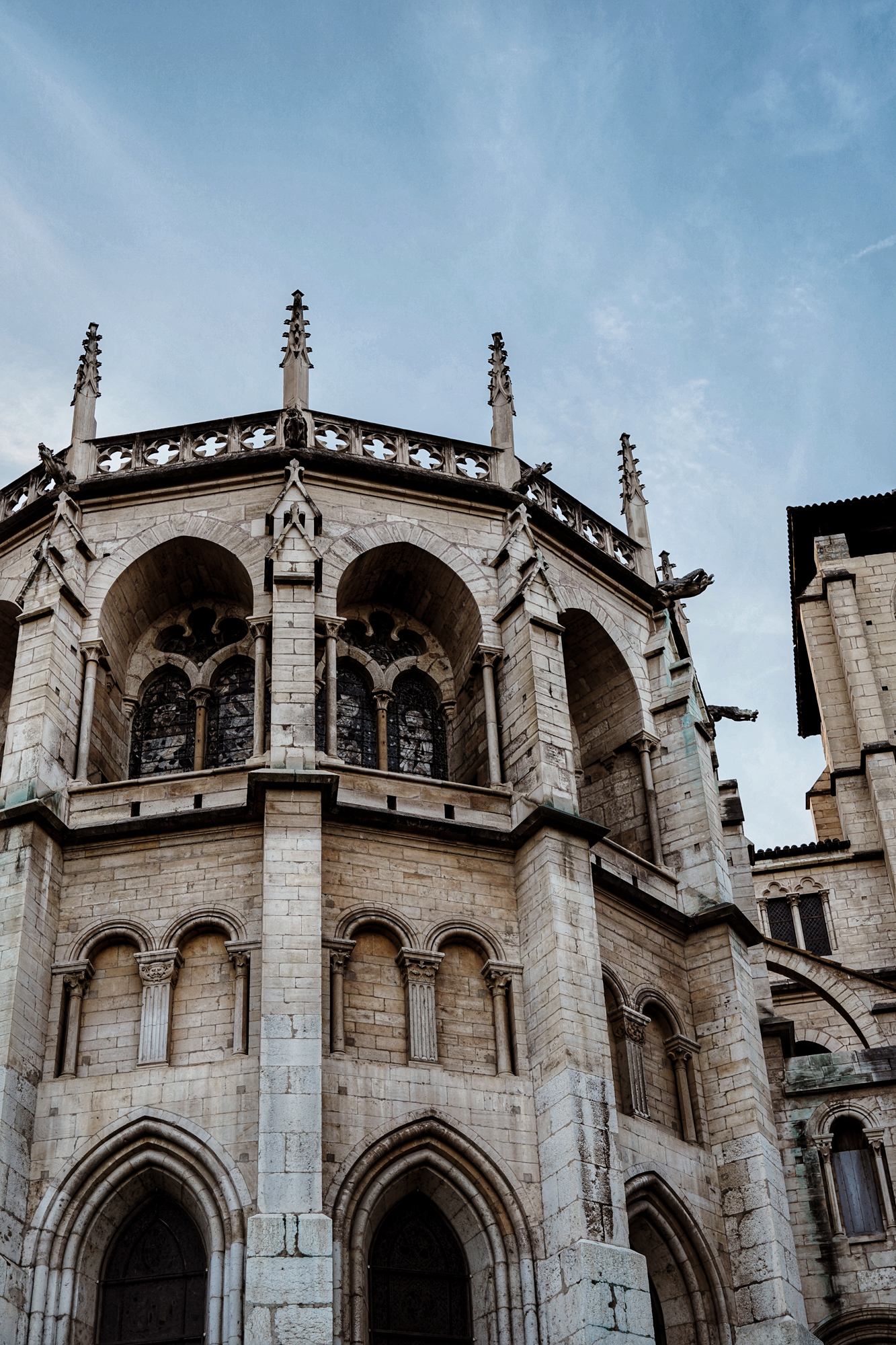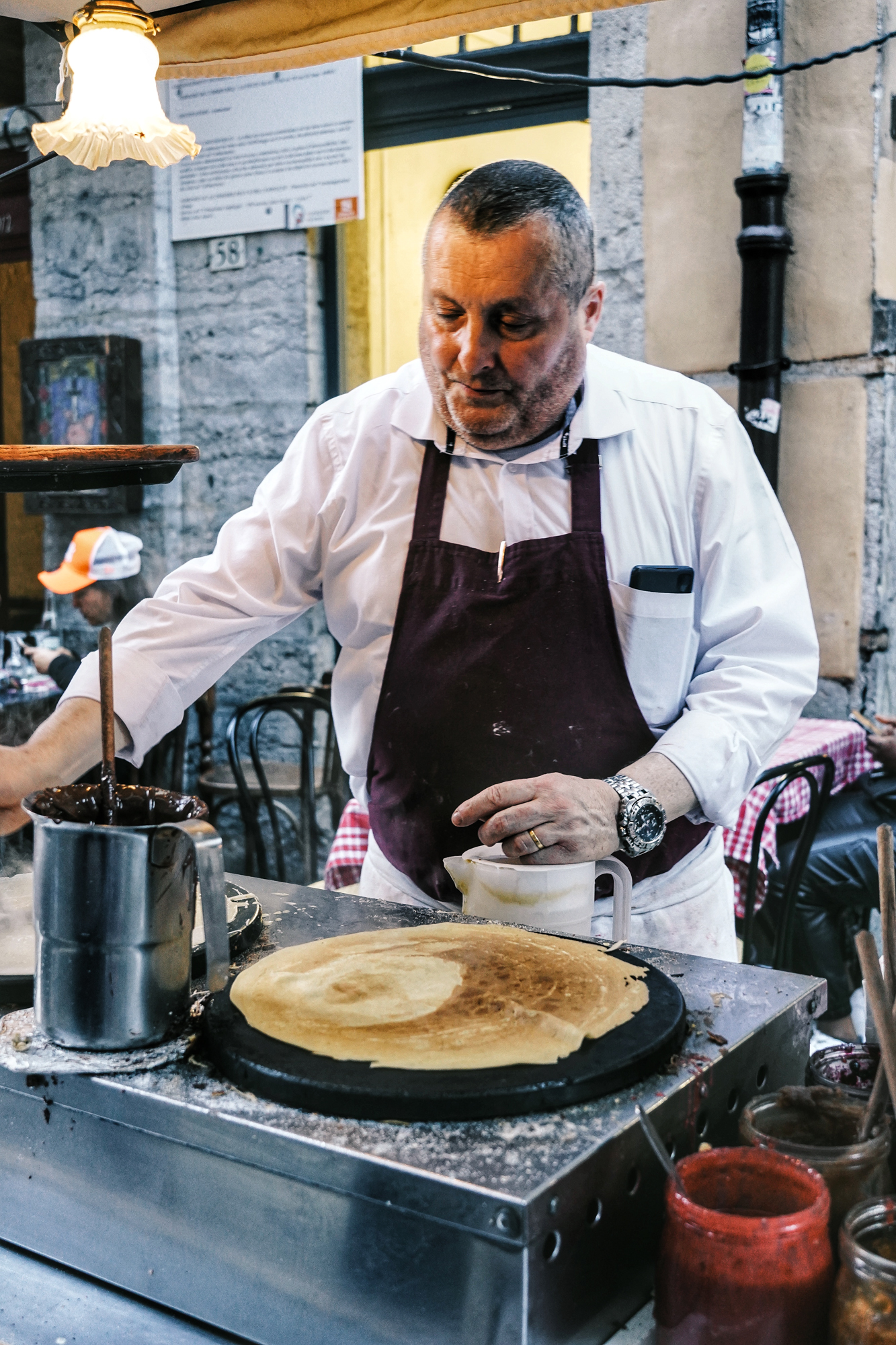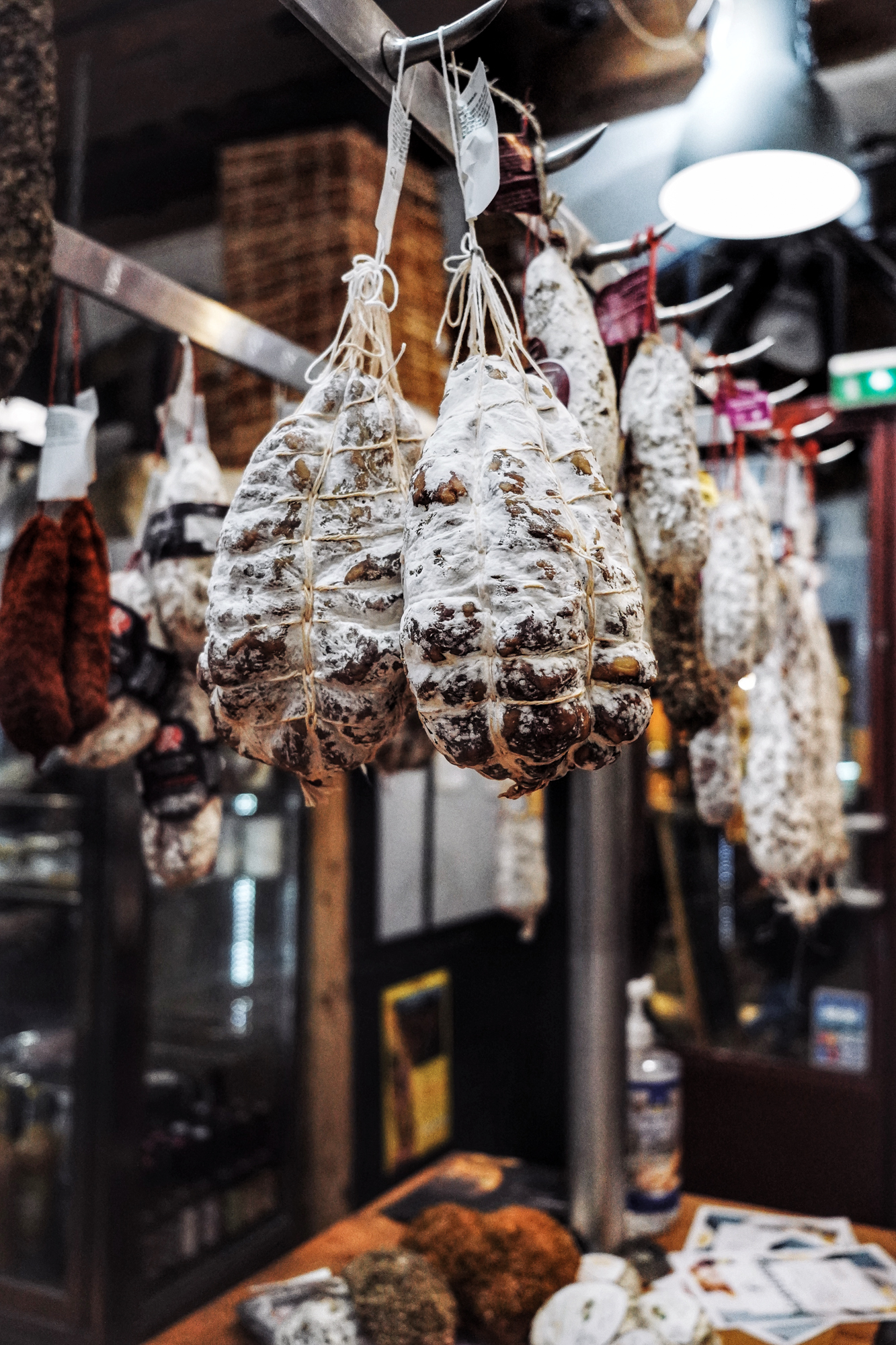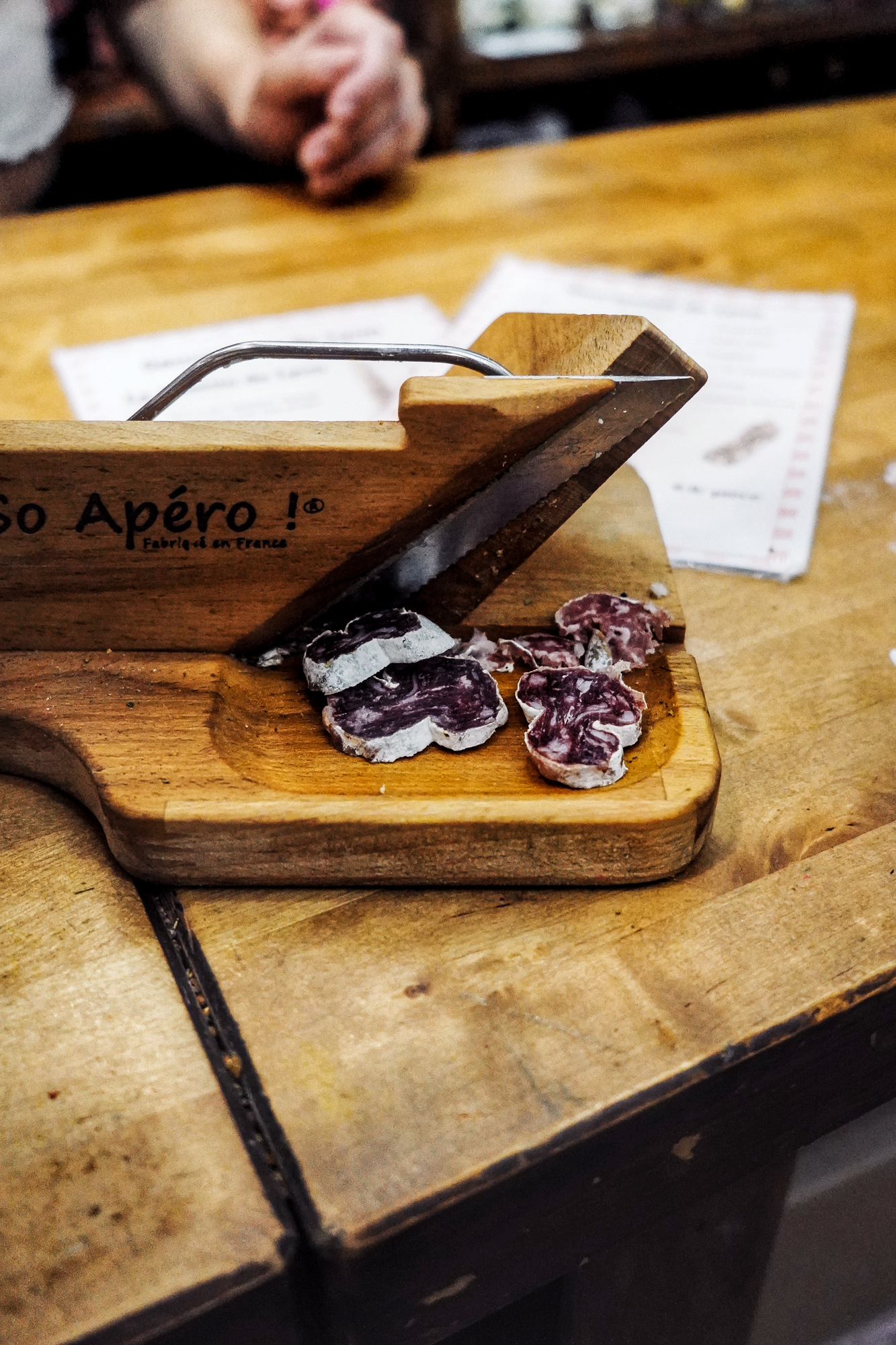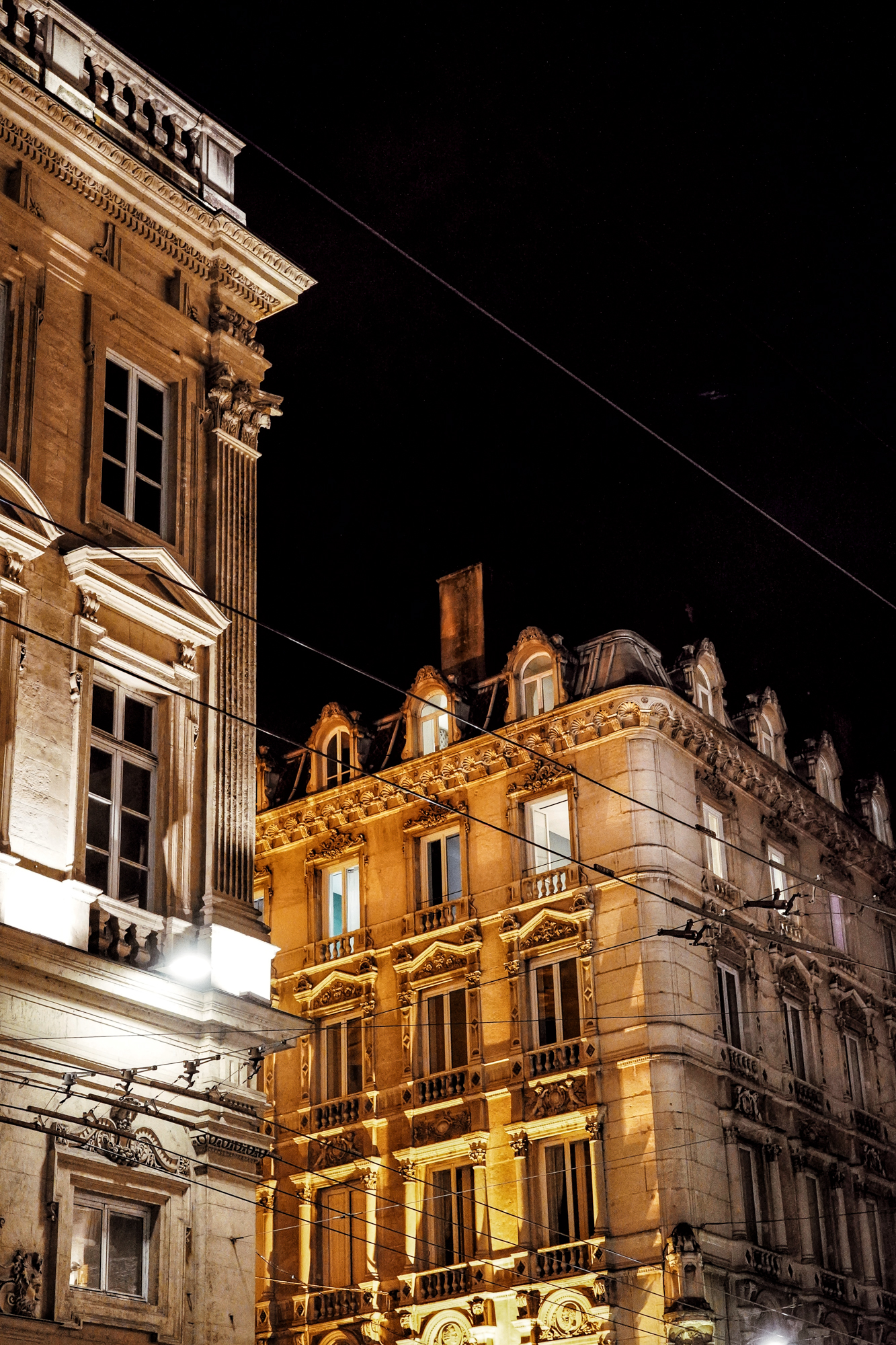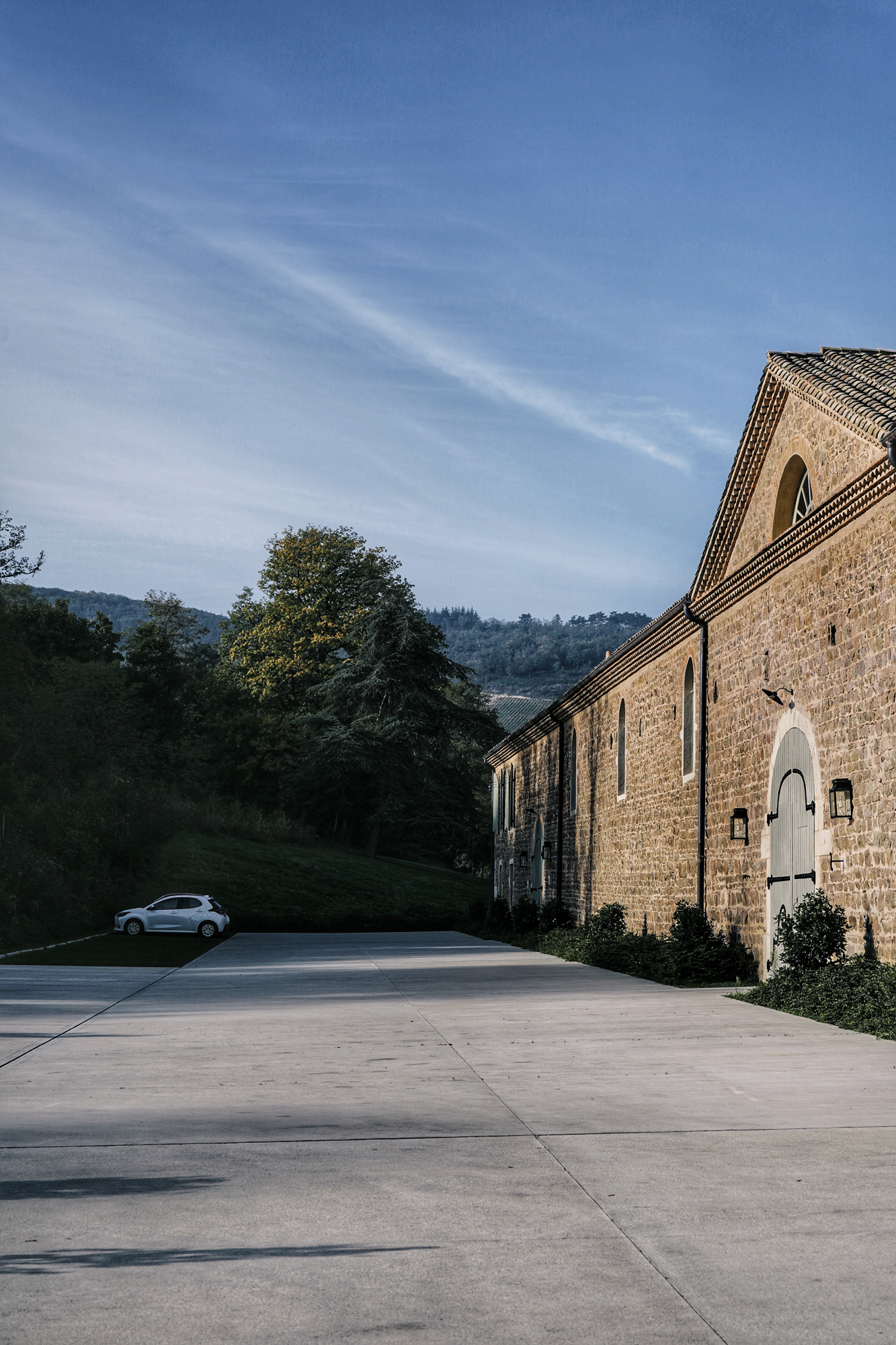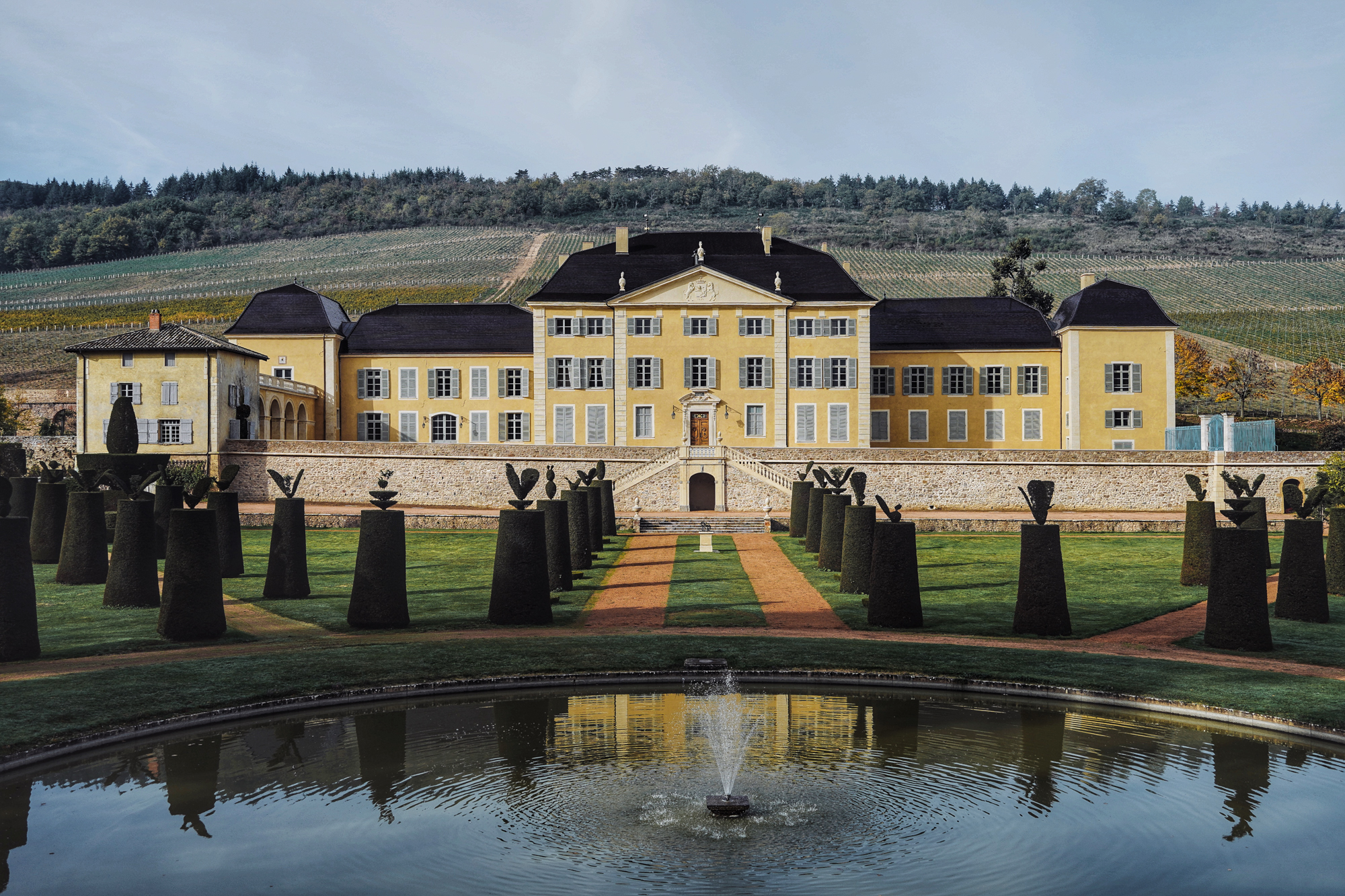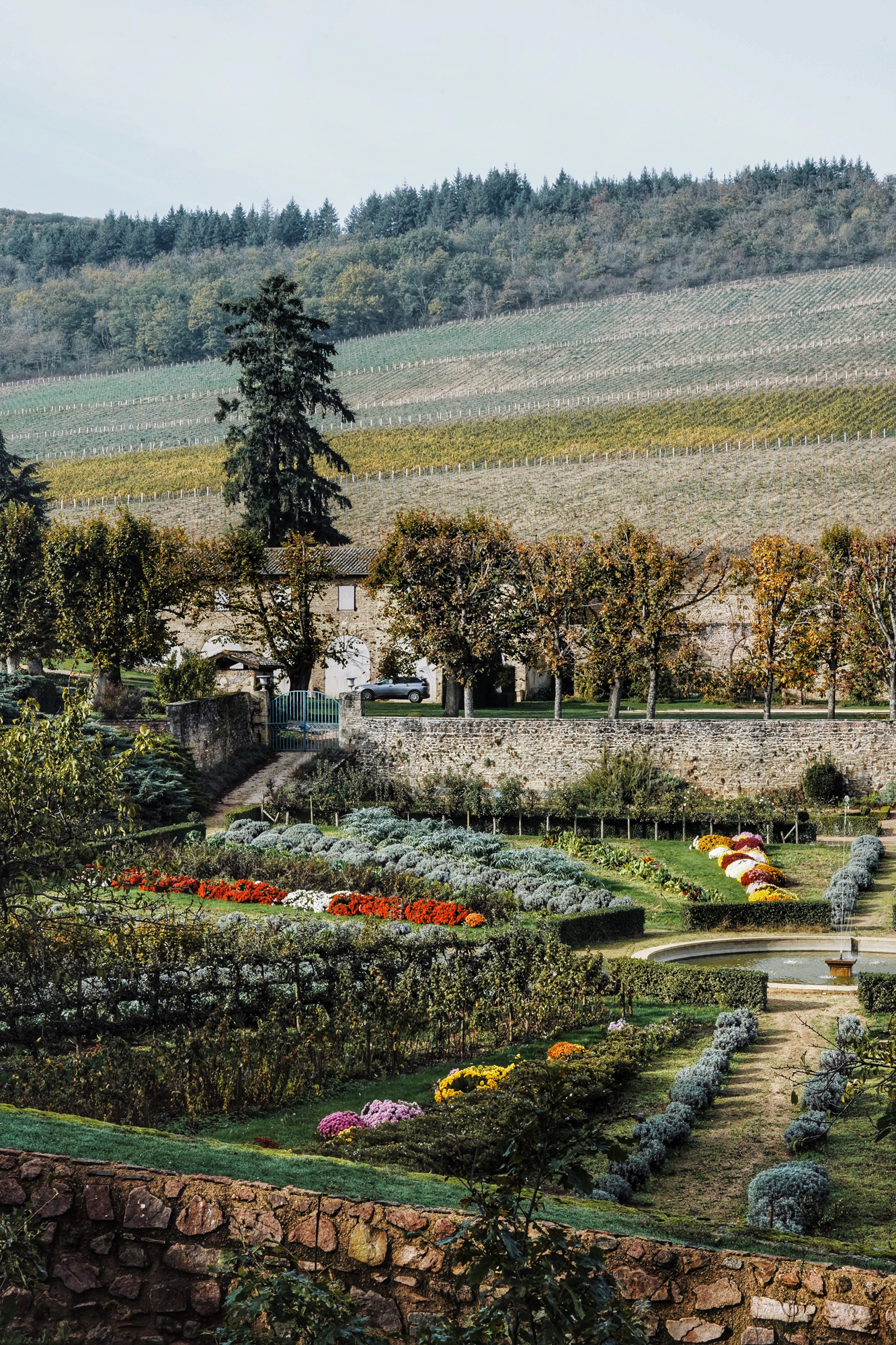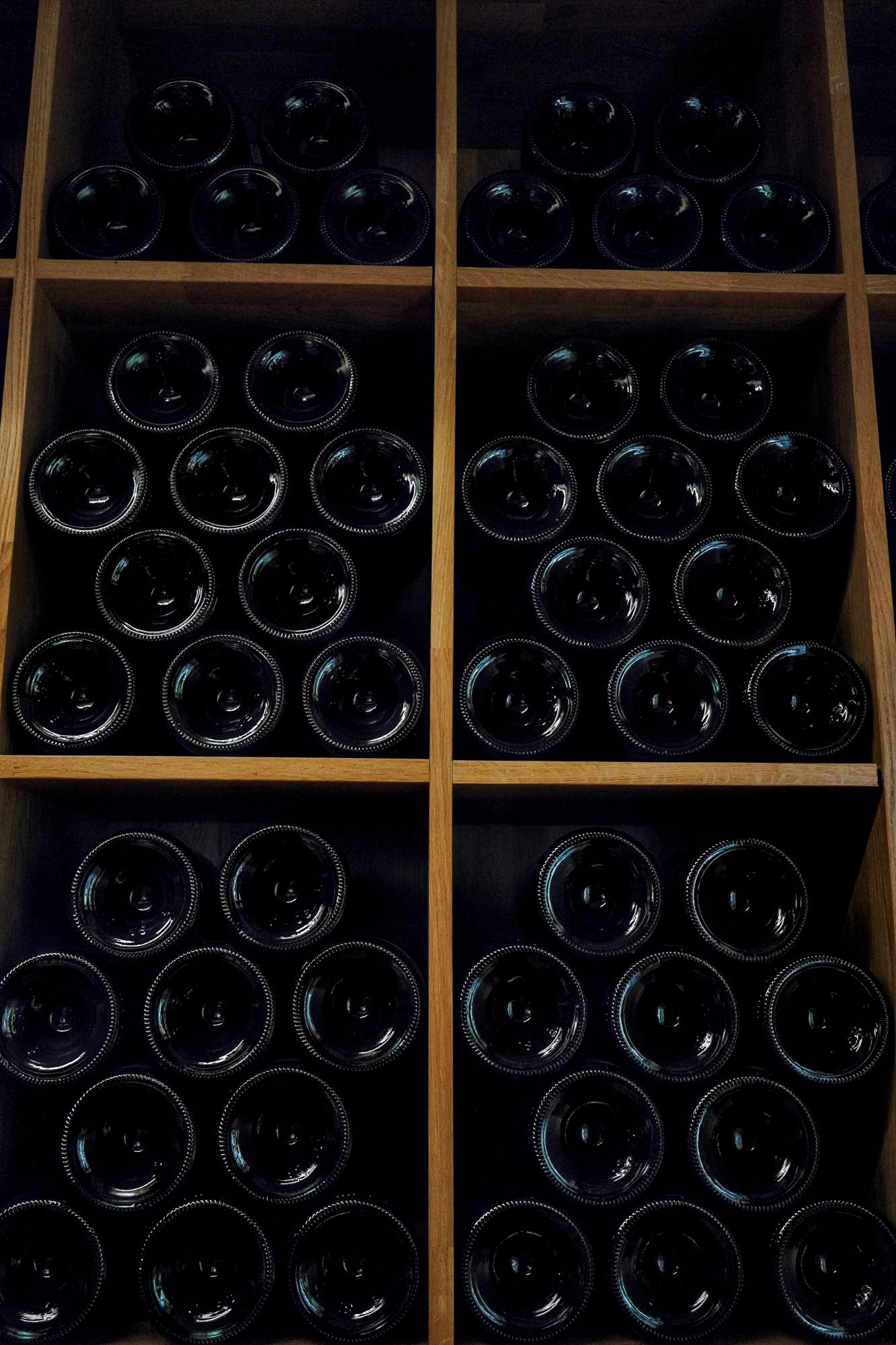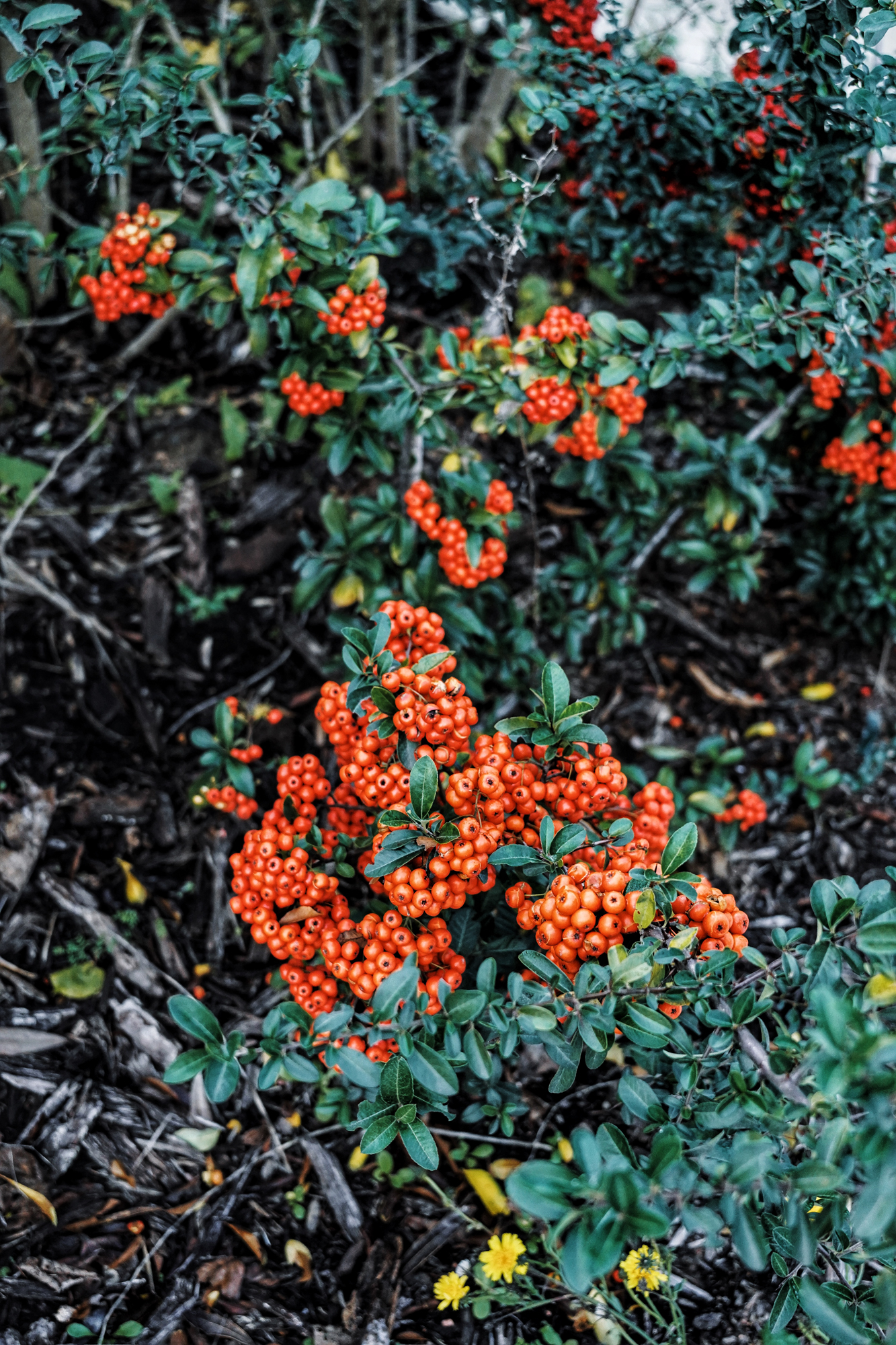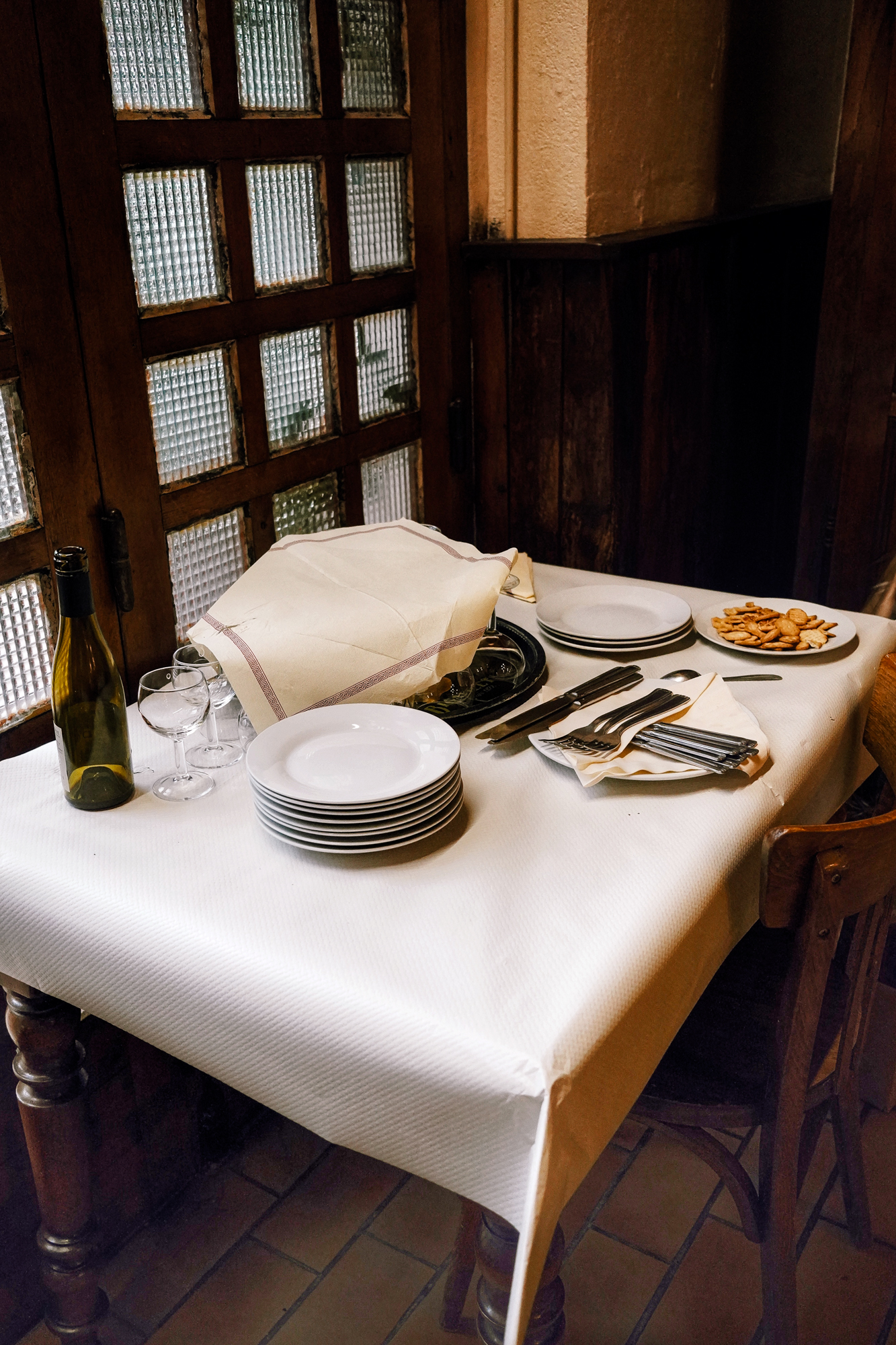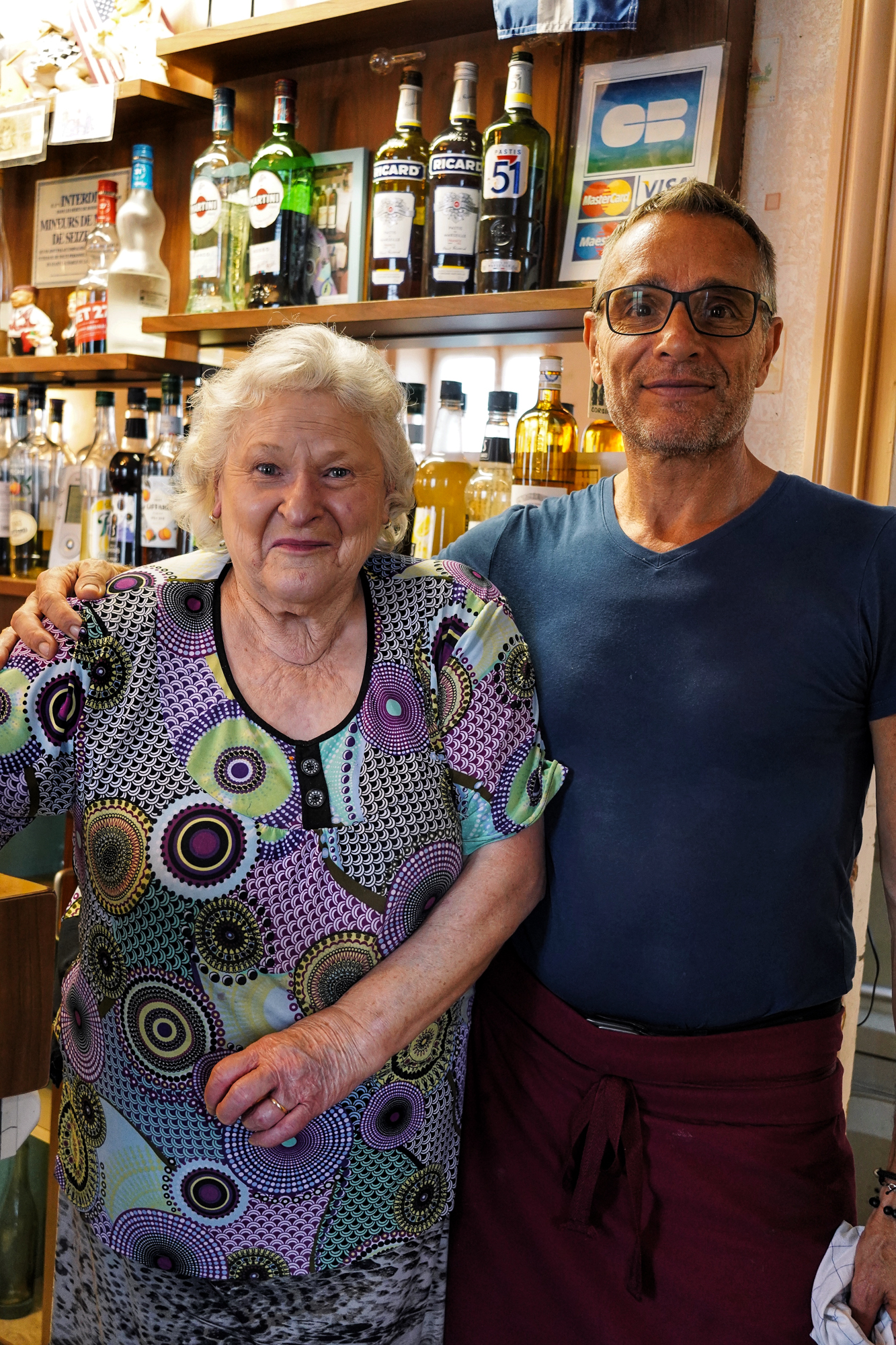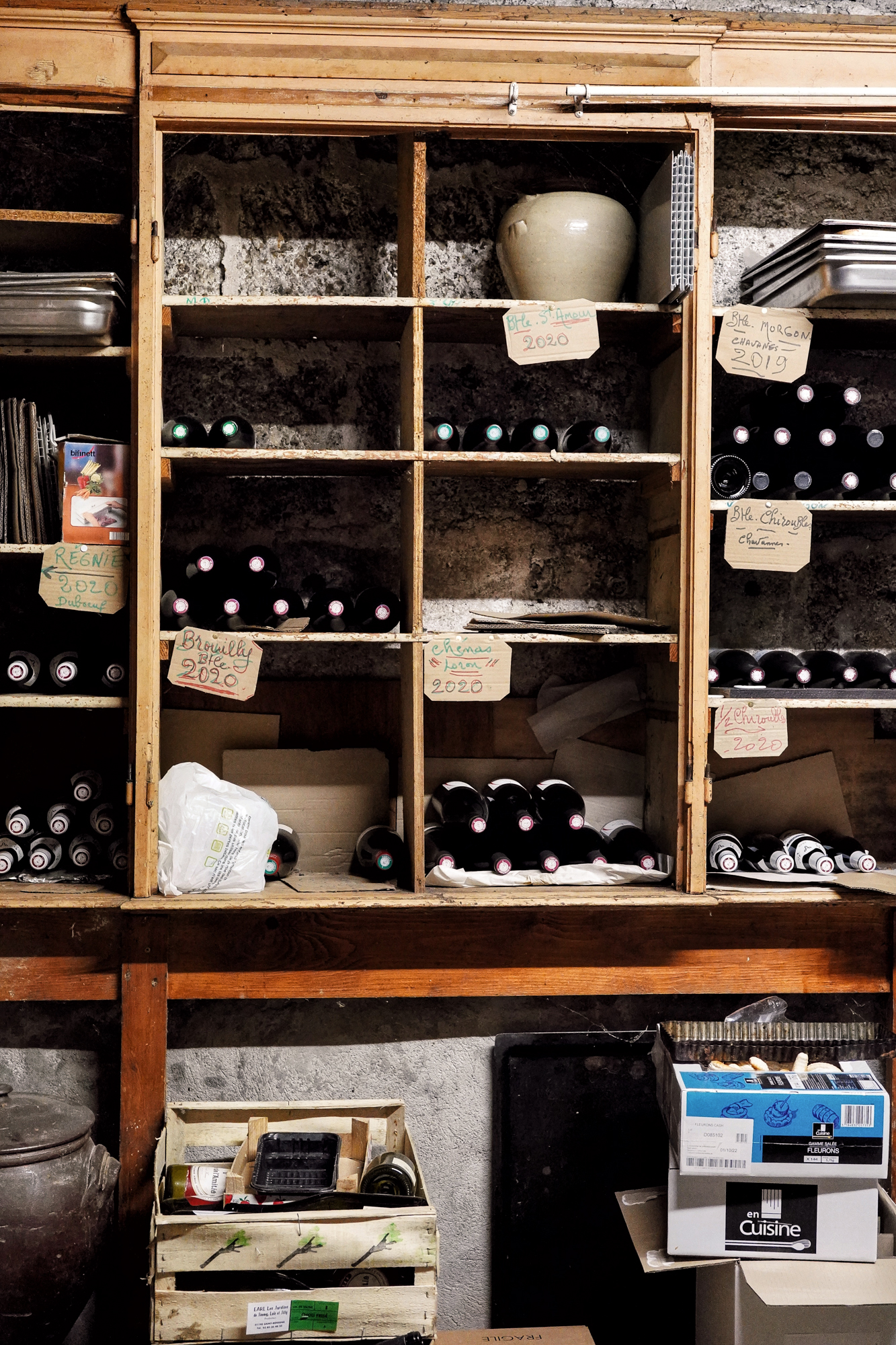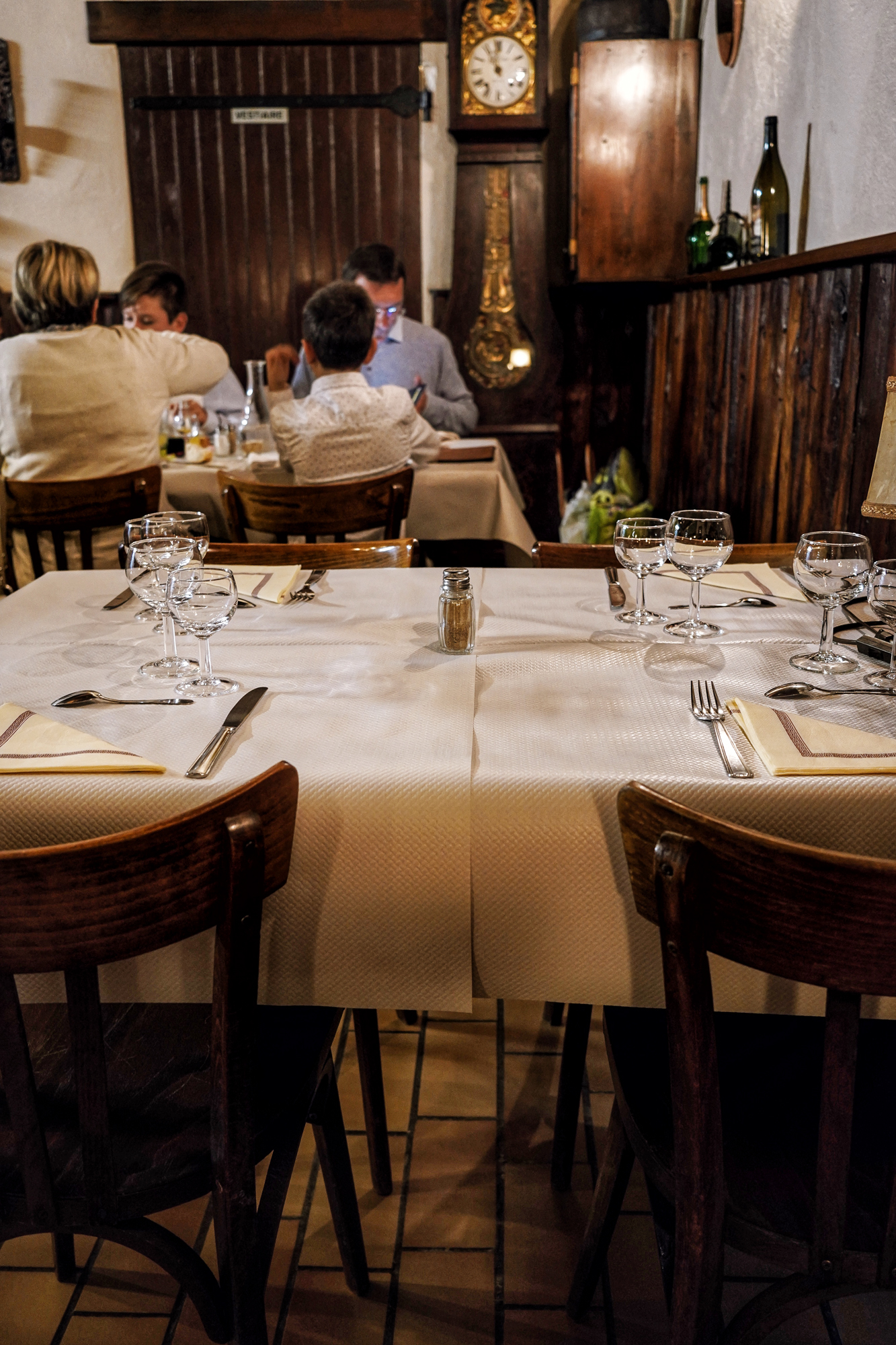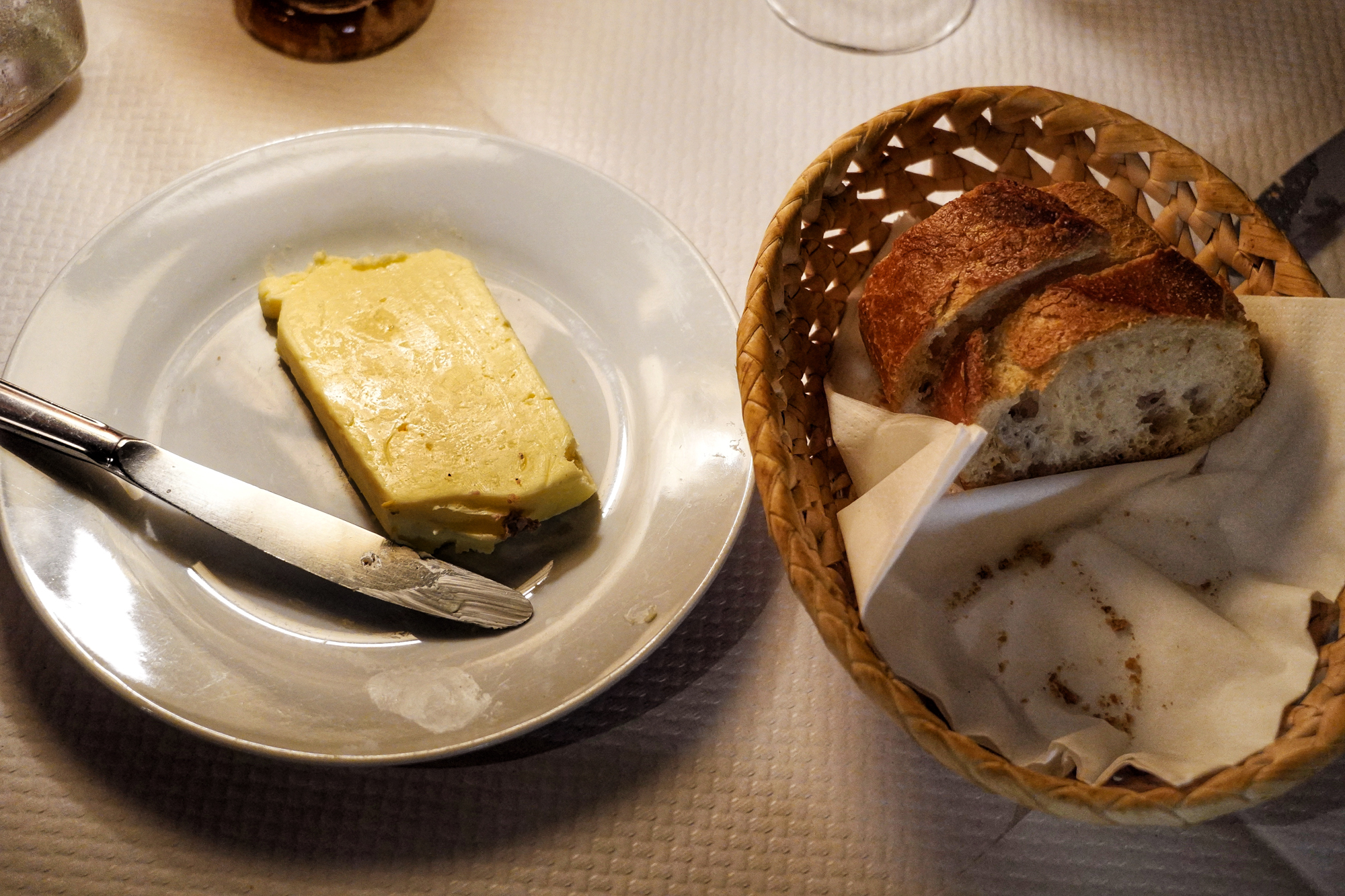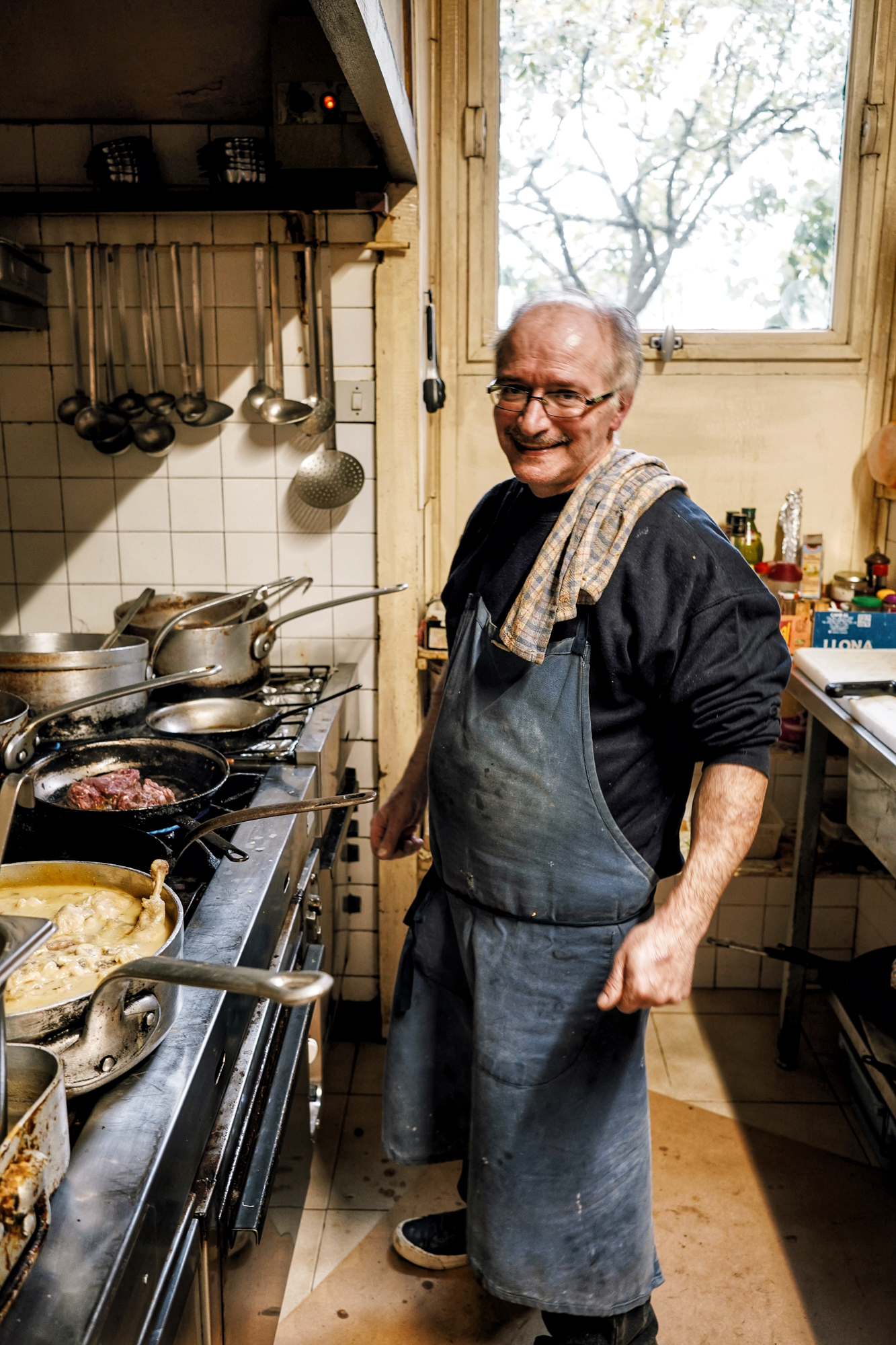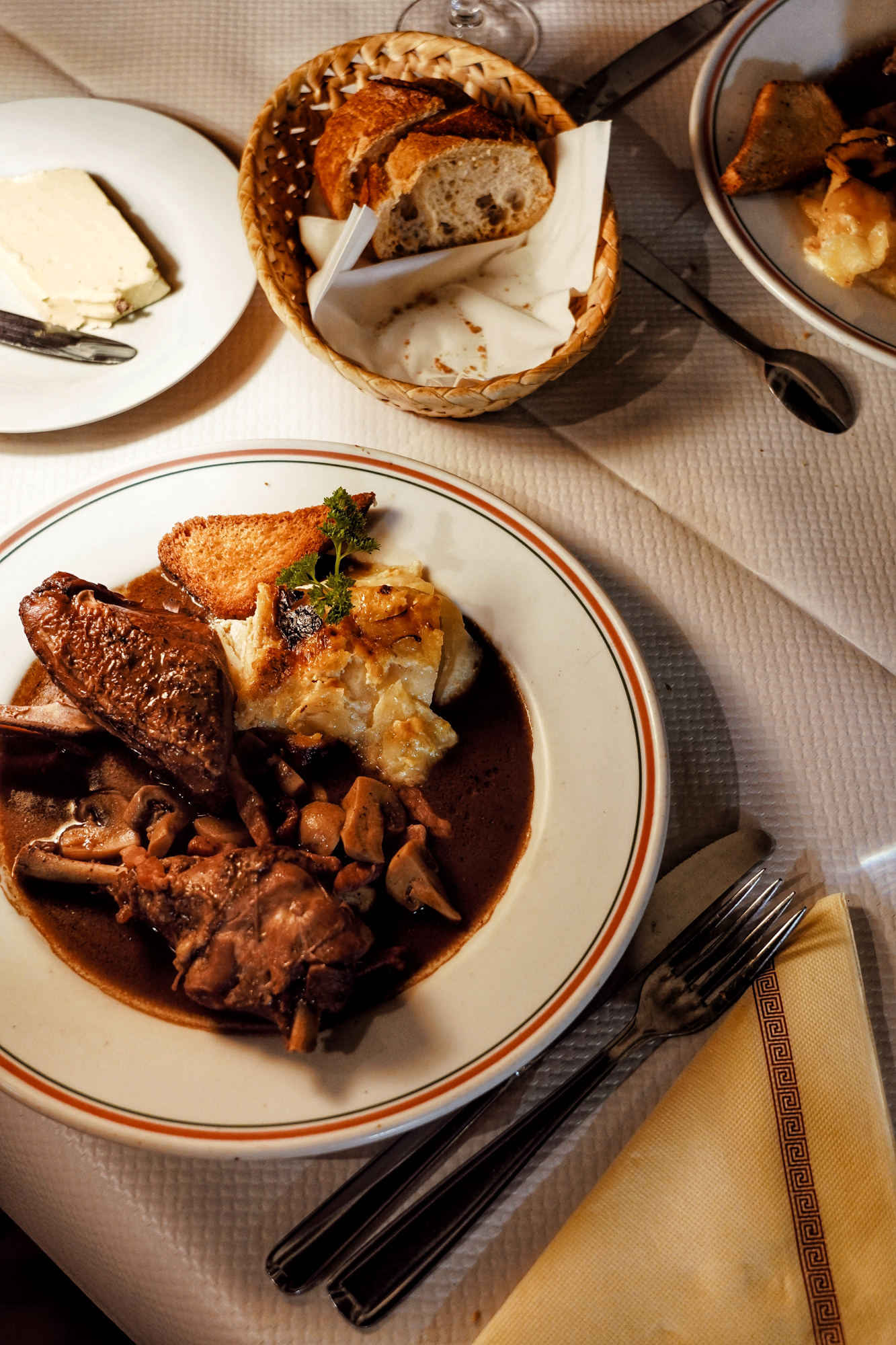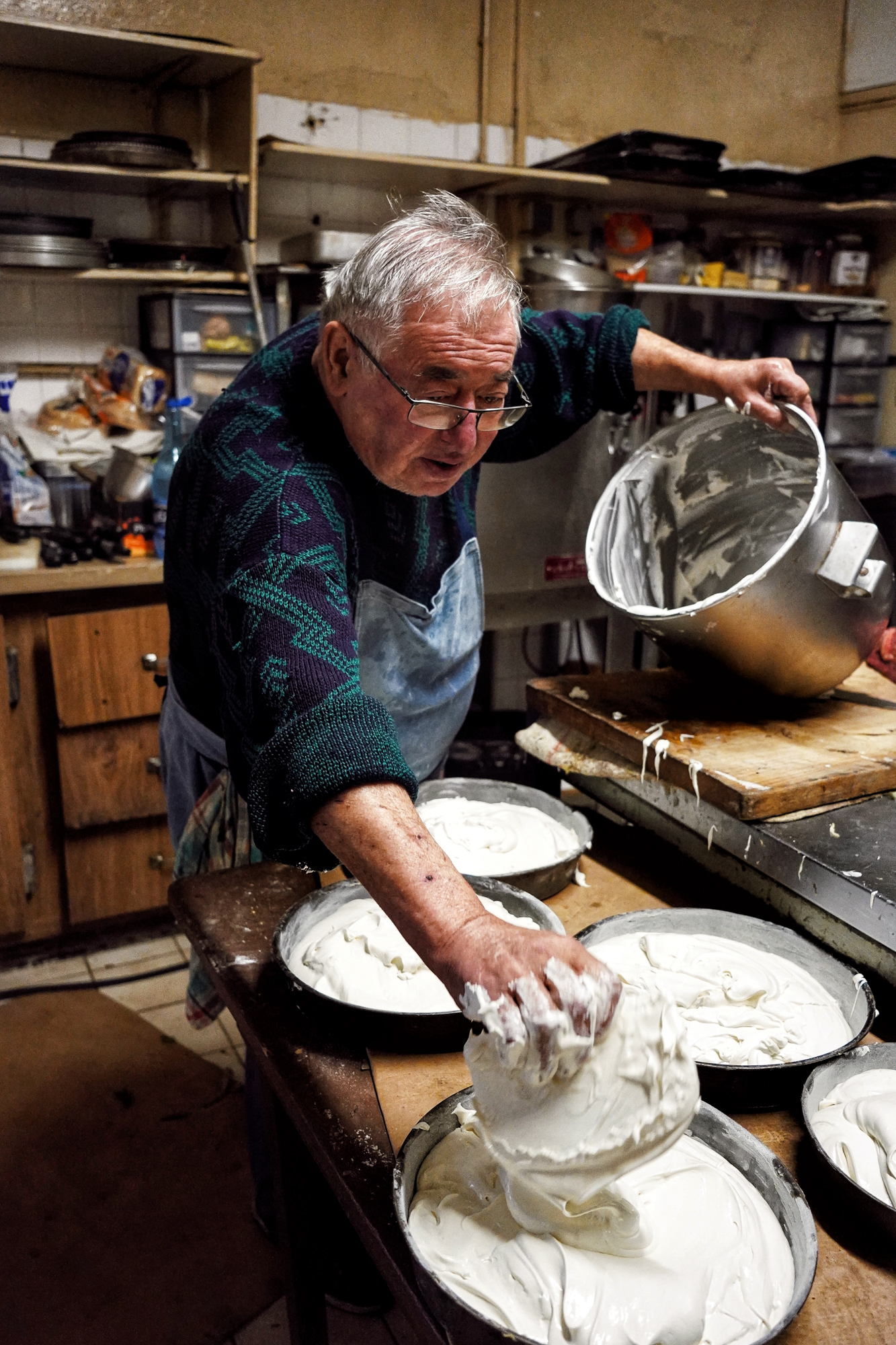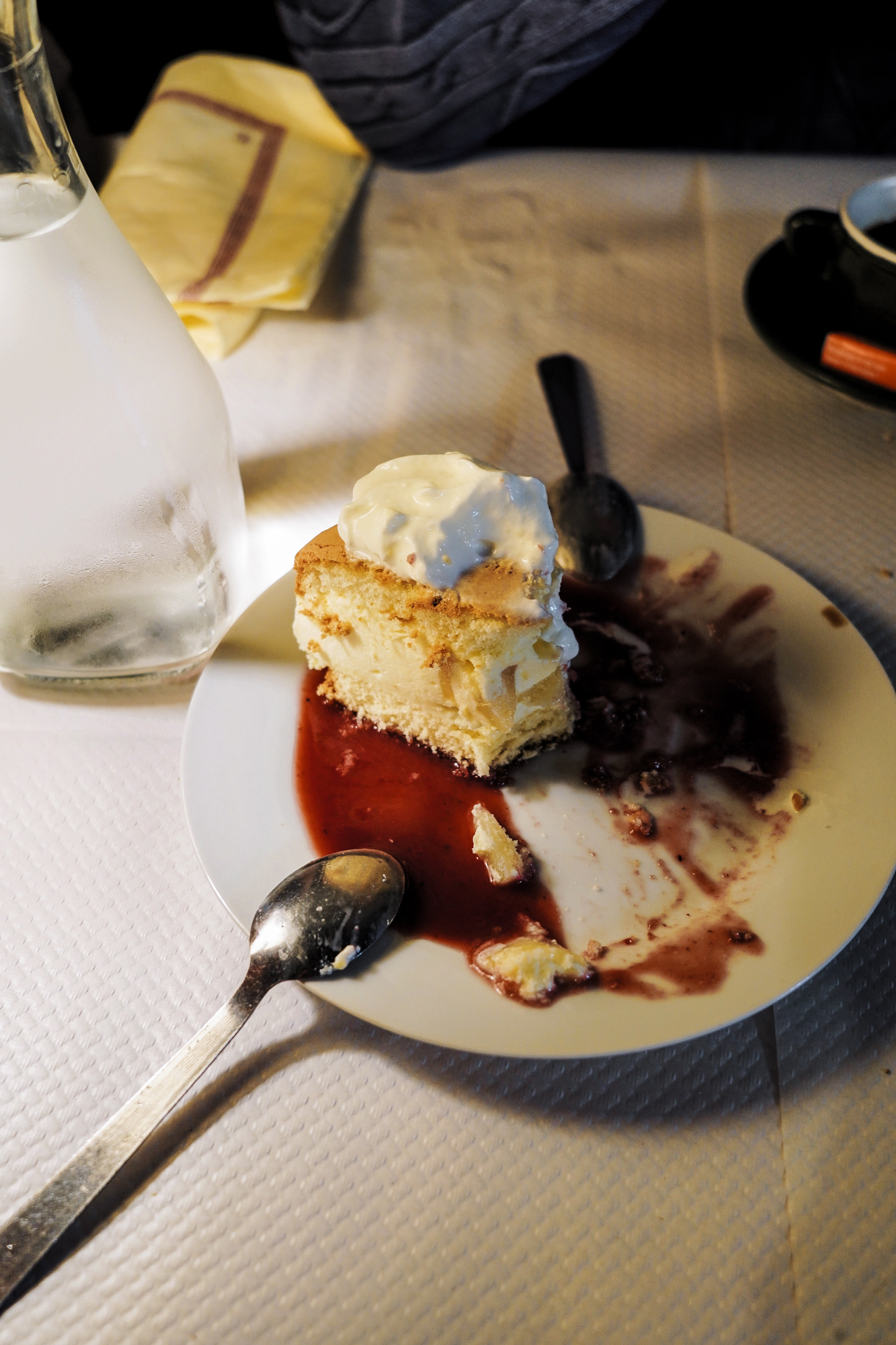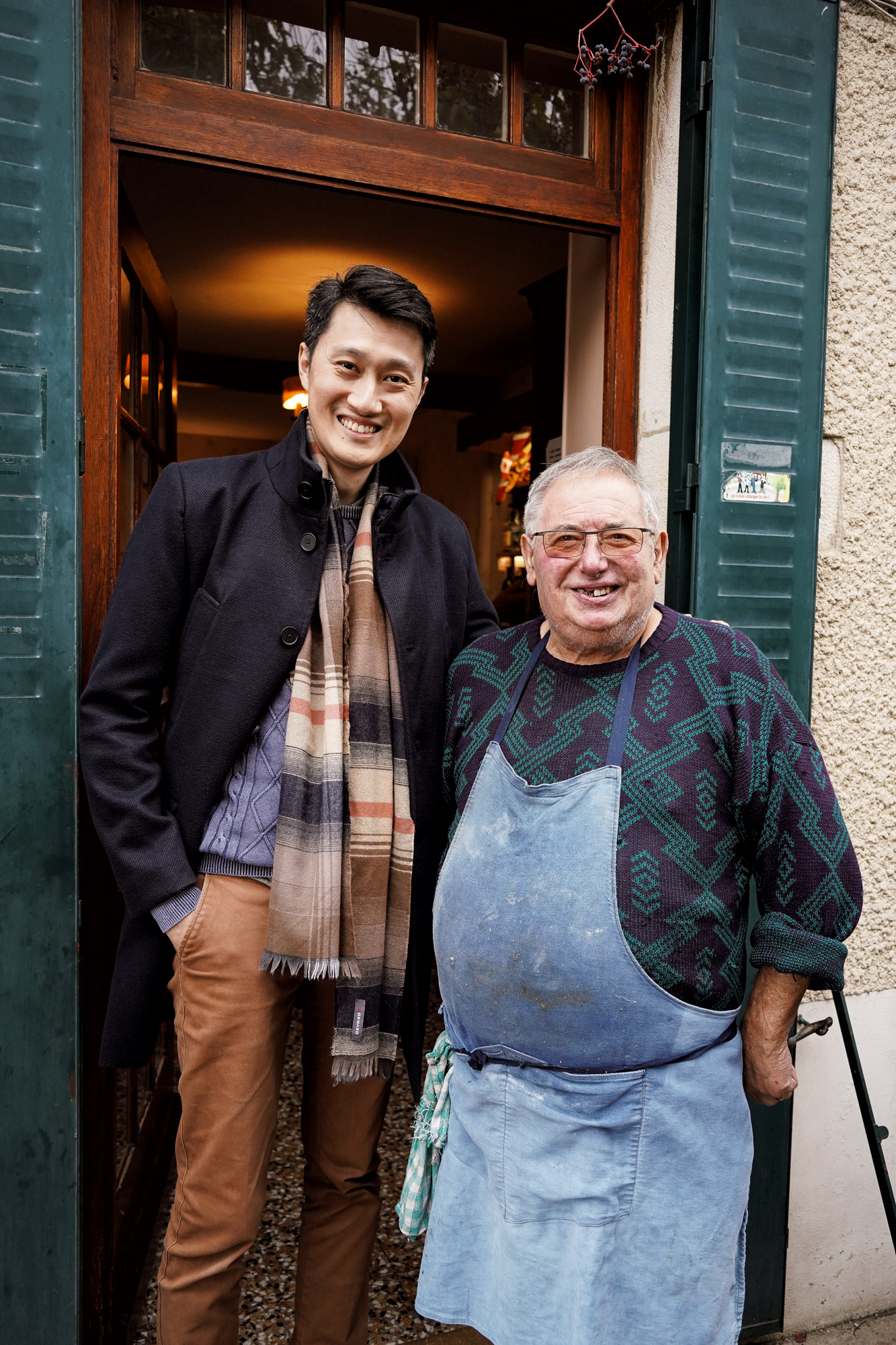The beauty of the French Riviera came to us at the end of a rain. We are eating in, a bowl of roast chicken in front of us, as the rain pours in curtains of greys and whites. Soon, the rain slows… then it stops. So we abandon our roast chicken and head out. As we drive out, the greys and whites melt into a bright blue. It’s all sunshine, miles and miles of it.

BEACHES
We are on the road to Saint-Jean-Cap-Ferrat when we stopped just before entering Villefranche-sur-Mer. Many have already stopped to gaze at the scene. This is how I’ve always imagined the French riviera: a Harley revs past peach-tinted houses that cascade across the sea. This day, the water is strikingly clear at Paloma Beach and Mala Beach. I can’t help but dip my toes in the cold, clear water. I remember thinking, “Something is different here, different from the Amalfi Coast.” In the Amalfi Coast, everything is vertical. Here, everything is flat, spread out across stretches of land. It’s less dramatic, but serene.

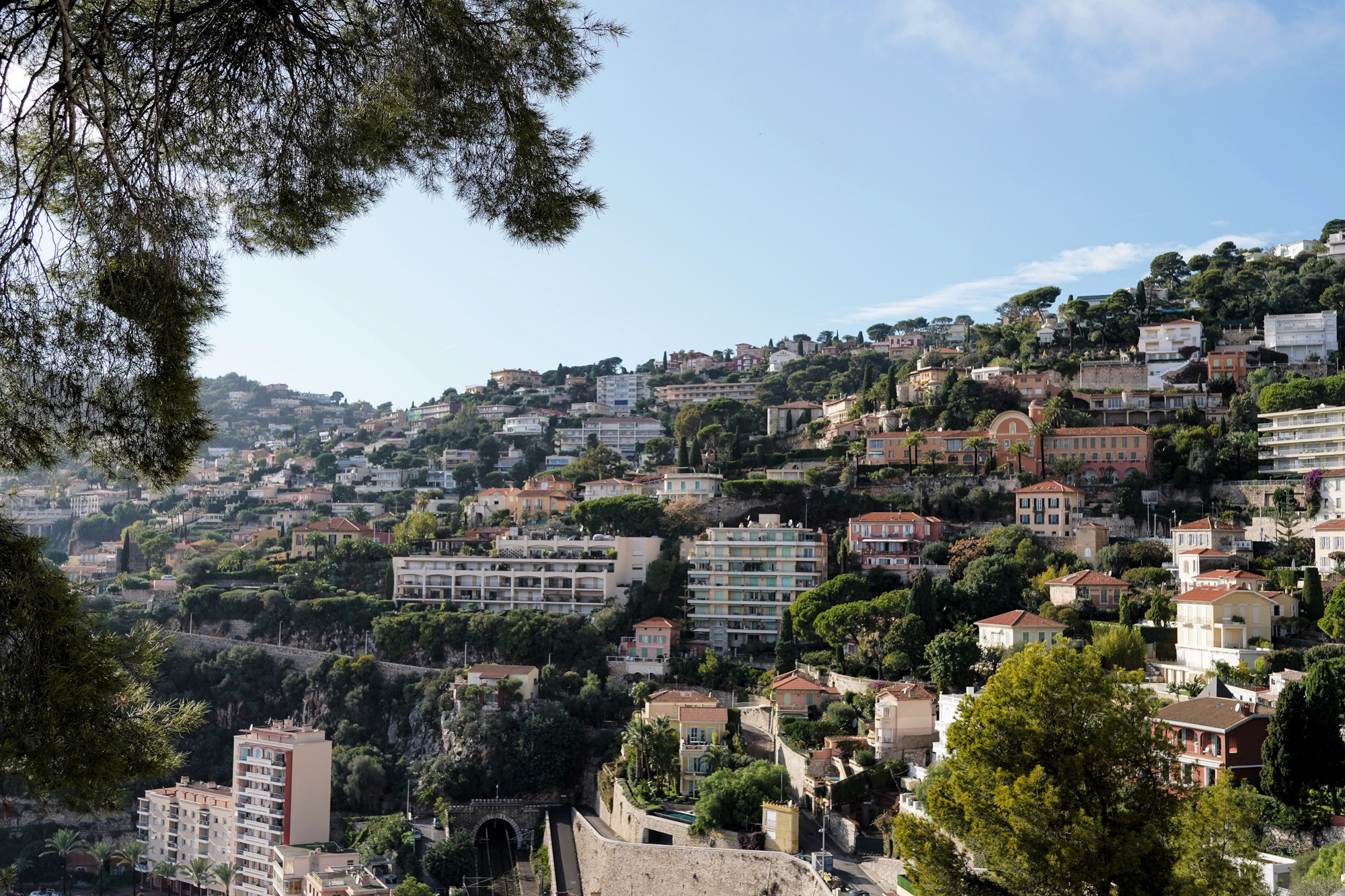
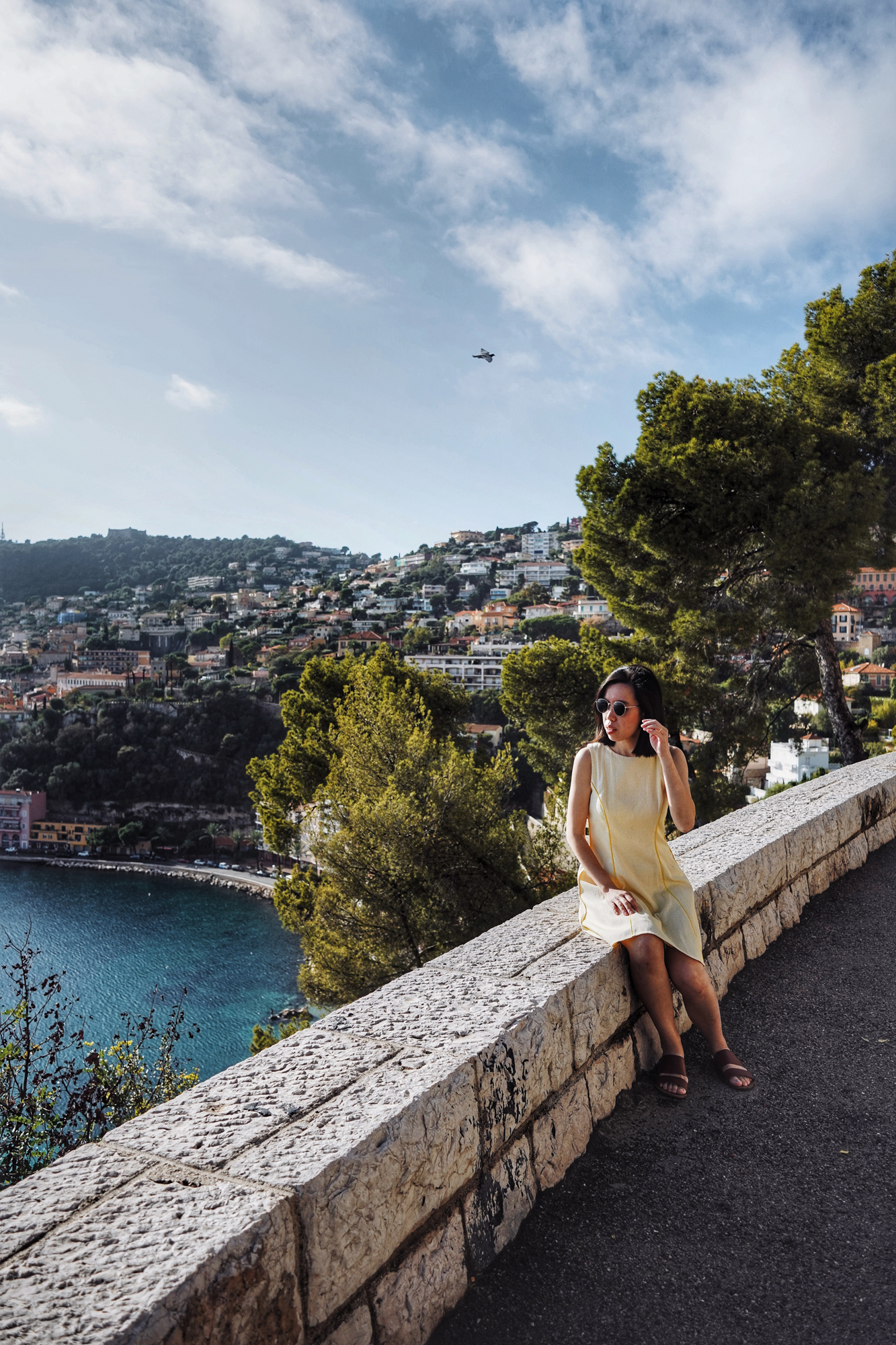
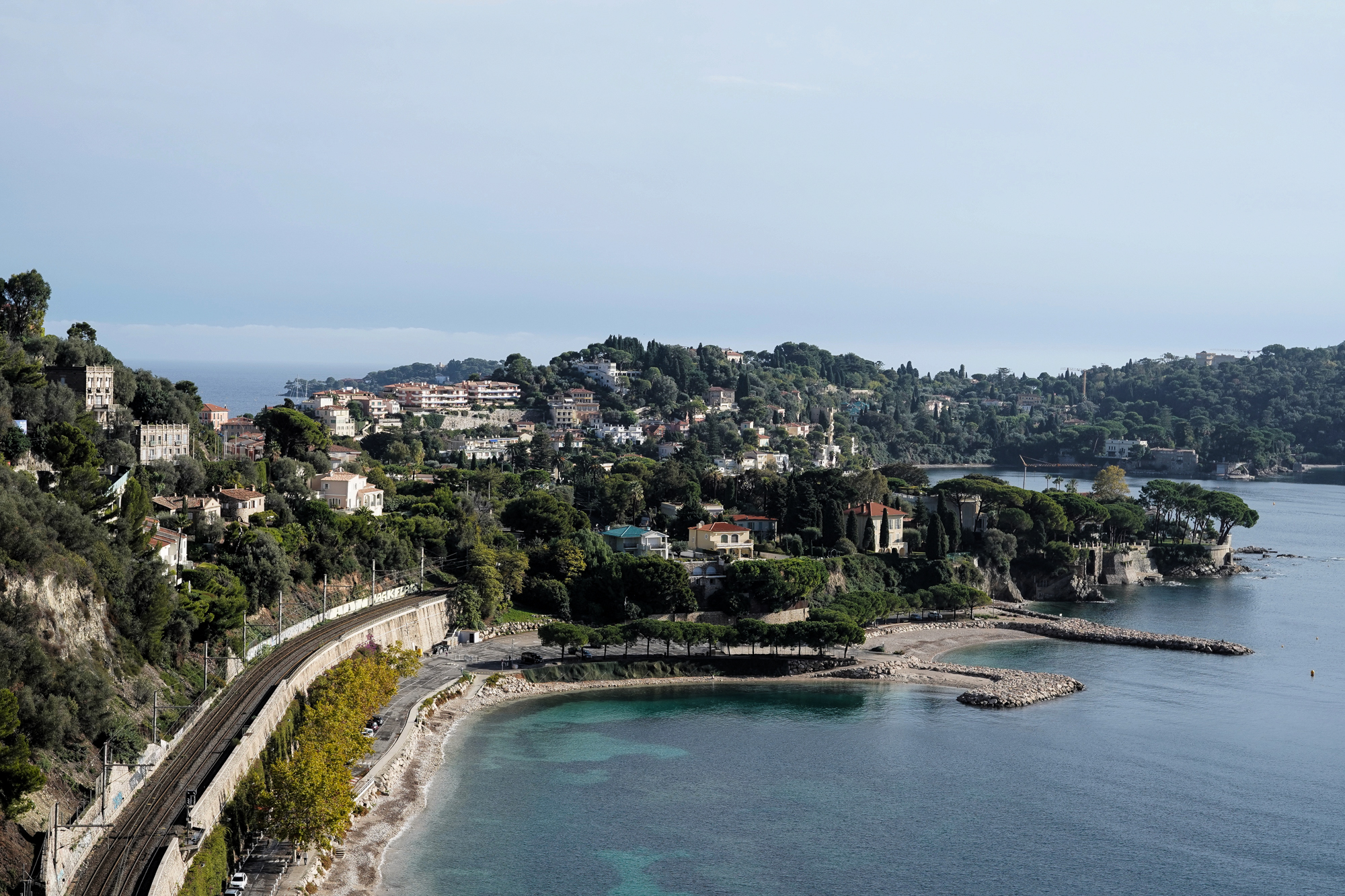
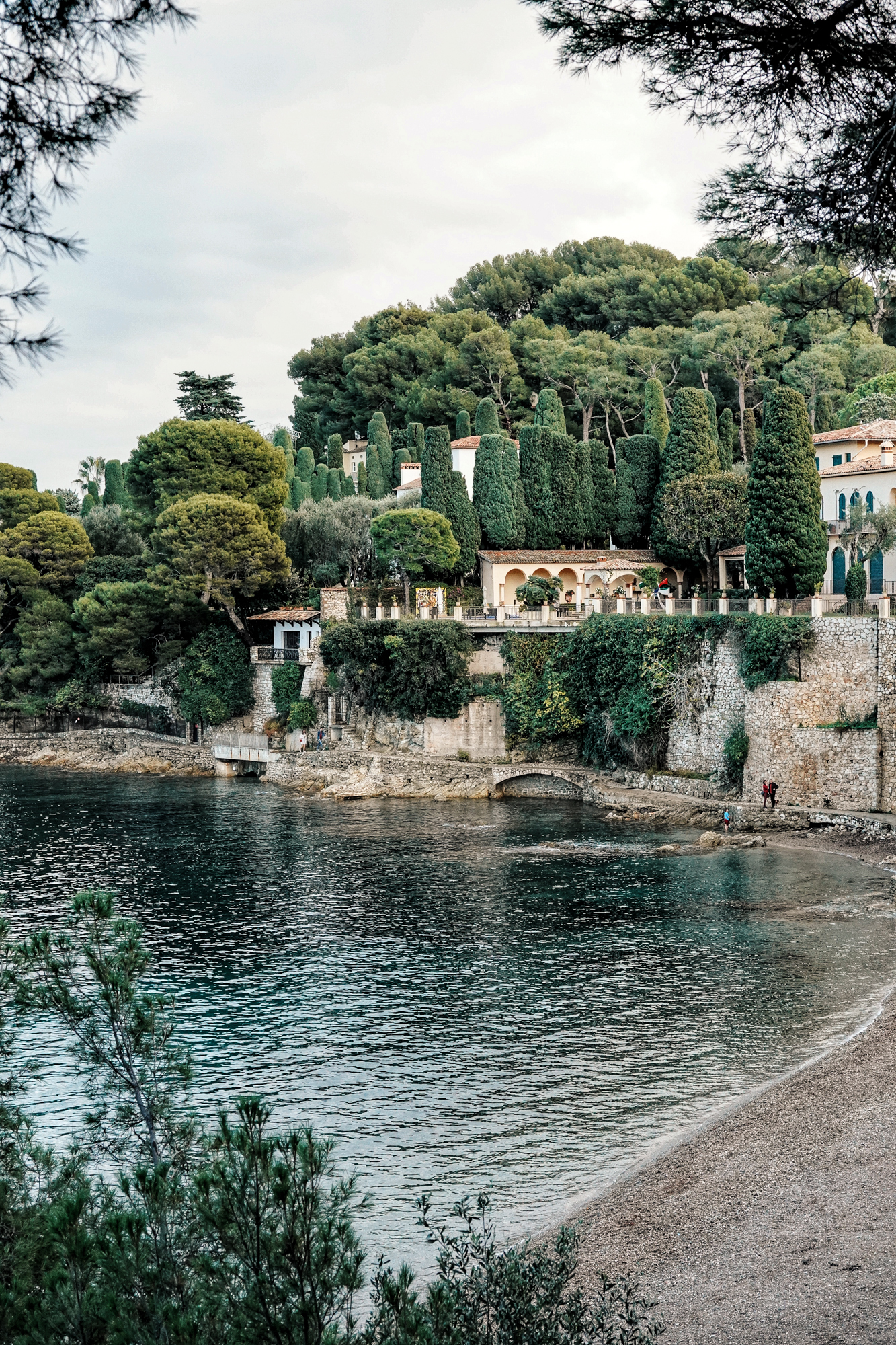

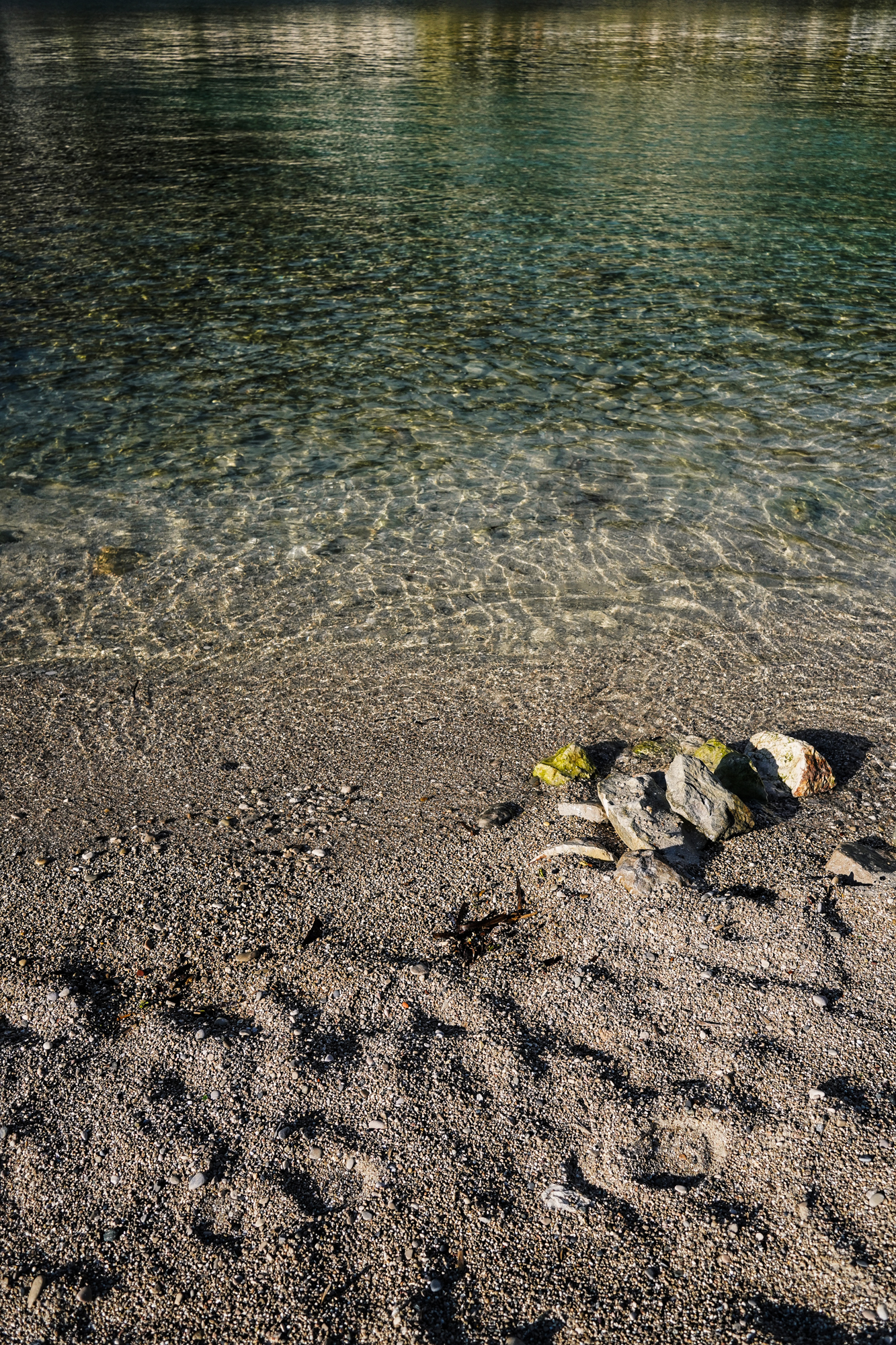

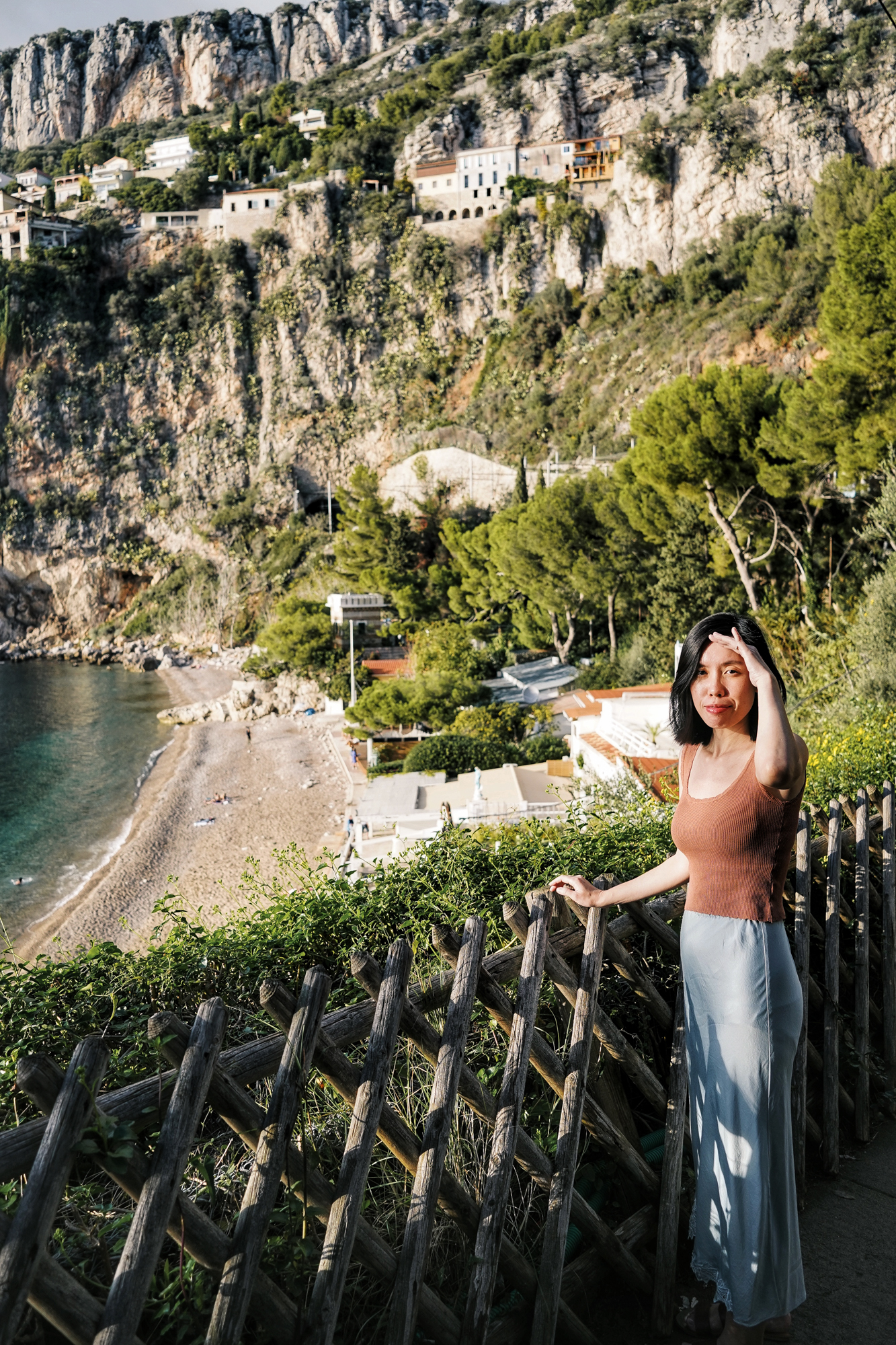
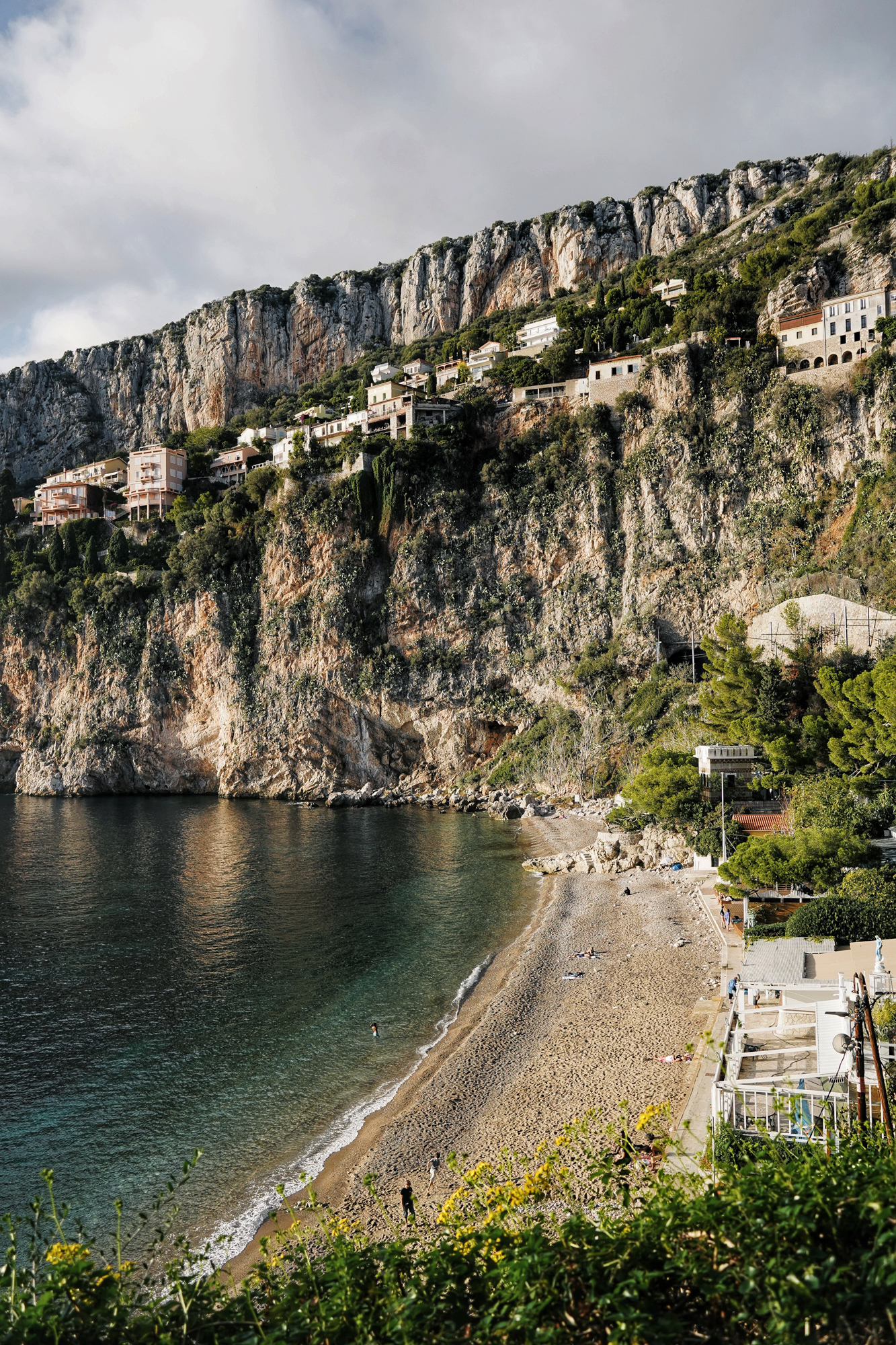


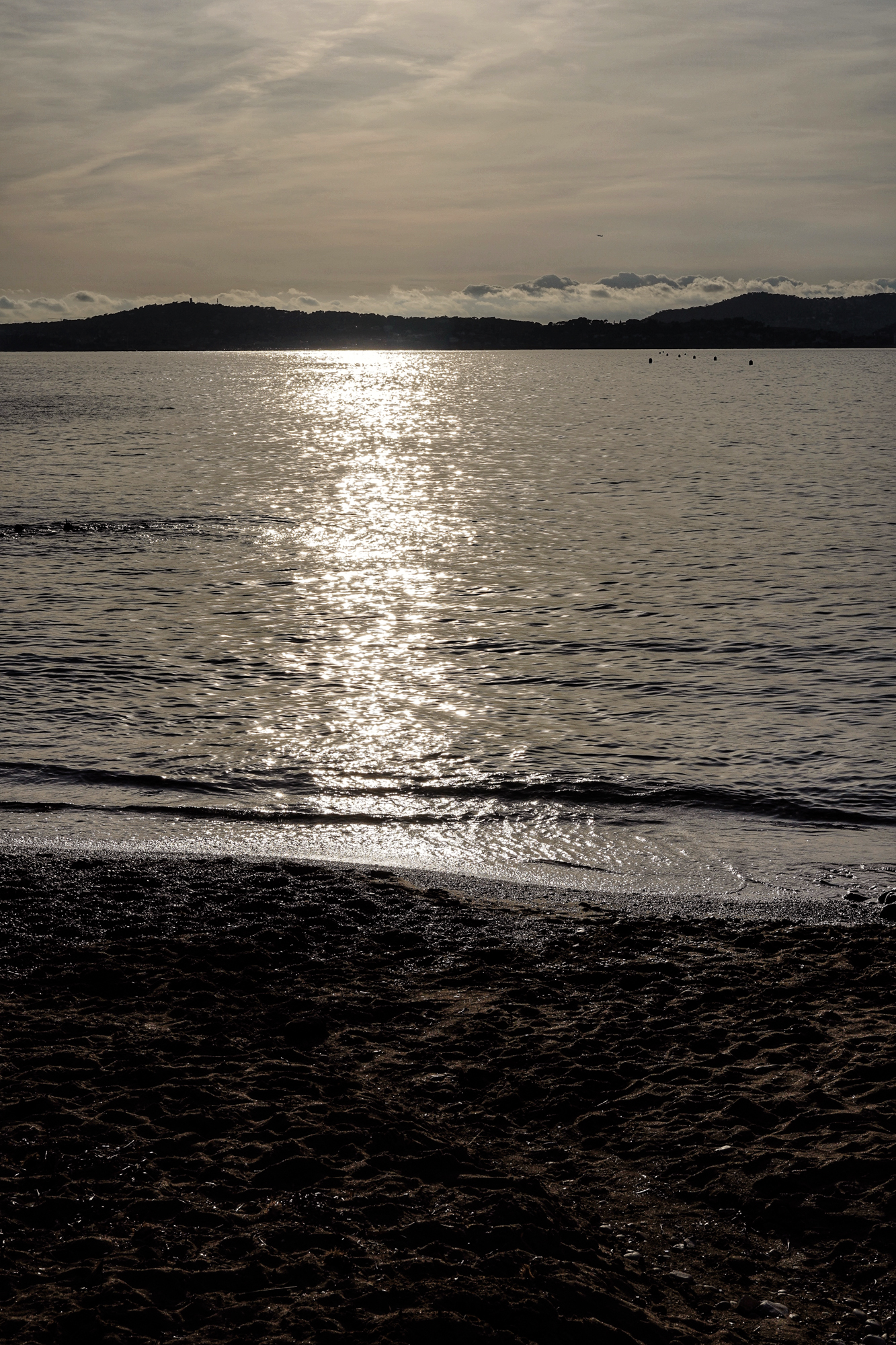
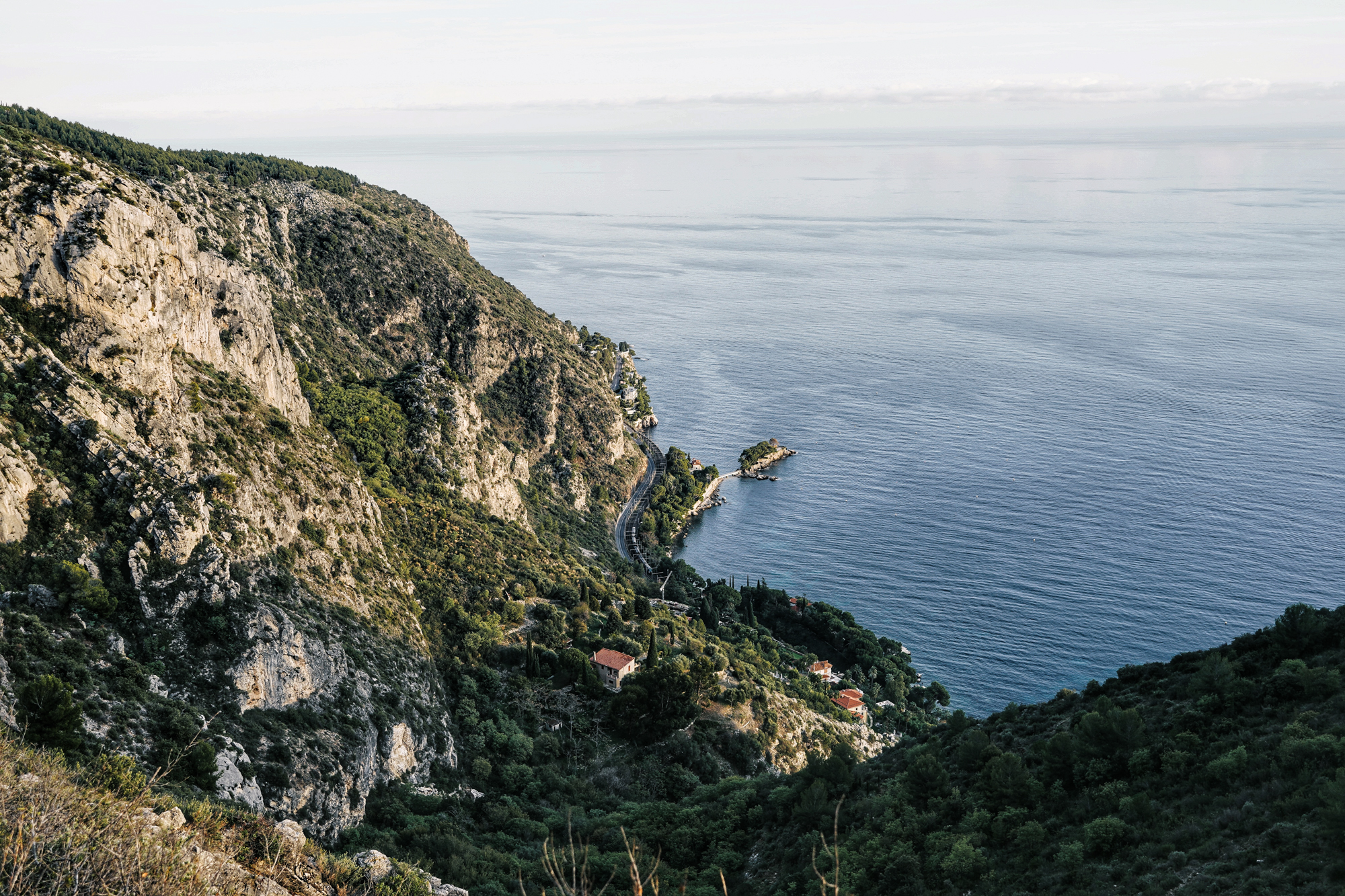
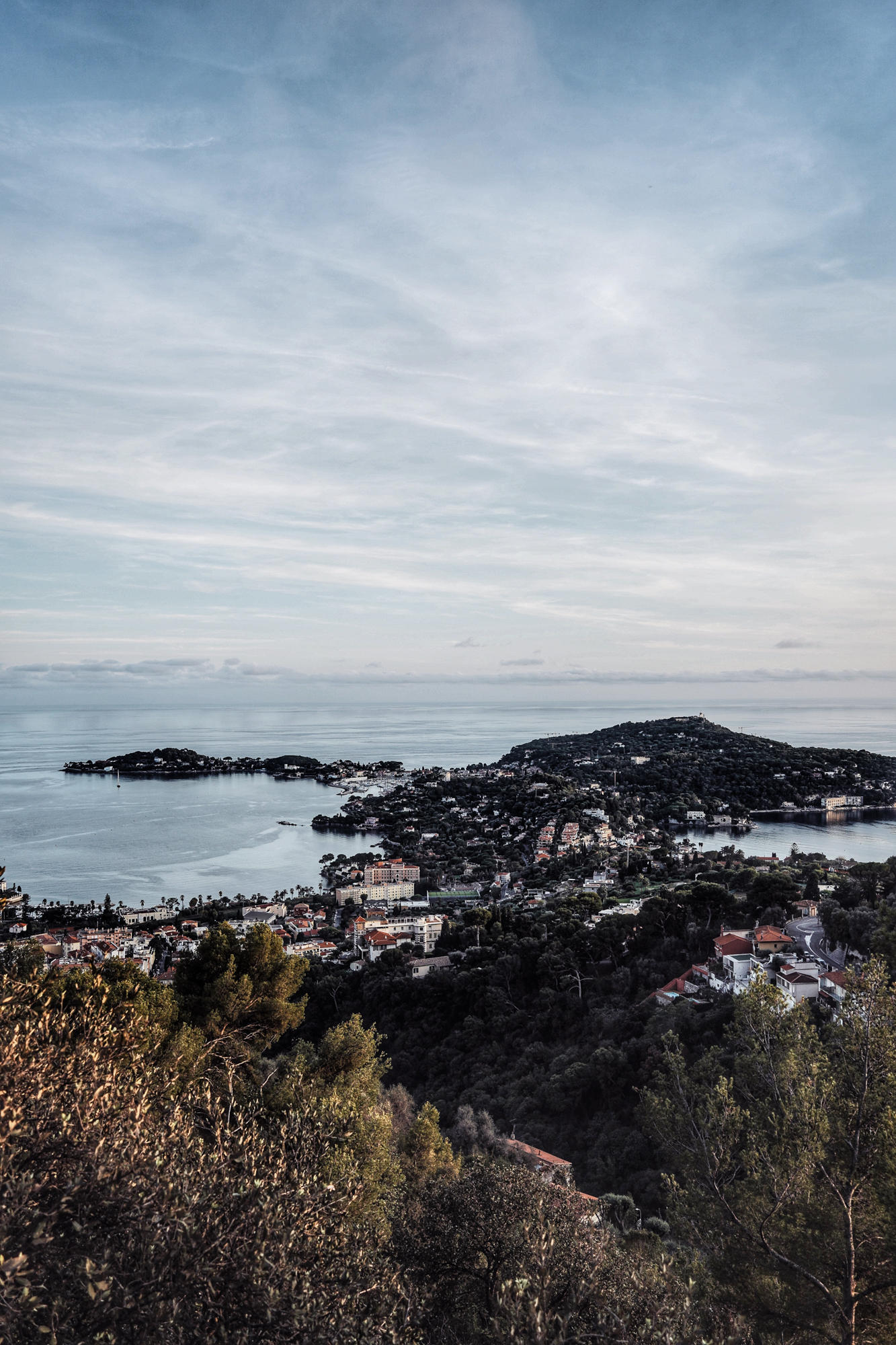
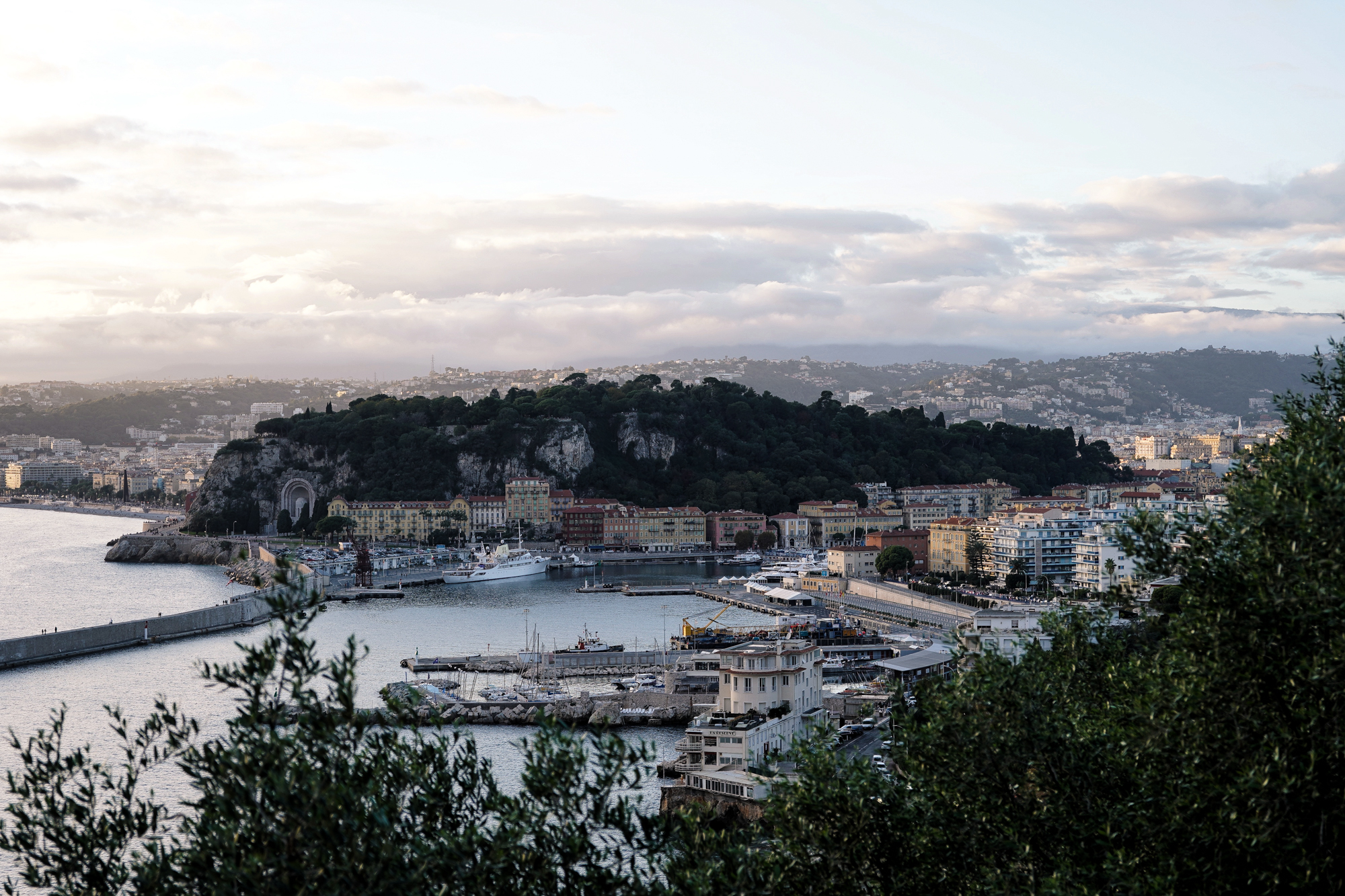
NICE
Walking in the Old Town of Nice after 6 pm is drifting through alleys of assorted aromas. Dried apples, pears and melons are arranged in metal containers next to jars of spices, flavoured salts and peppers. Socca is scraped from a large pan and placed on paper plates. Pissaladière is cut and wedged between square-cut napkins for casual takeaways. For us, dinner is escargots and daube at Marcel Bistro Chic. The Niçoise are proud of their daube, a beef stew with gnocchi. Like every French bistro, the dinner ends with something sweet – the profiteroles au chocolat. Something indulgent to finish an already indulgent meal. We are in France after all.
Nice in the morning gives off a different light. Palm trees line the promenade where people are sprawled under the sun. It’s mid-day when we reach Le Rocher. Some people are already having moules mariniere, a French dish that really came by way of Belgium. There is something therapeutic about a slow lunch of deshelling mussels to get a morsel and dipping the fries in their juices seasoned with white wine and parsley. The best French summer food at any time of the year.
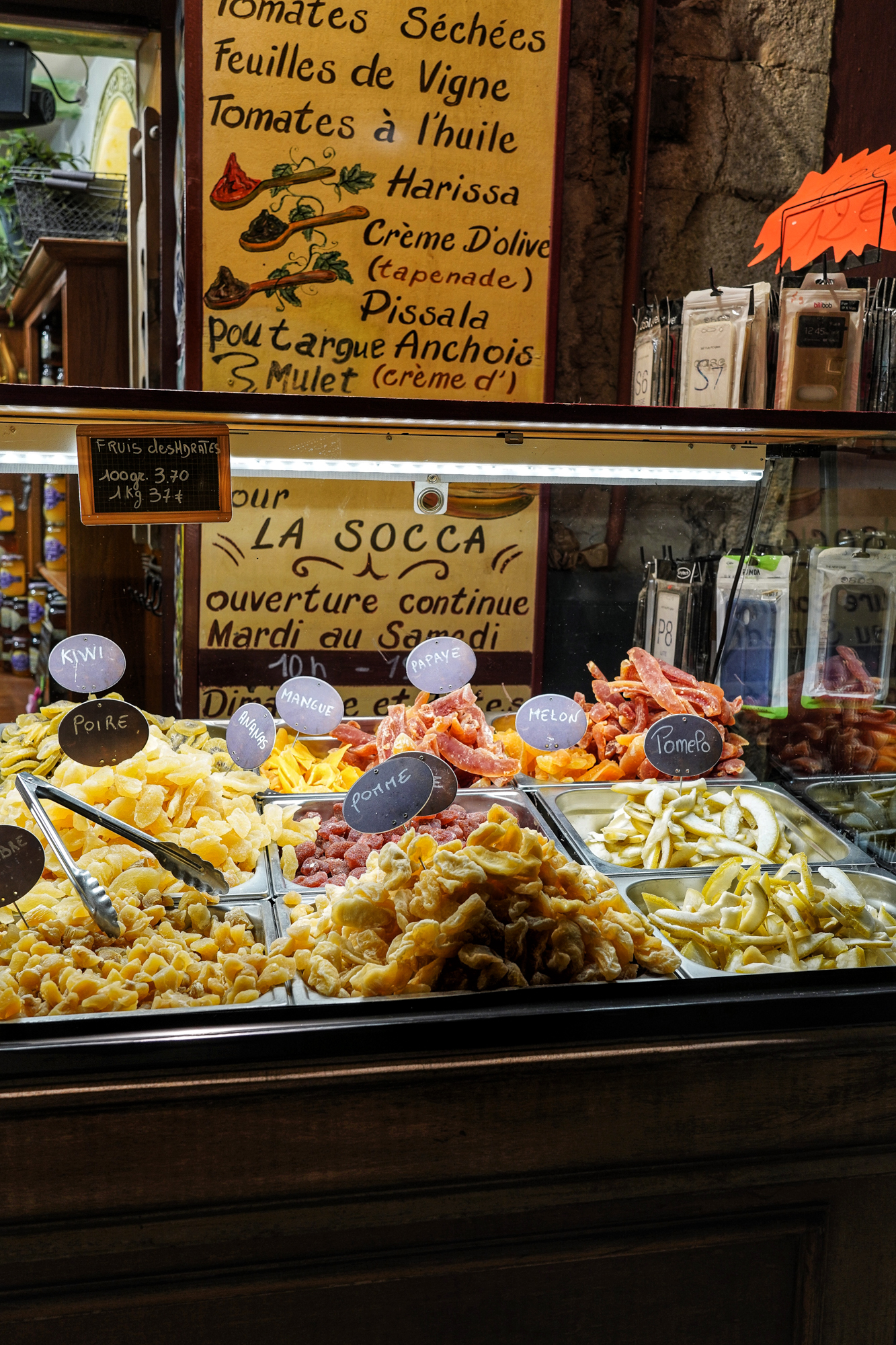
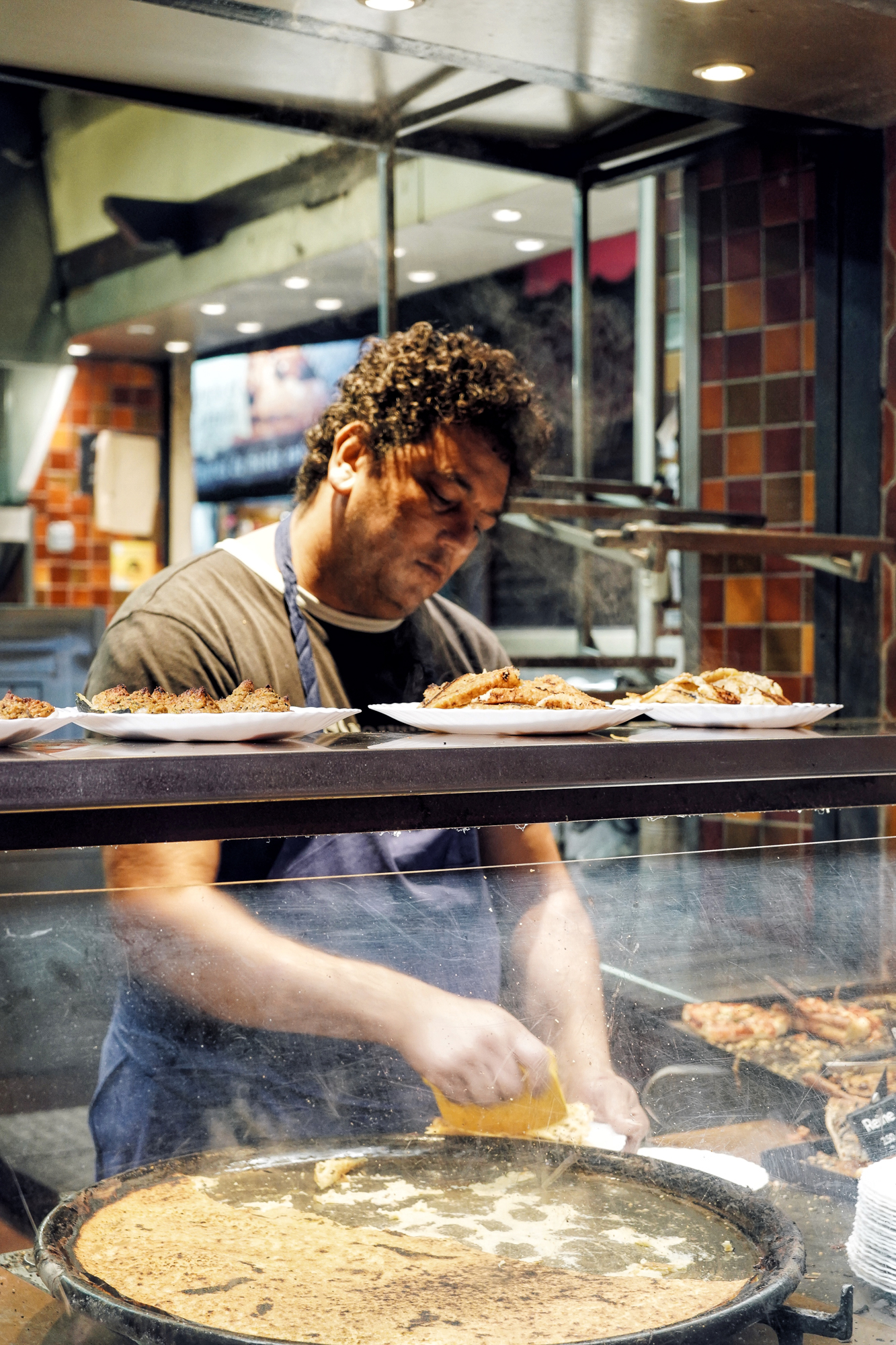
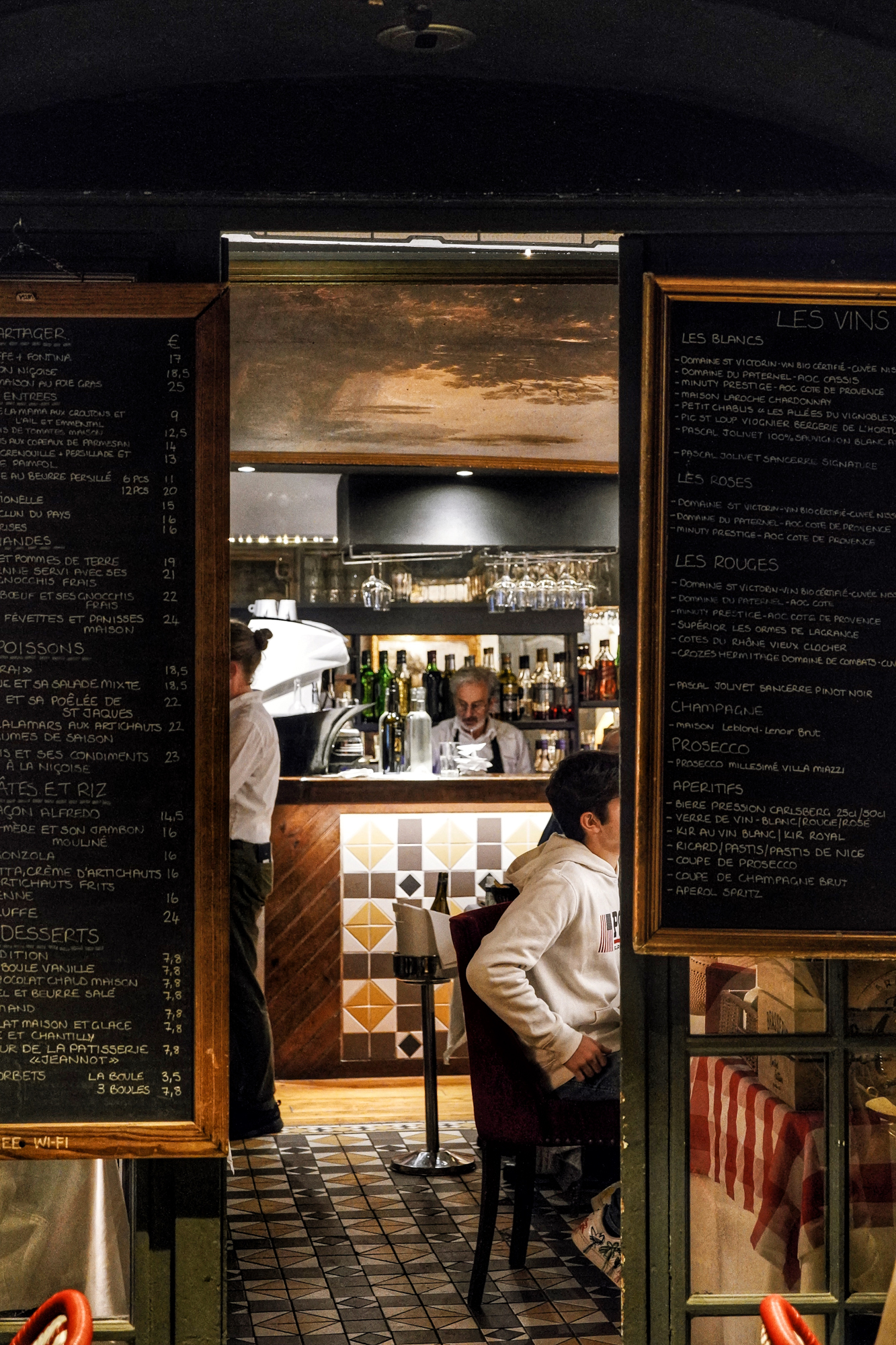
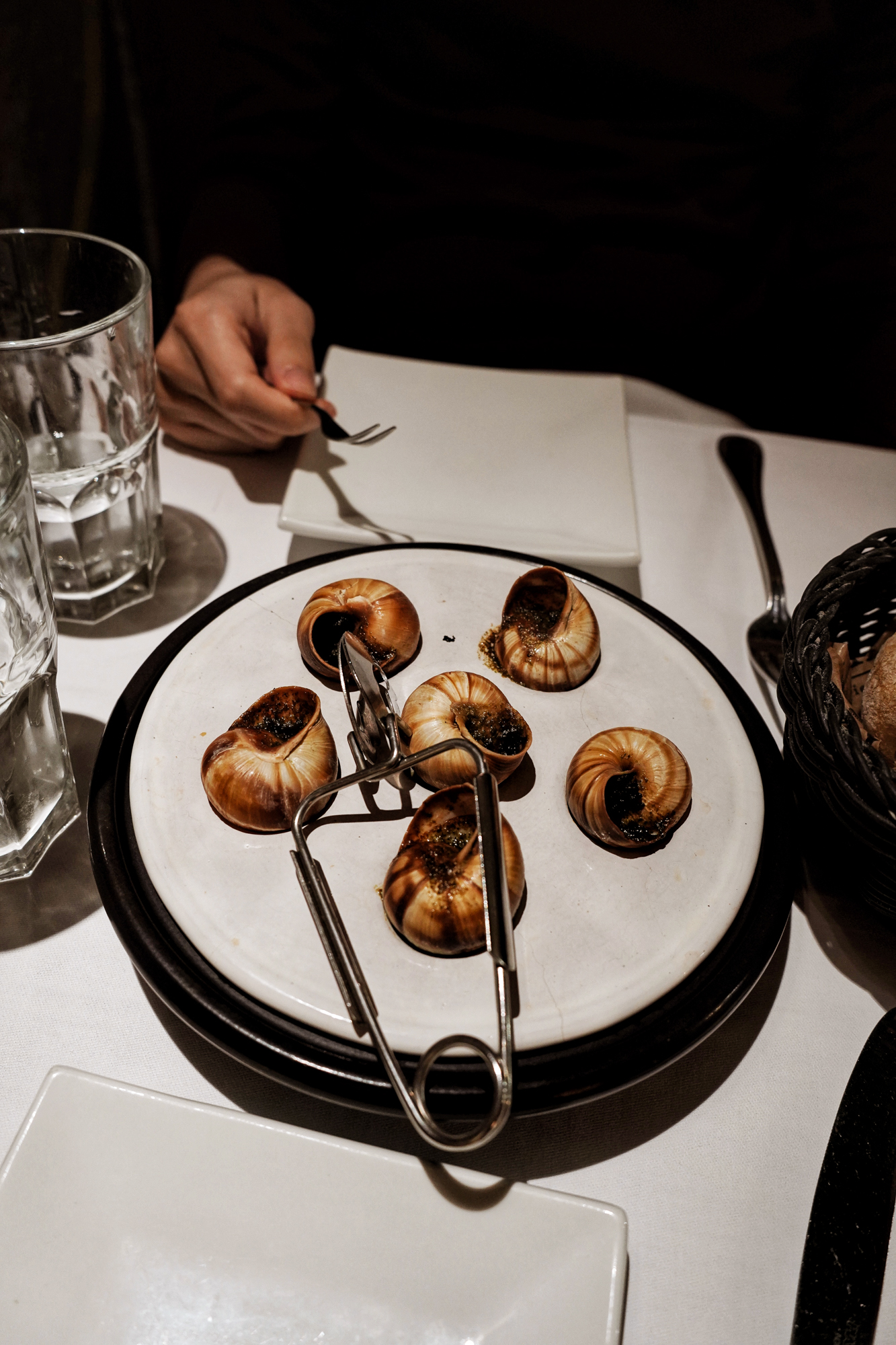
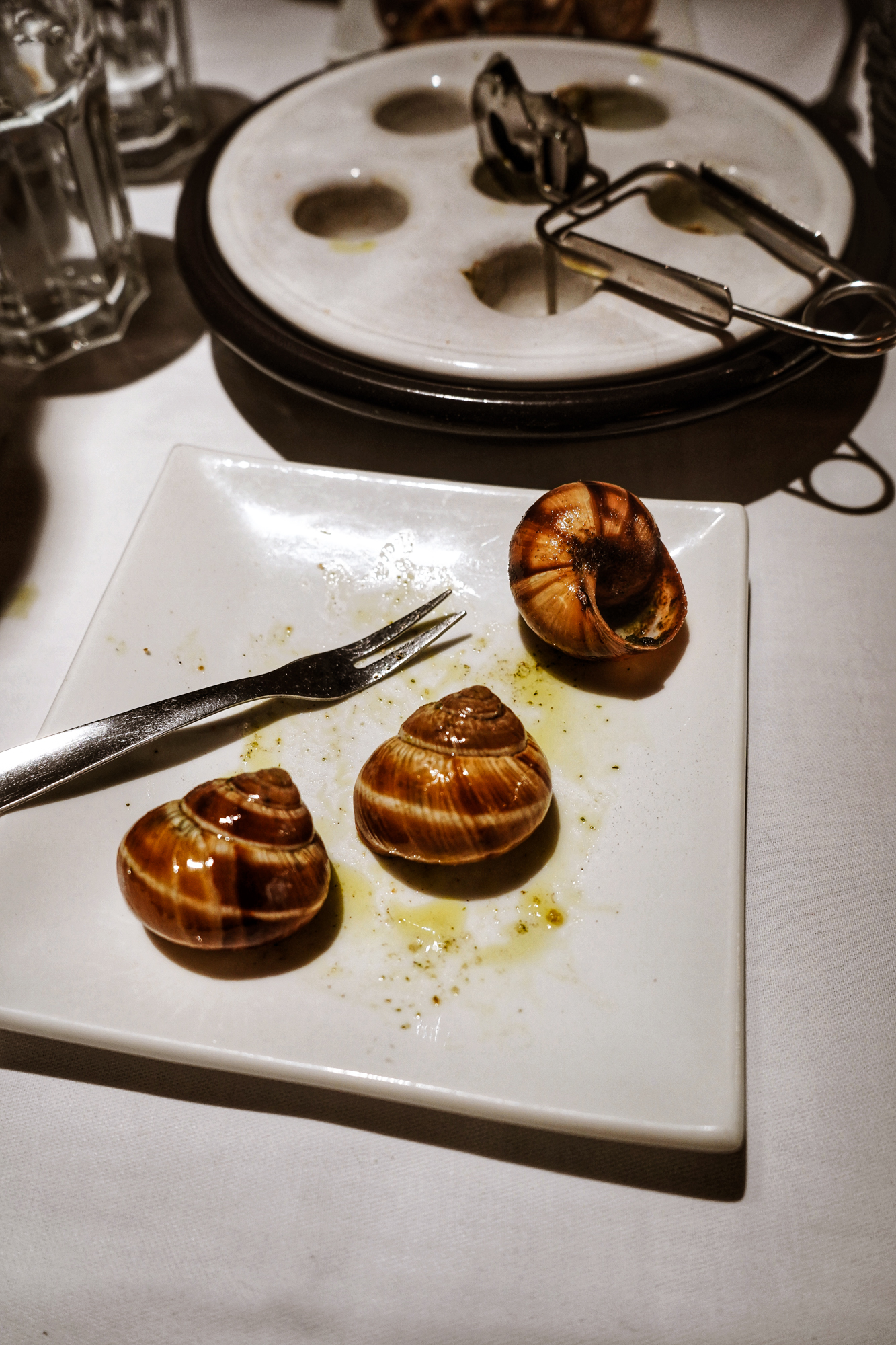
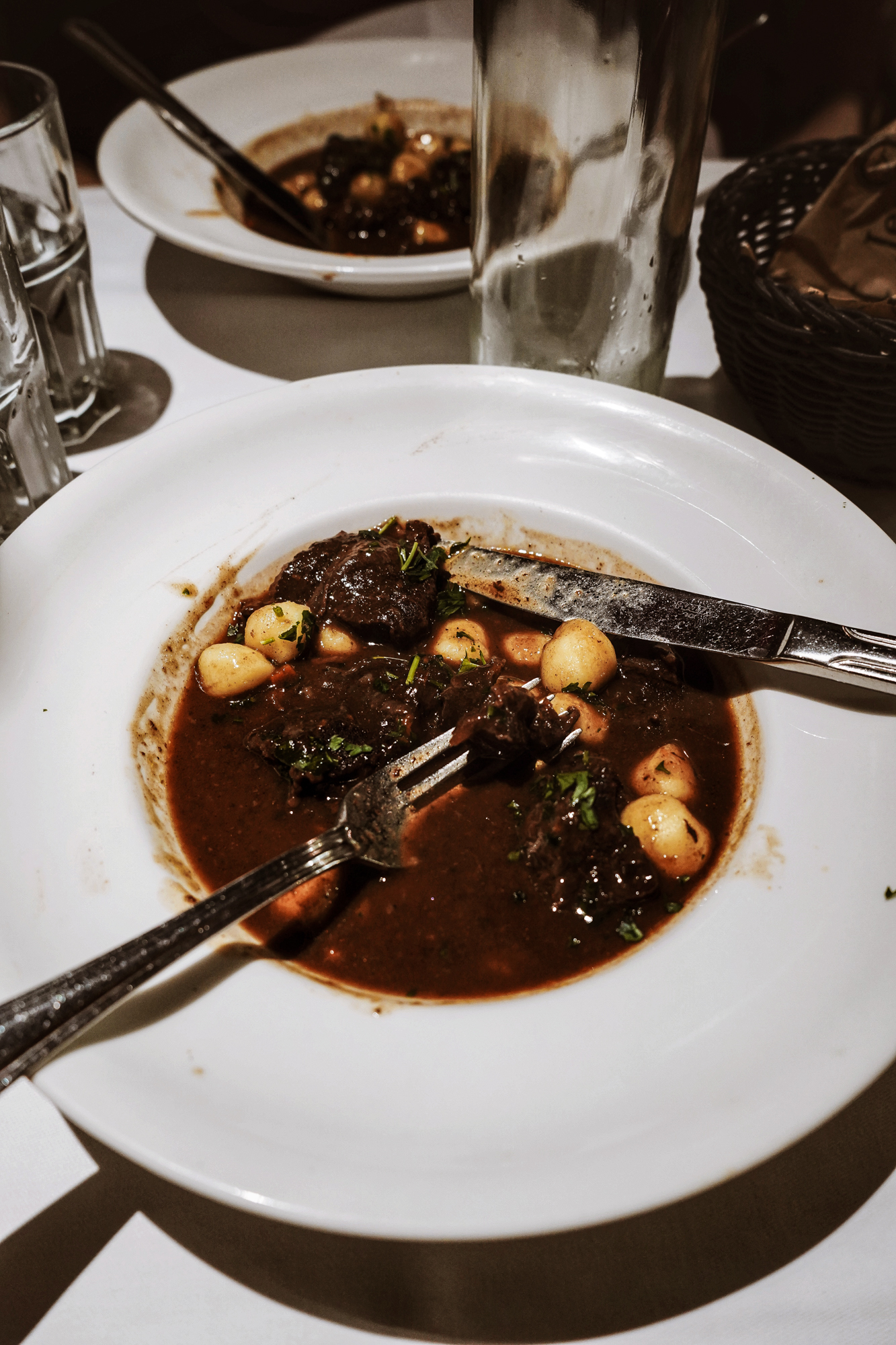
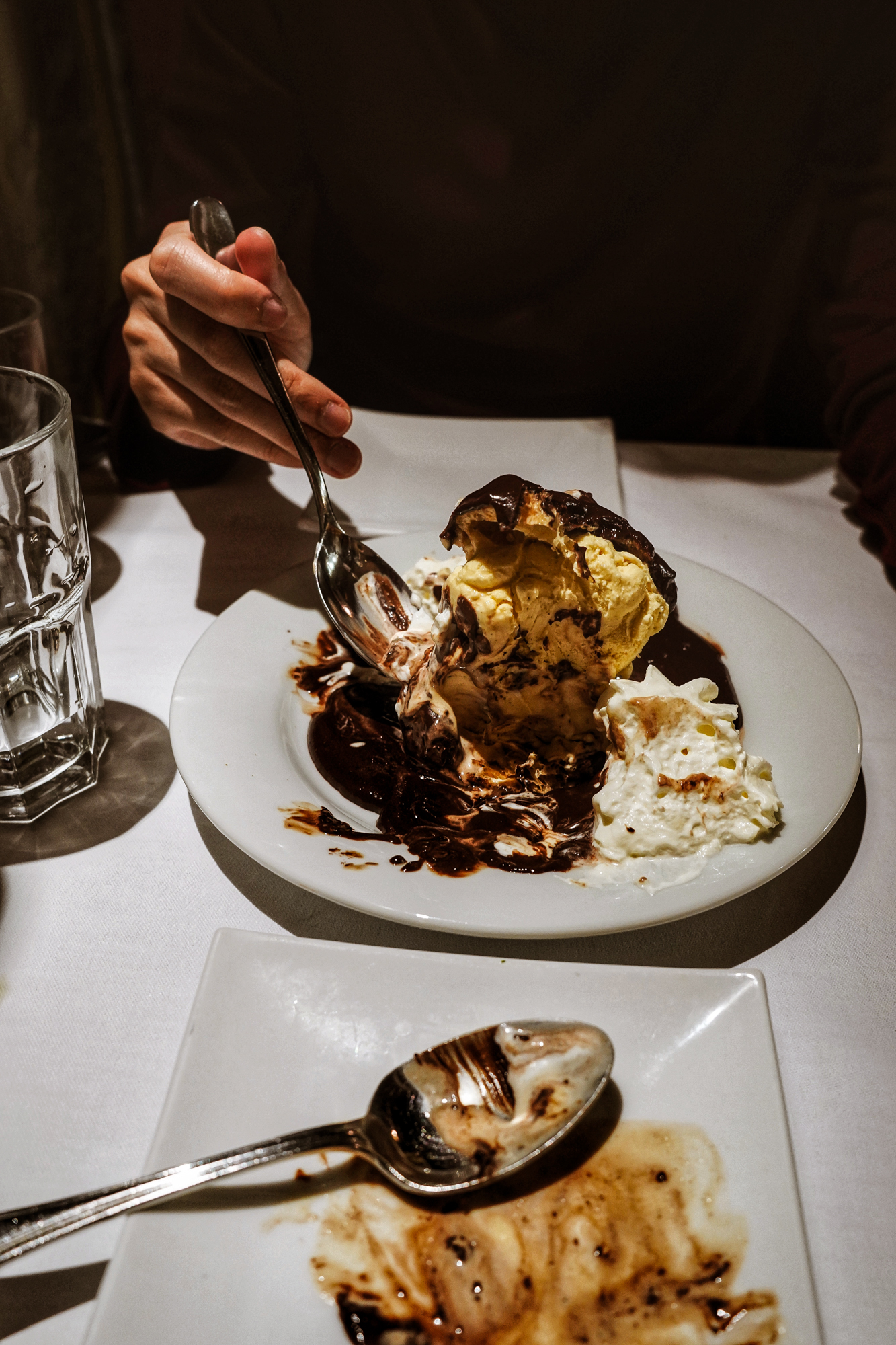

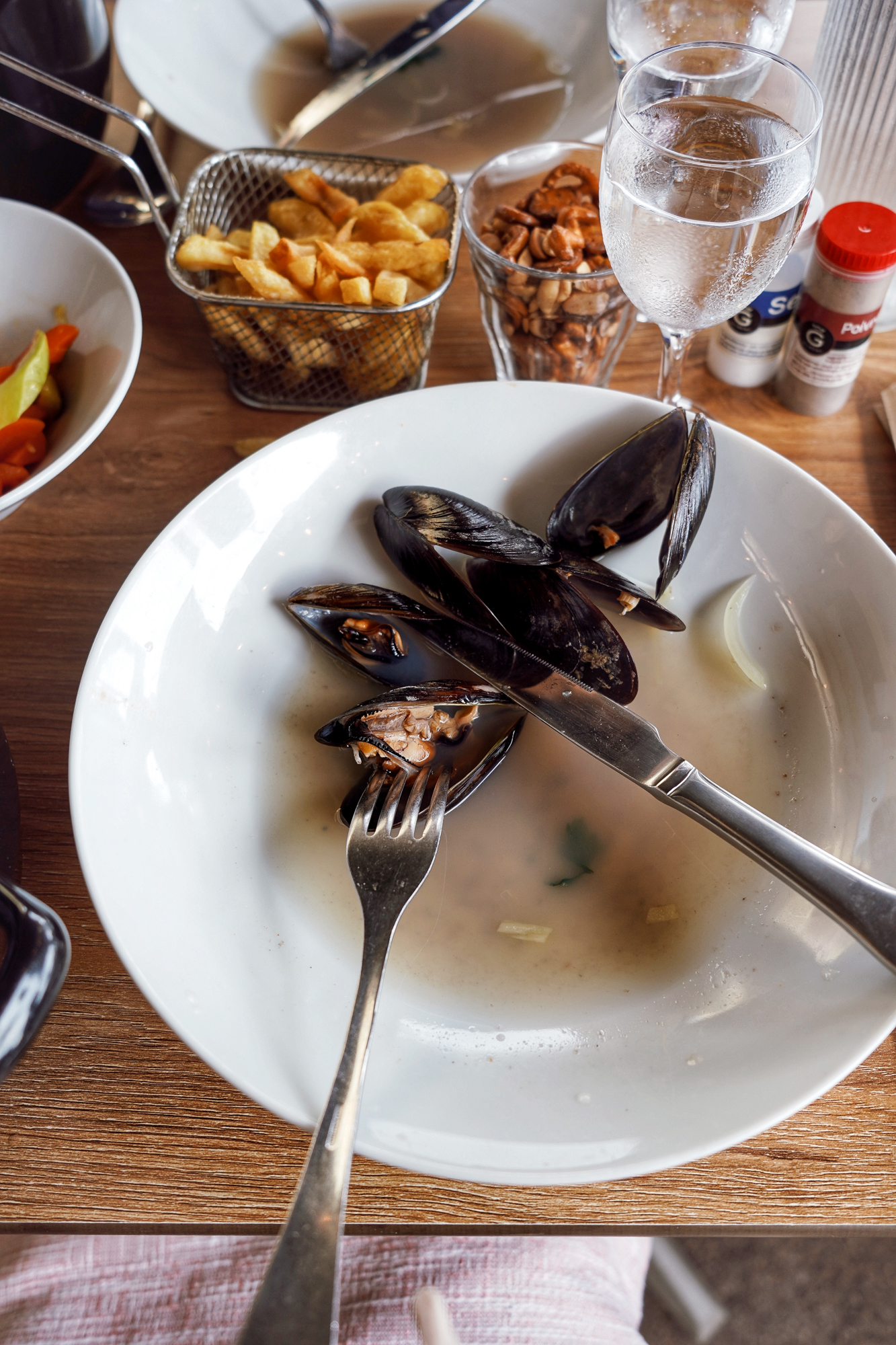
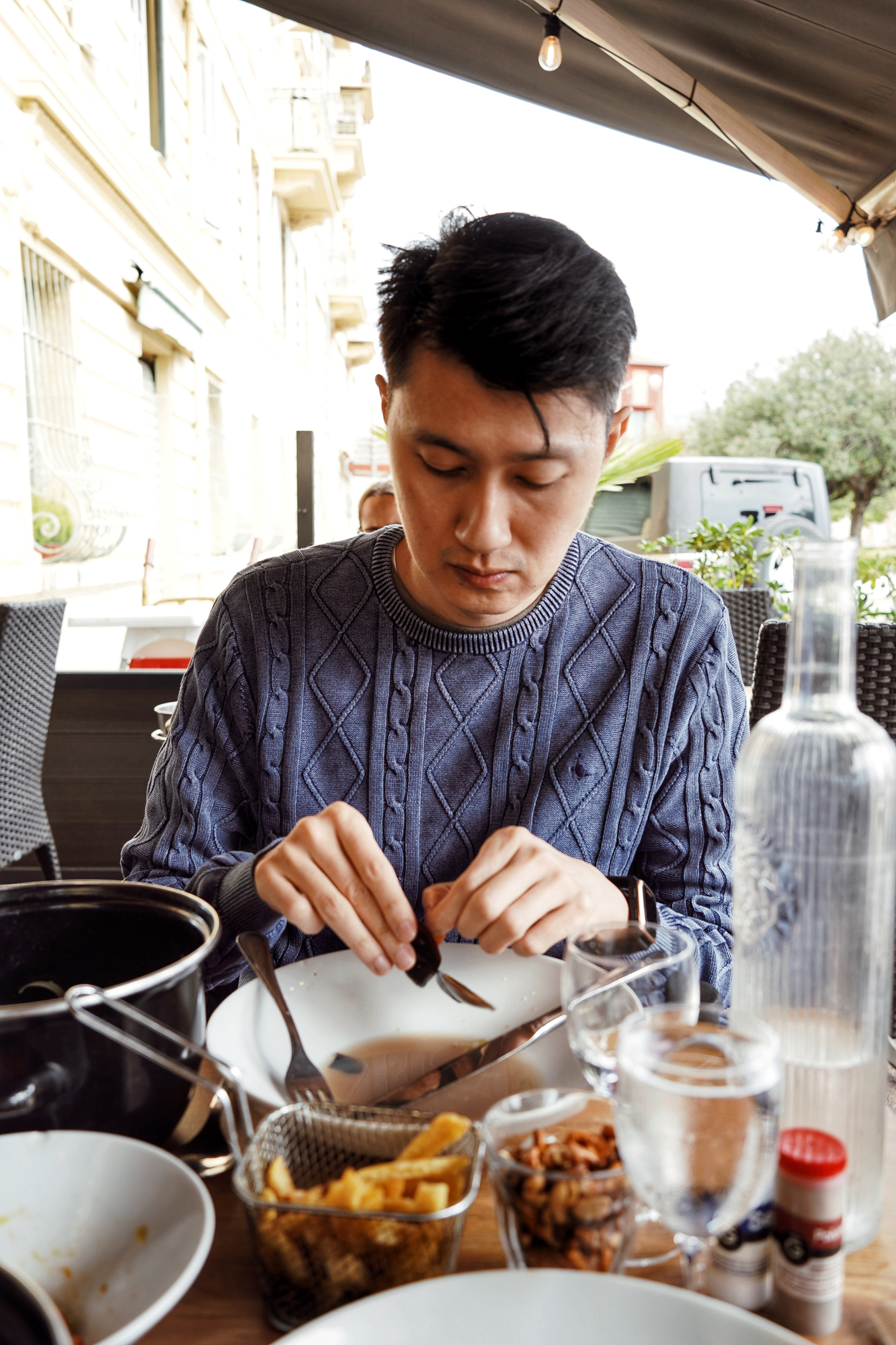
ANTIBES
I love markets, only to see the colours of the land’s produce, or sea since we are at the riviera. The market at Antibes is brimming with carts of oysters, mussels, savoy cabbage, chanterelle mushrooms and grapes. “Look at that, and that, and that,” is all I ever hear at a market stroll with Roy next to my ear. The cafes at this stretch are open for breakfast or brunch. The jambon-beurre at Aux Amoureux Des Pains is always sold out by 9 am. There is Le Pescheria, everything is freshly sliced or shucked by the poissonnier. As we sit there with small plates of sea bream carpaccio, ayaba prawns and urchin tartinables, older French women are smoking a cigarette while sipping champagne in front of a plate of a dozen oysters. An aperitif, but French. After our light seafood brunch, we are off to Èze for Le Jardin Exotique where the view from the tip of a hill is just mesmerising.
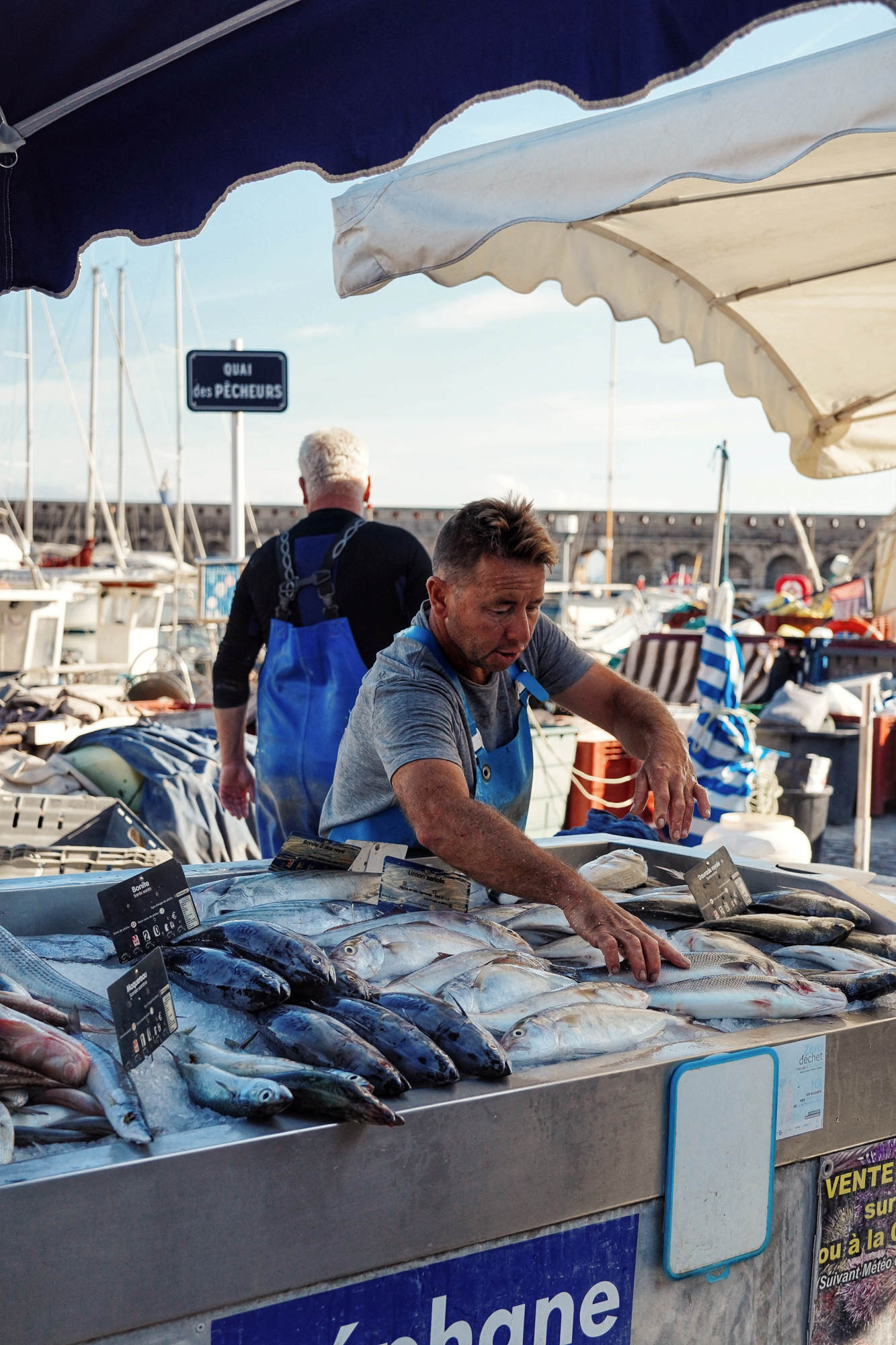


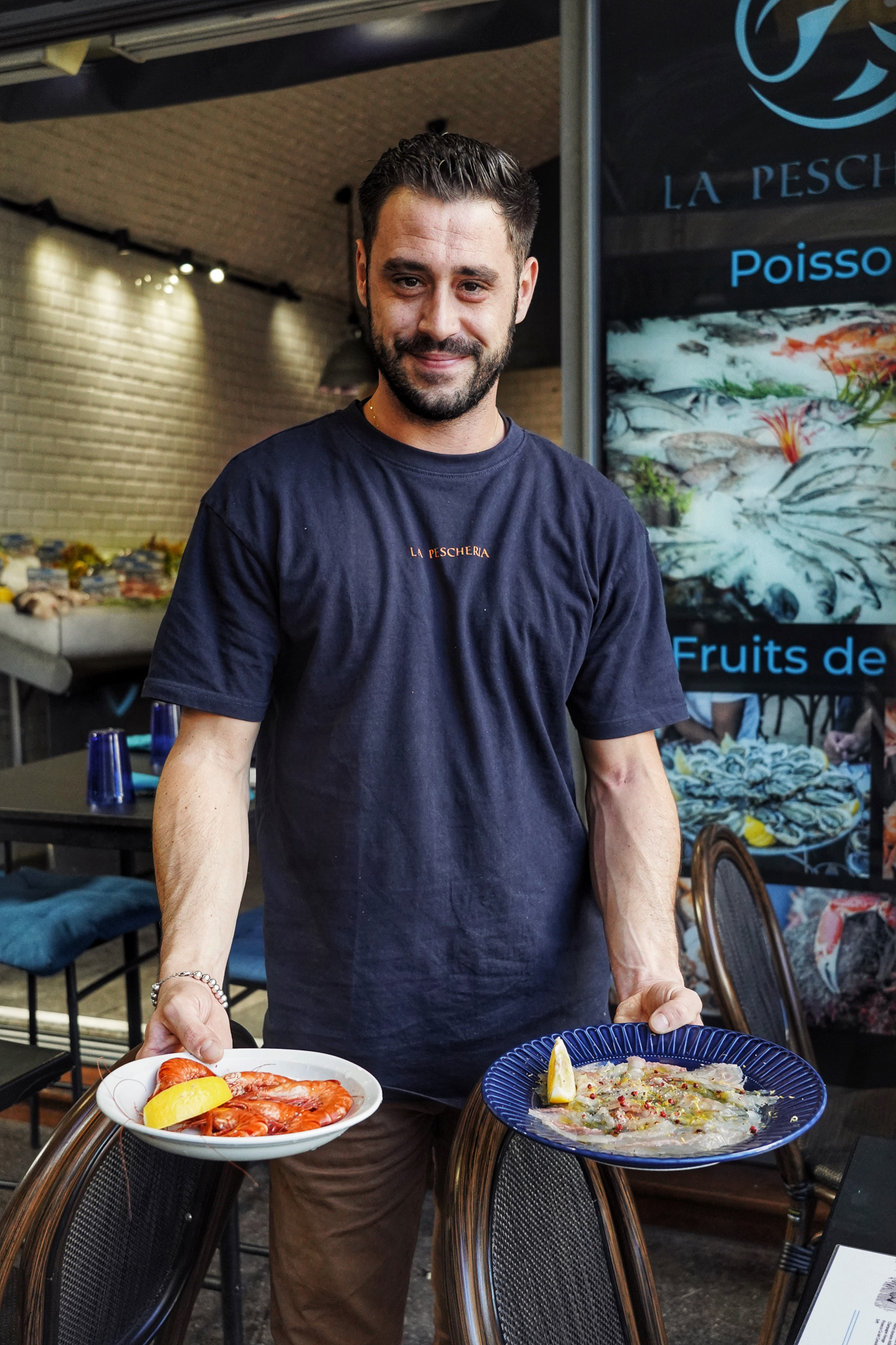
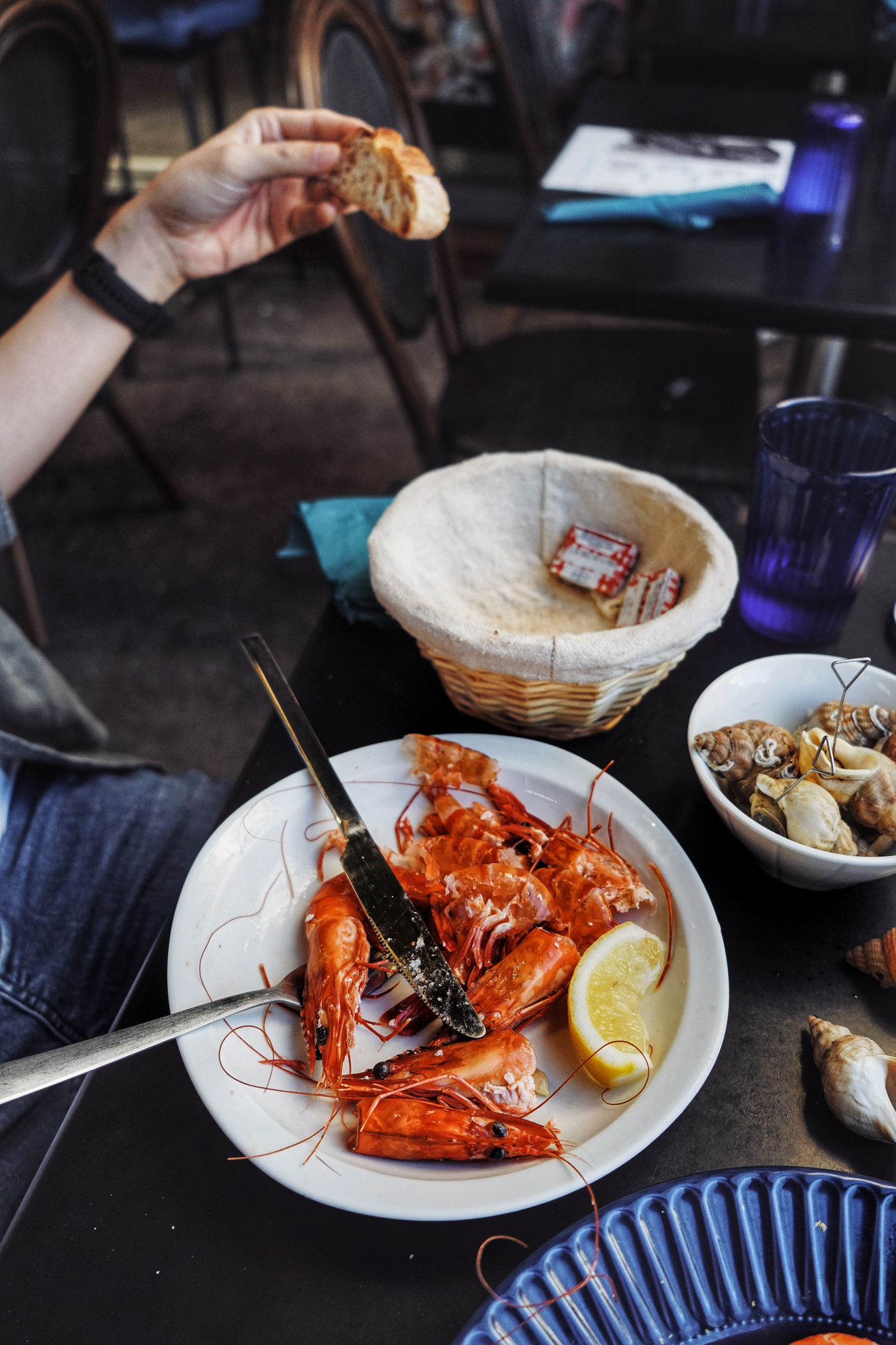
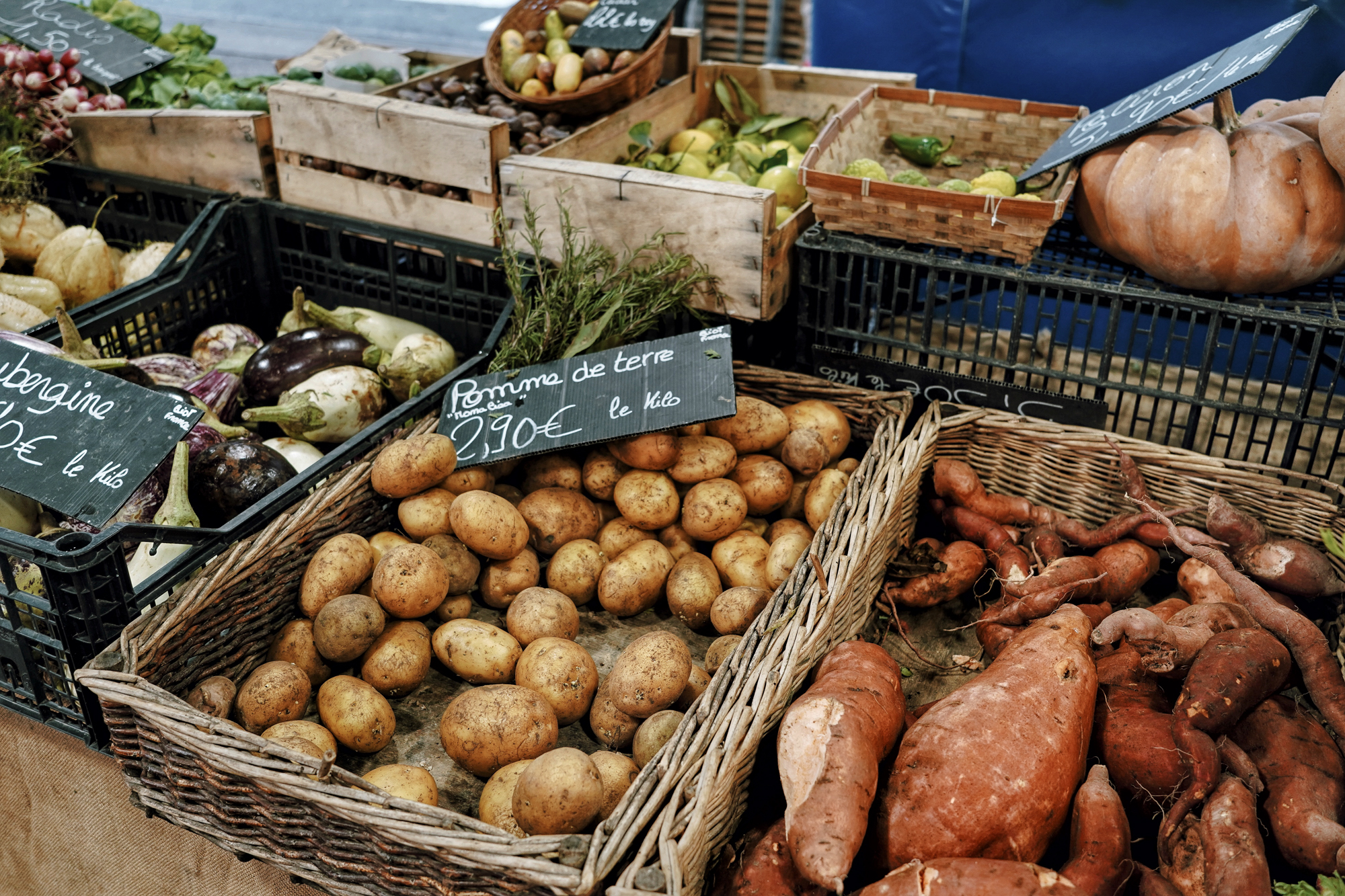
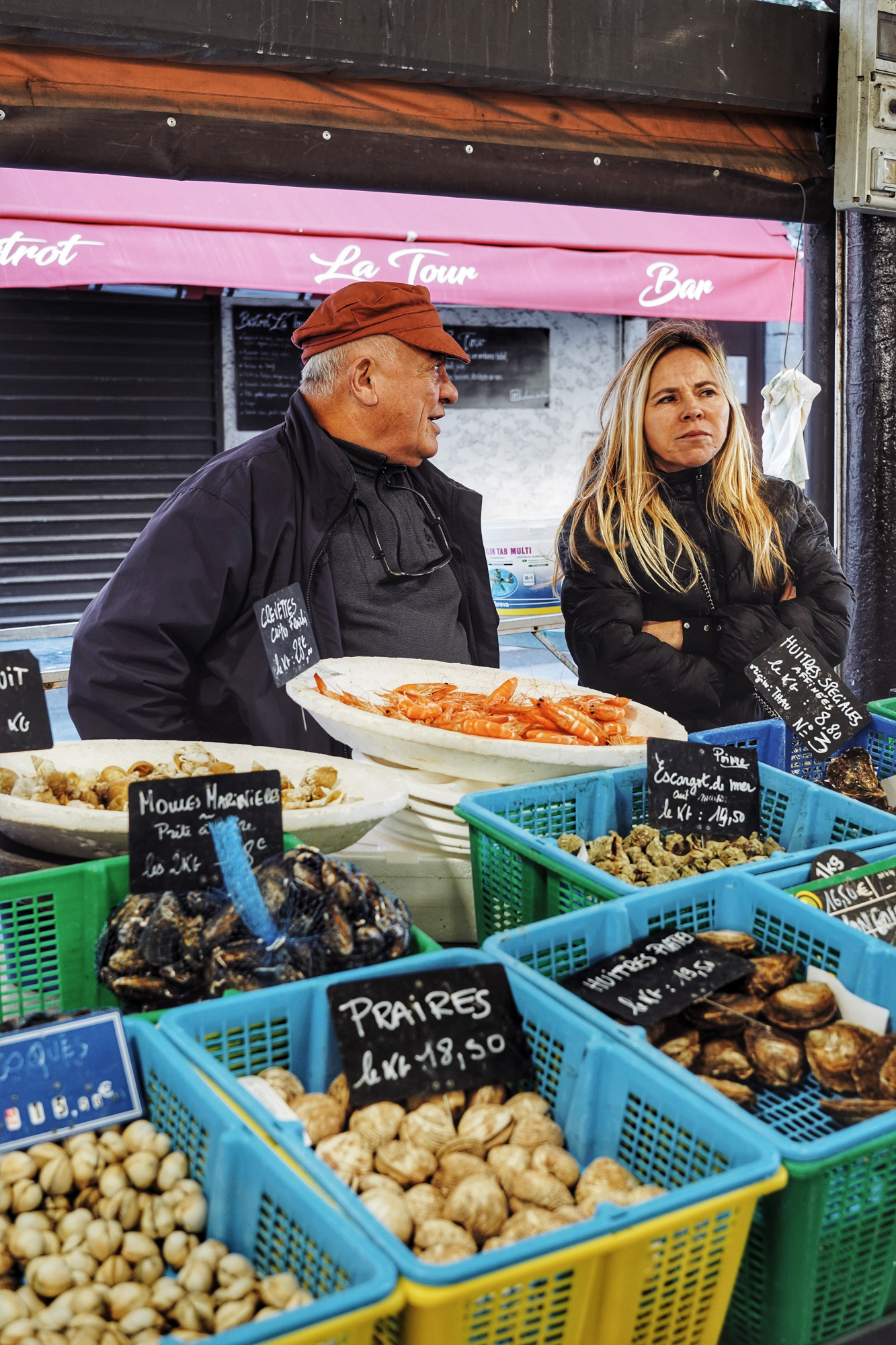
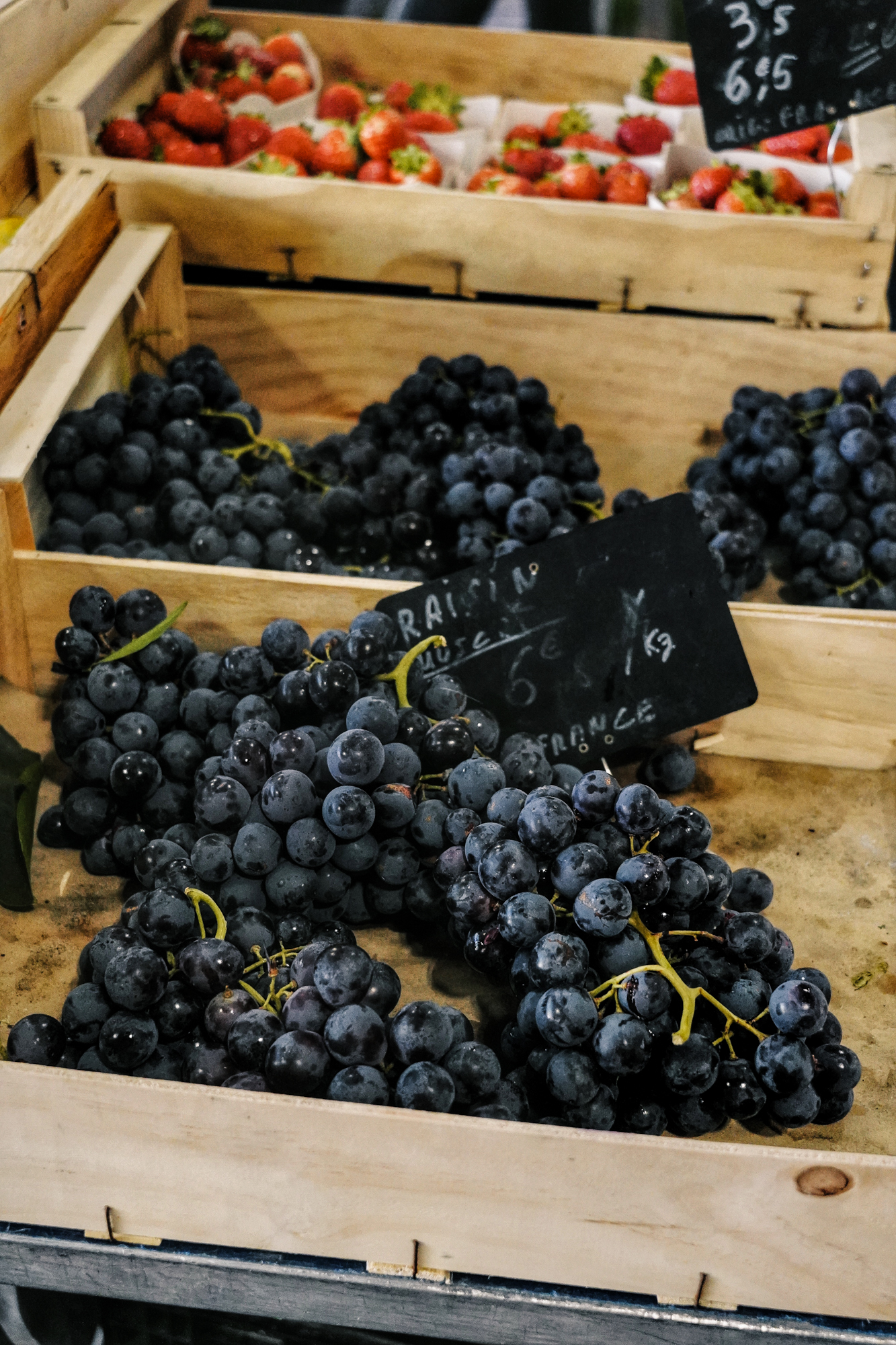
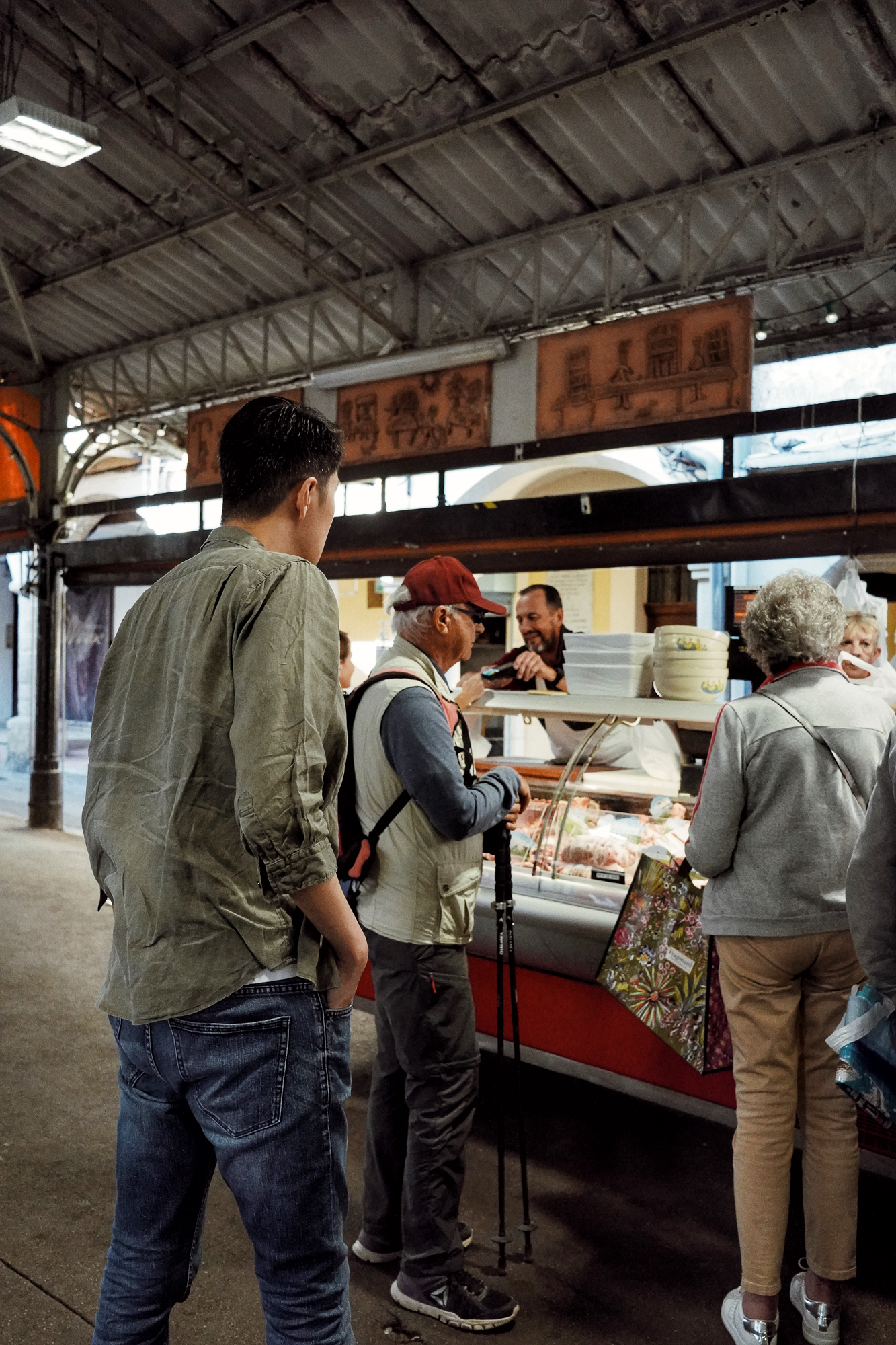
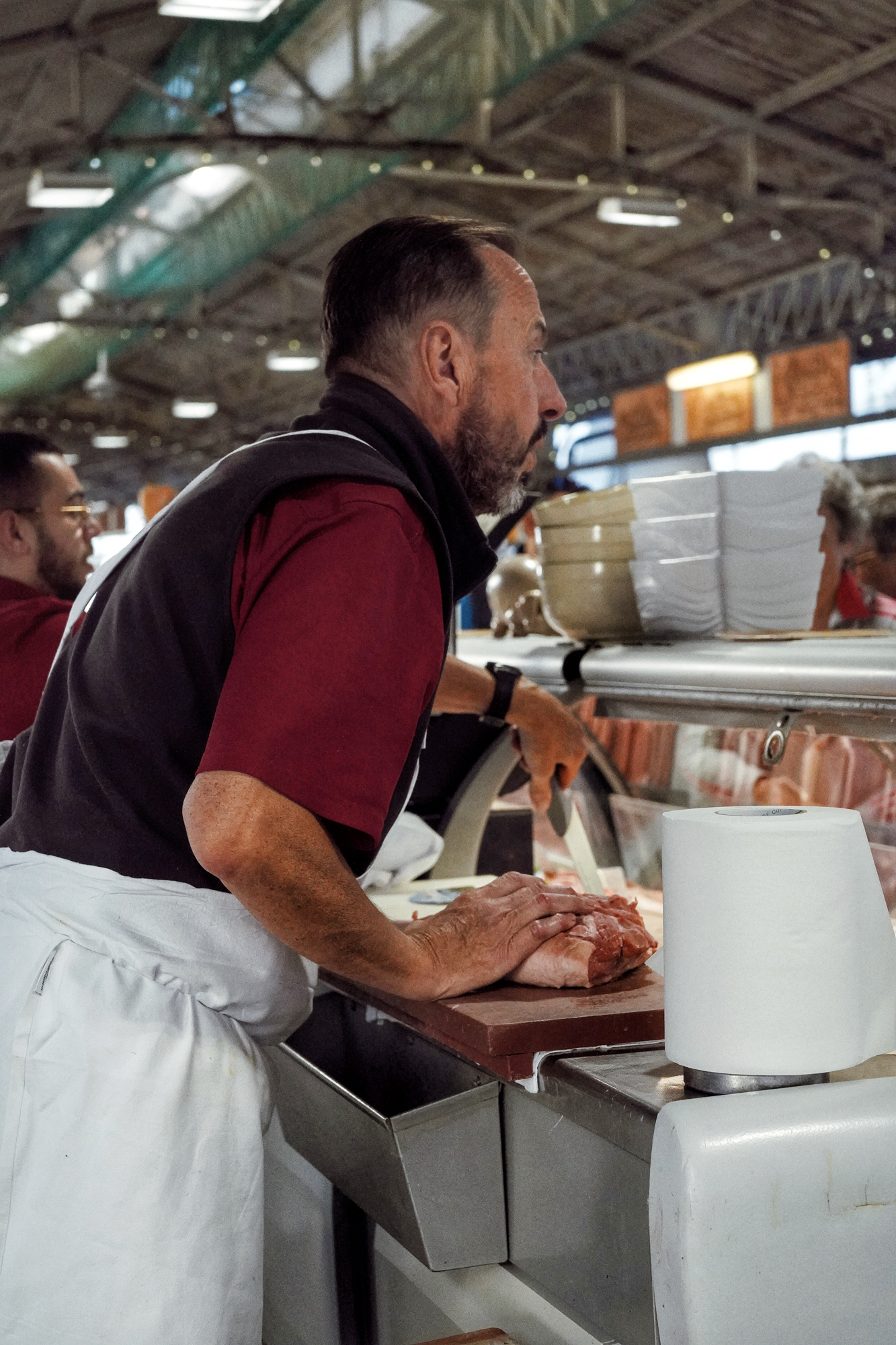
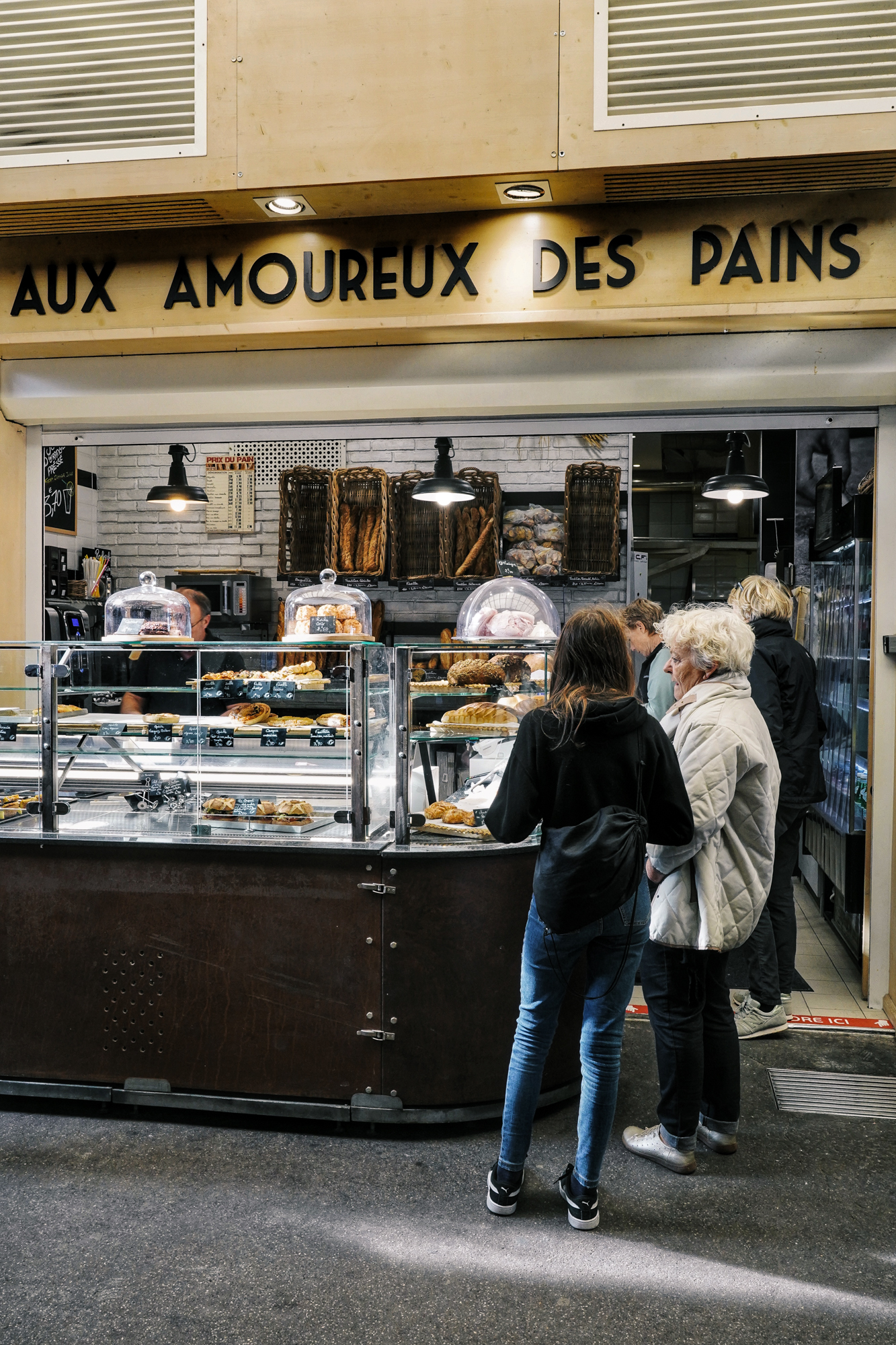

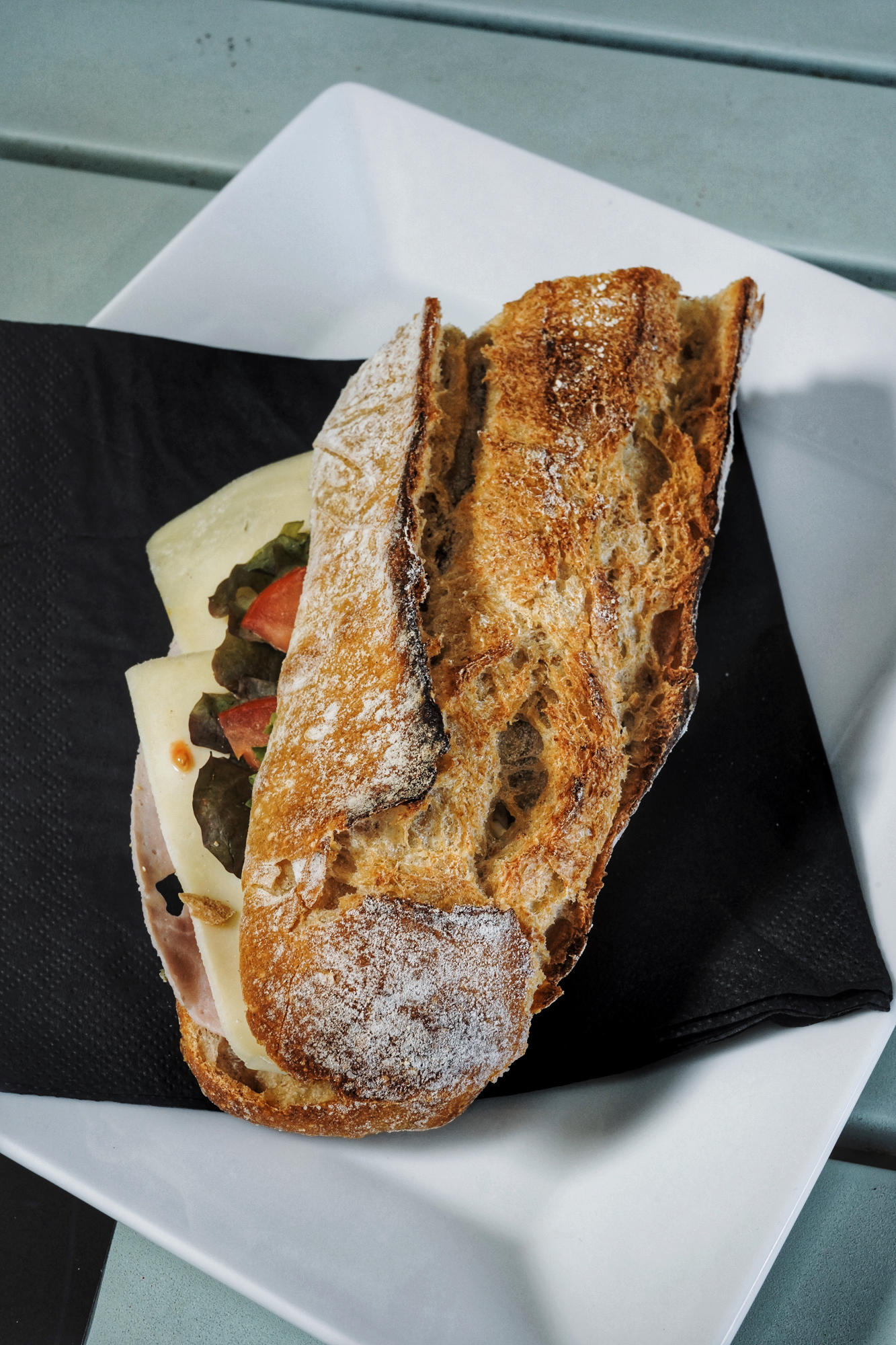


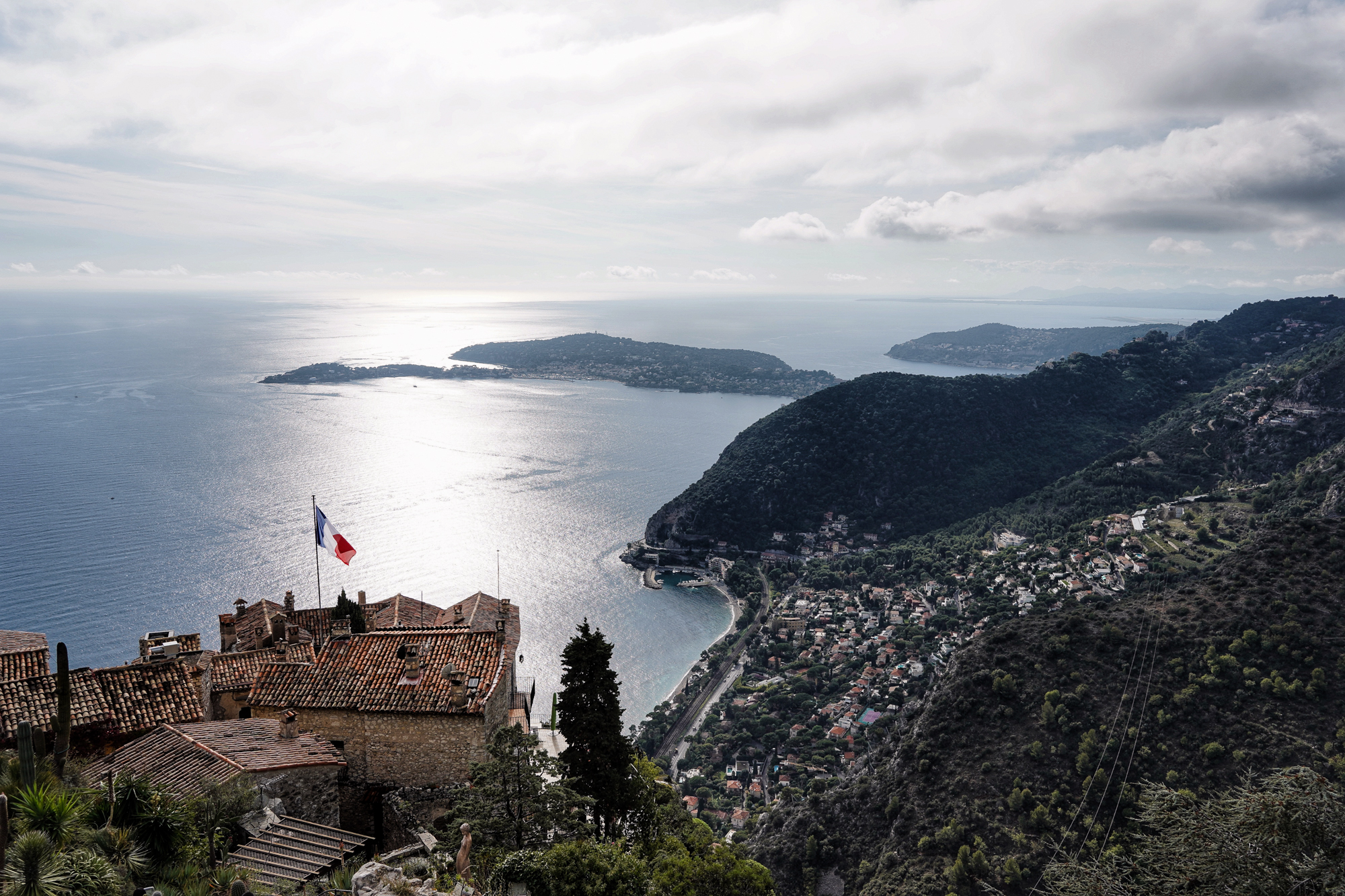
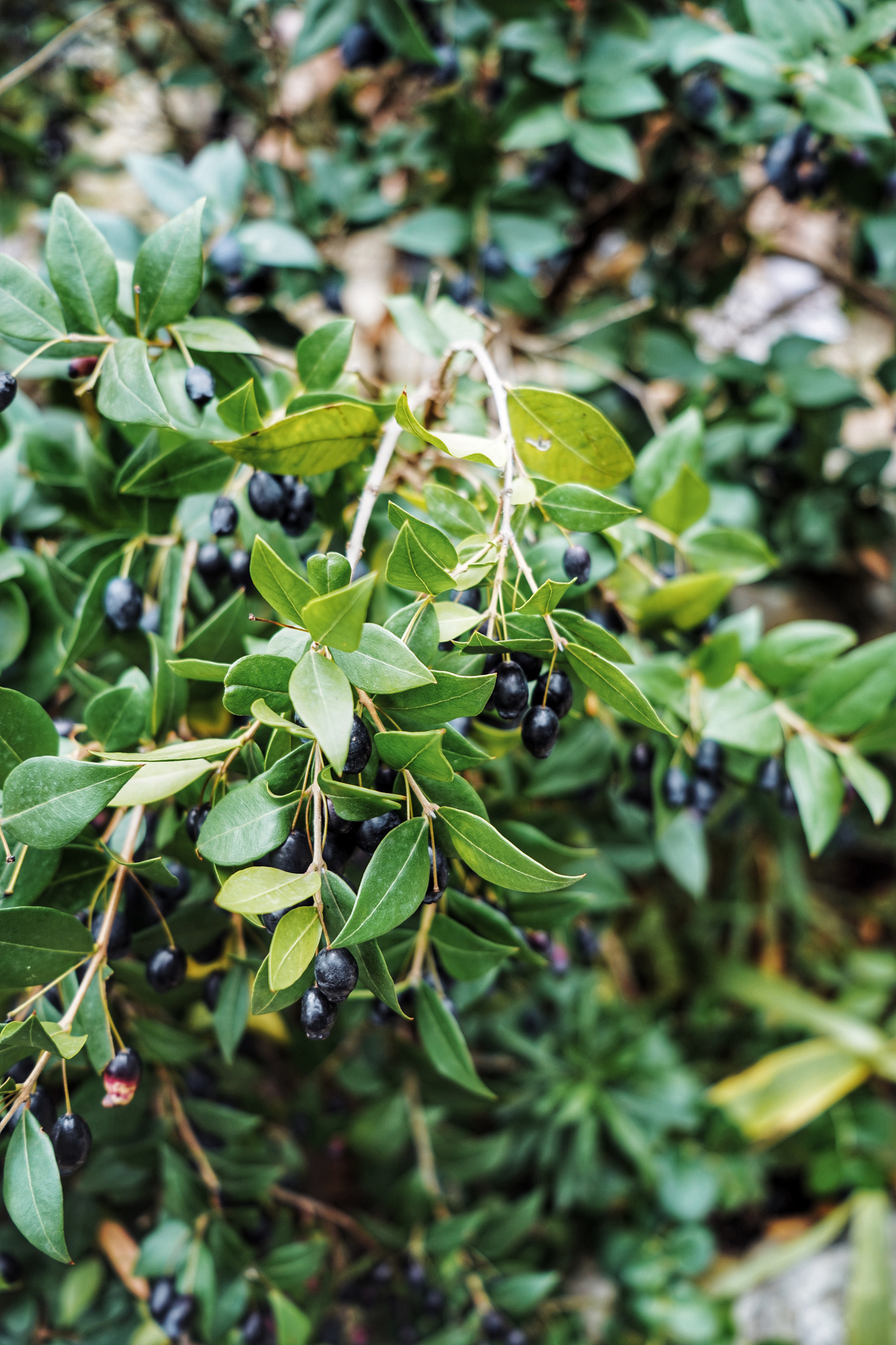
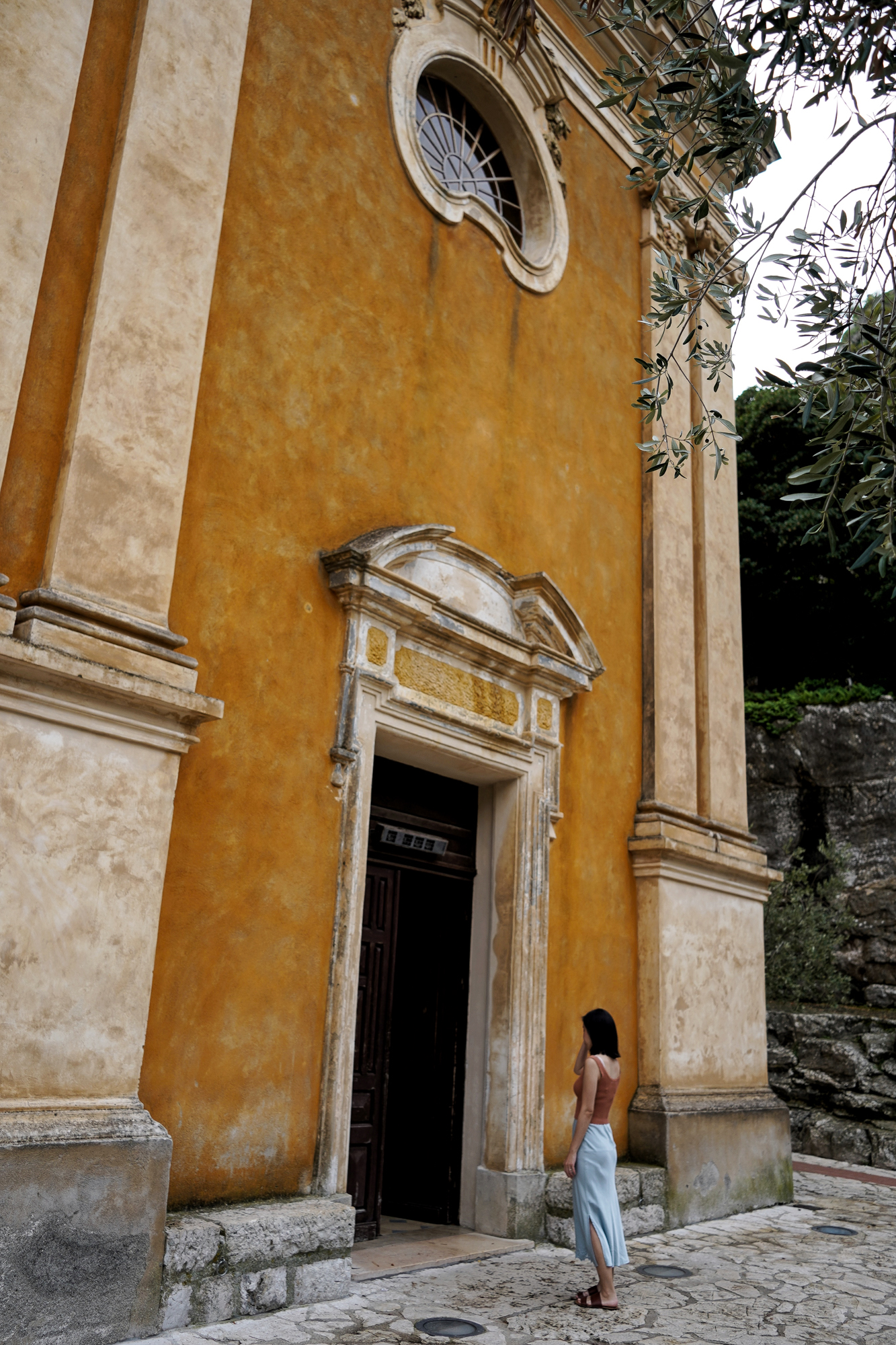
CHATEAU SAINT ROUX
My eyes are dozing off as Roy drives to our hotel, passing by the Massif de l’Esterel where the mountains and rocks are burnt a reddish orange hue. I shake off my sleepiness, most likely from the jambon-beurre I had for breakfast earlier at the only place in Antibes that still had the French baguette at 9 am, the Copenhagen Coffee Lab. Whenever we step out of the car for views, all we see are blues and ochres.
When we finally reach the hotel, the day has already settled into an early sunset at 5 pm. We are eating in, at the Château Saint-Roux. Roy, always charmed by the idea of an organic vegetable garden at the hotel, goes for the seabass with roasted vegetables. The steak tartare with greens and cheese is for me the perfect dish to start, something to open up my appetite for the beef with dauphinoise potatoes and dessert of cheeses from the farm. Bright and early the next day, we can’t help wandering the grounds to see the chickens roosting, the boulangerie and fromagerie. The gardener is proudly showing off his vegetables, their colours painted a thousand times brighter by the sun. Now I wish I had the seabass with roasted vegetables.

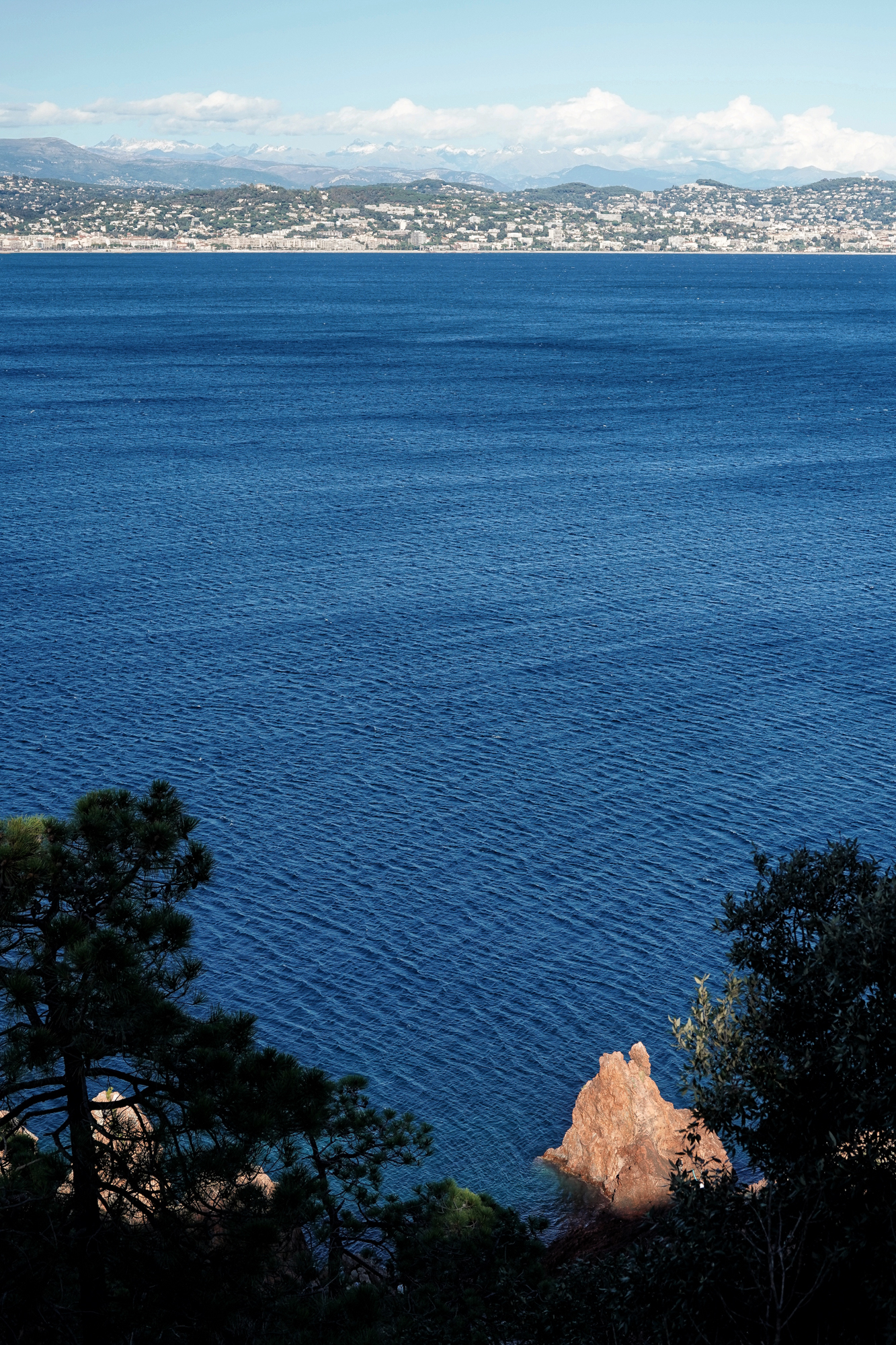
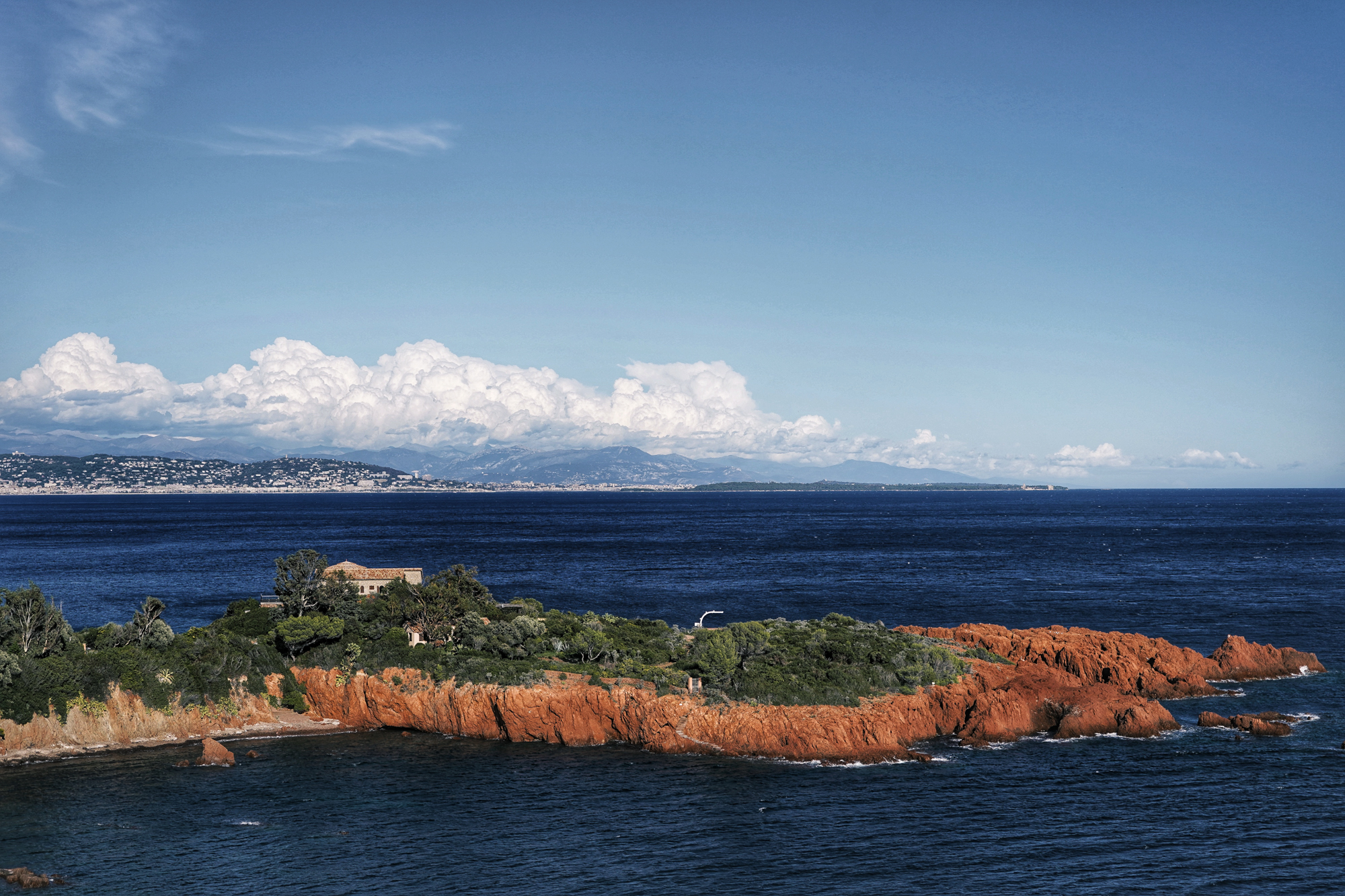

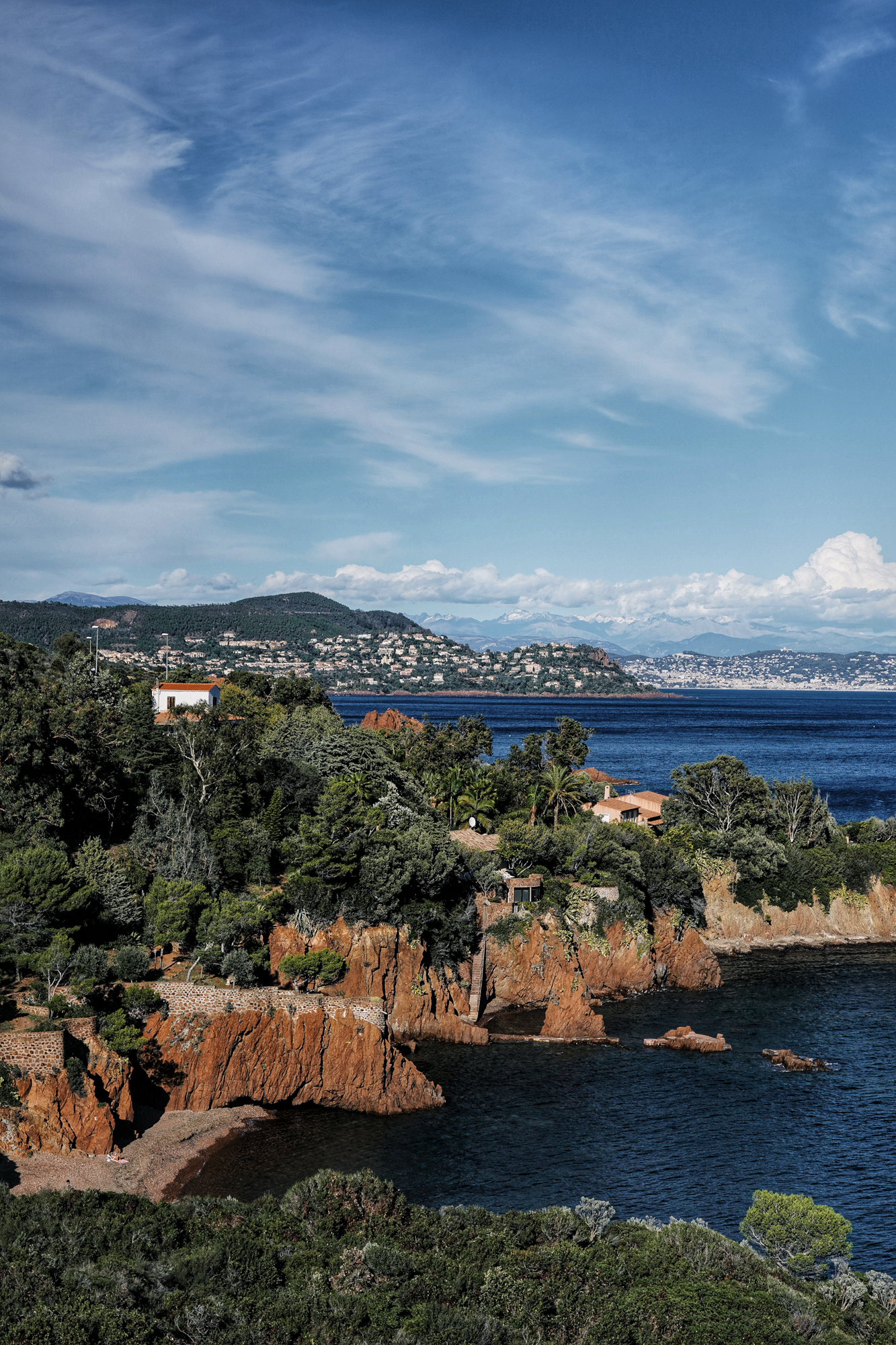
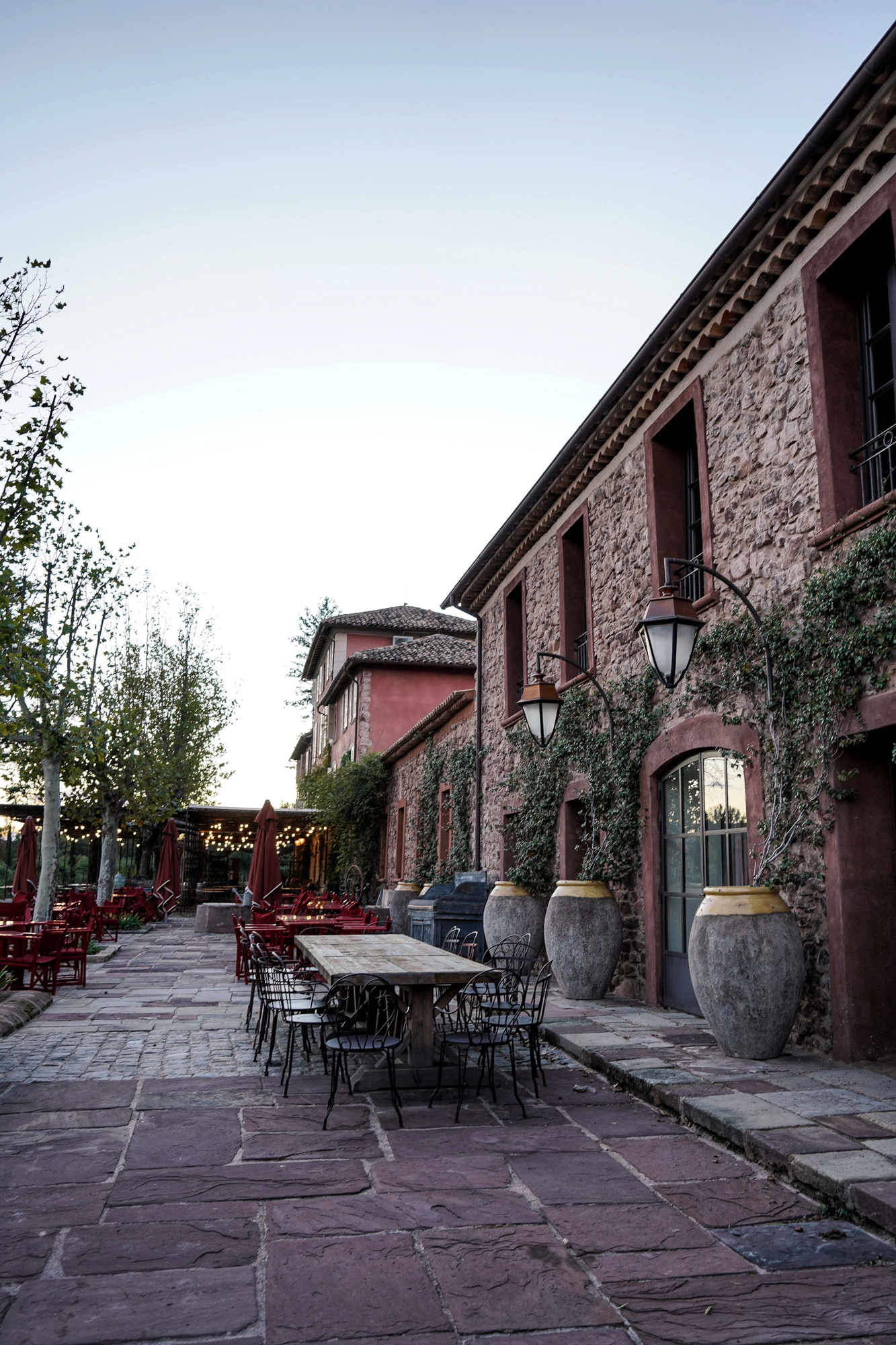
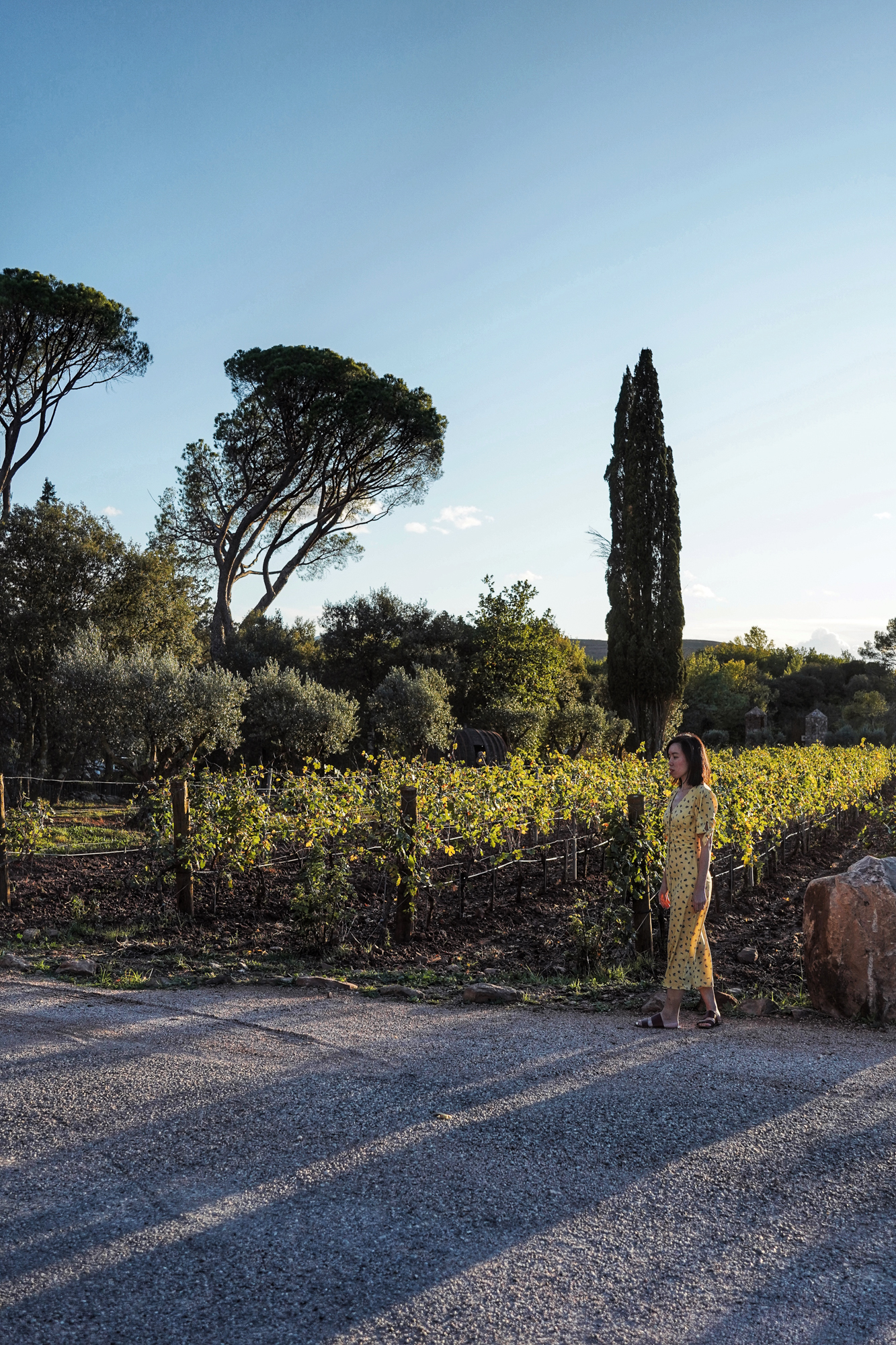
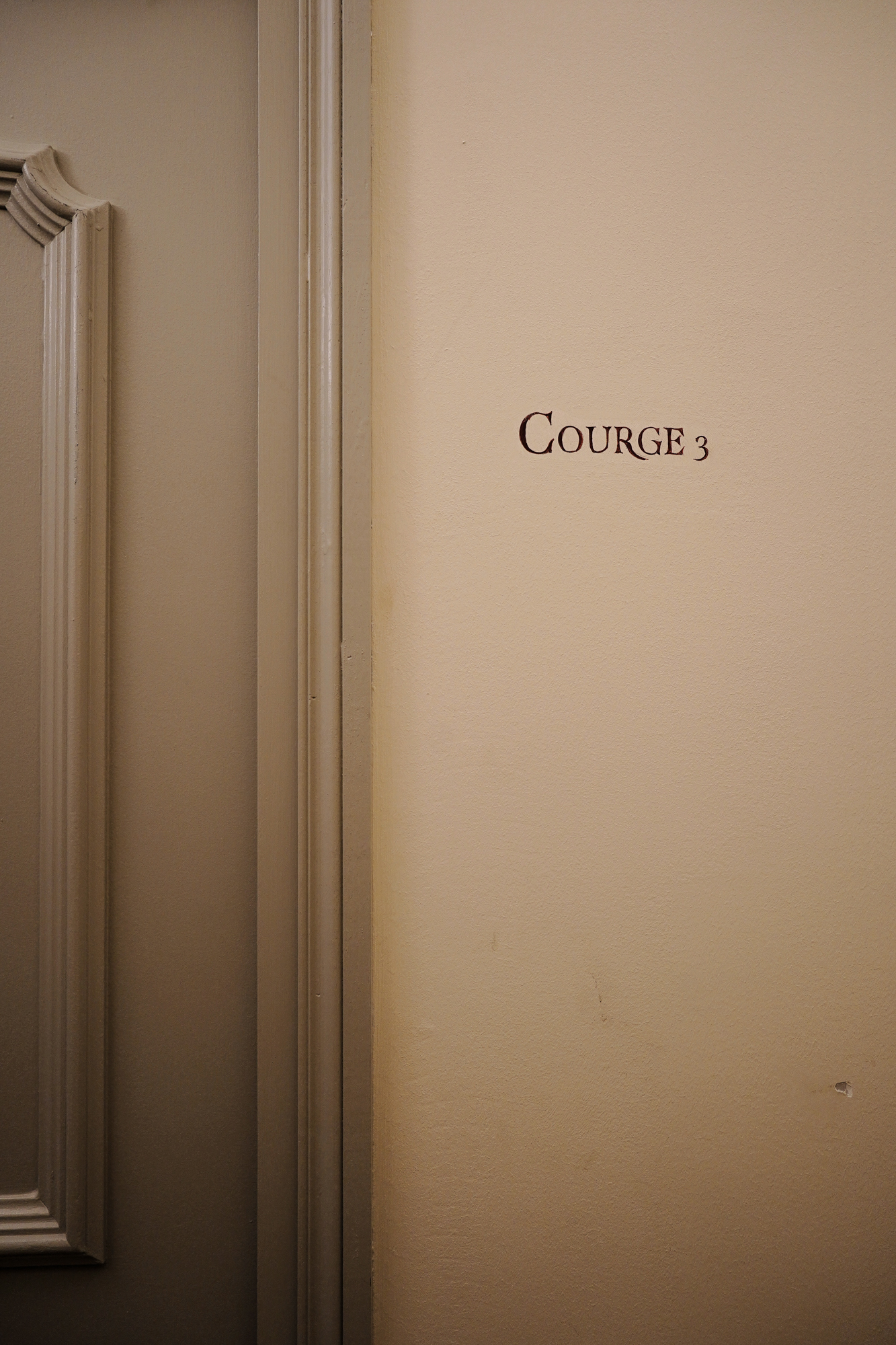
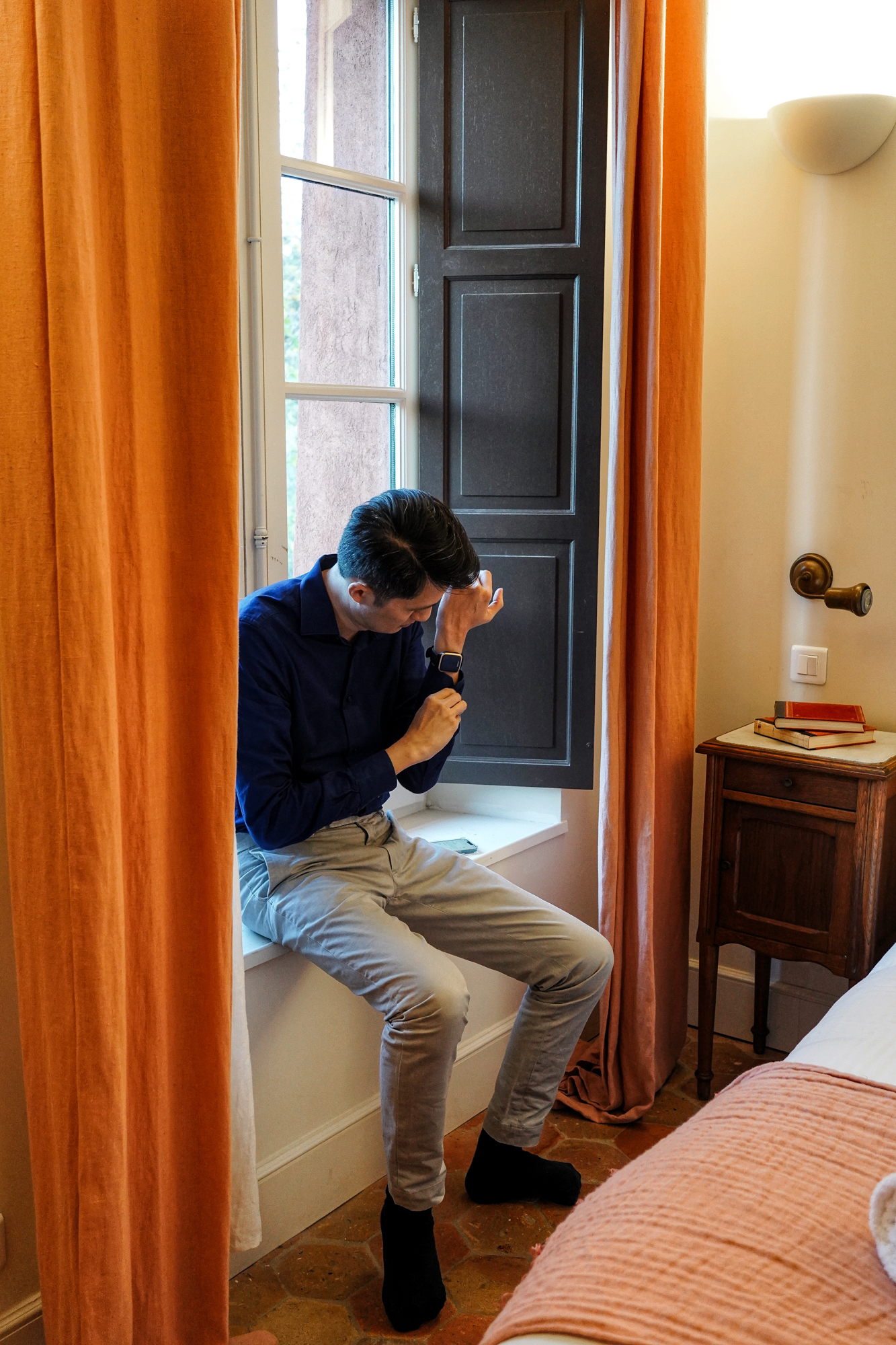

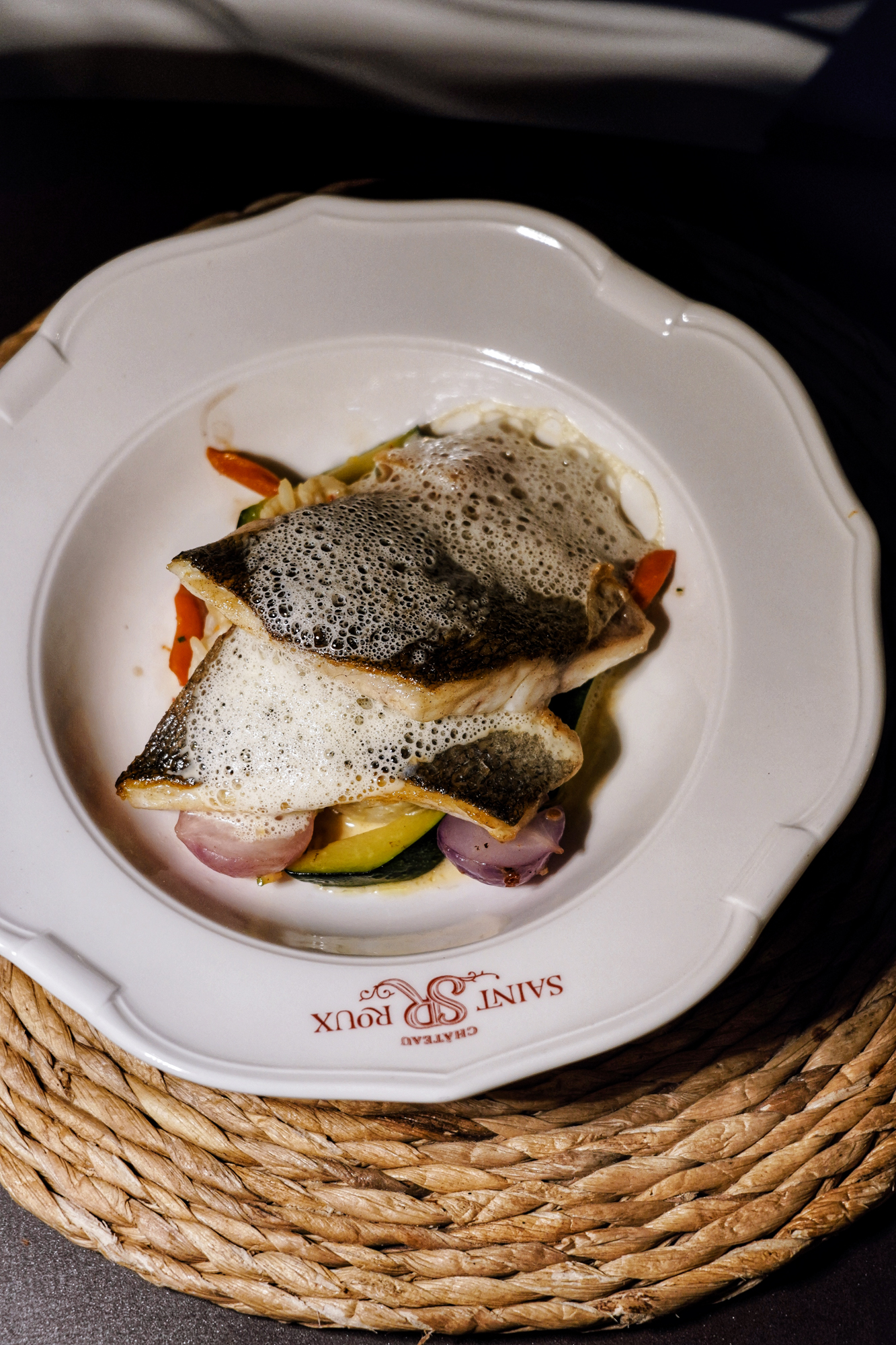
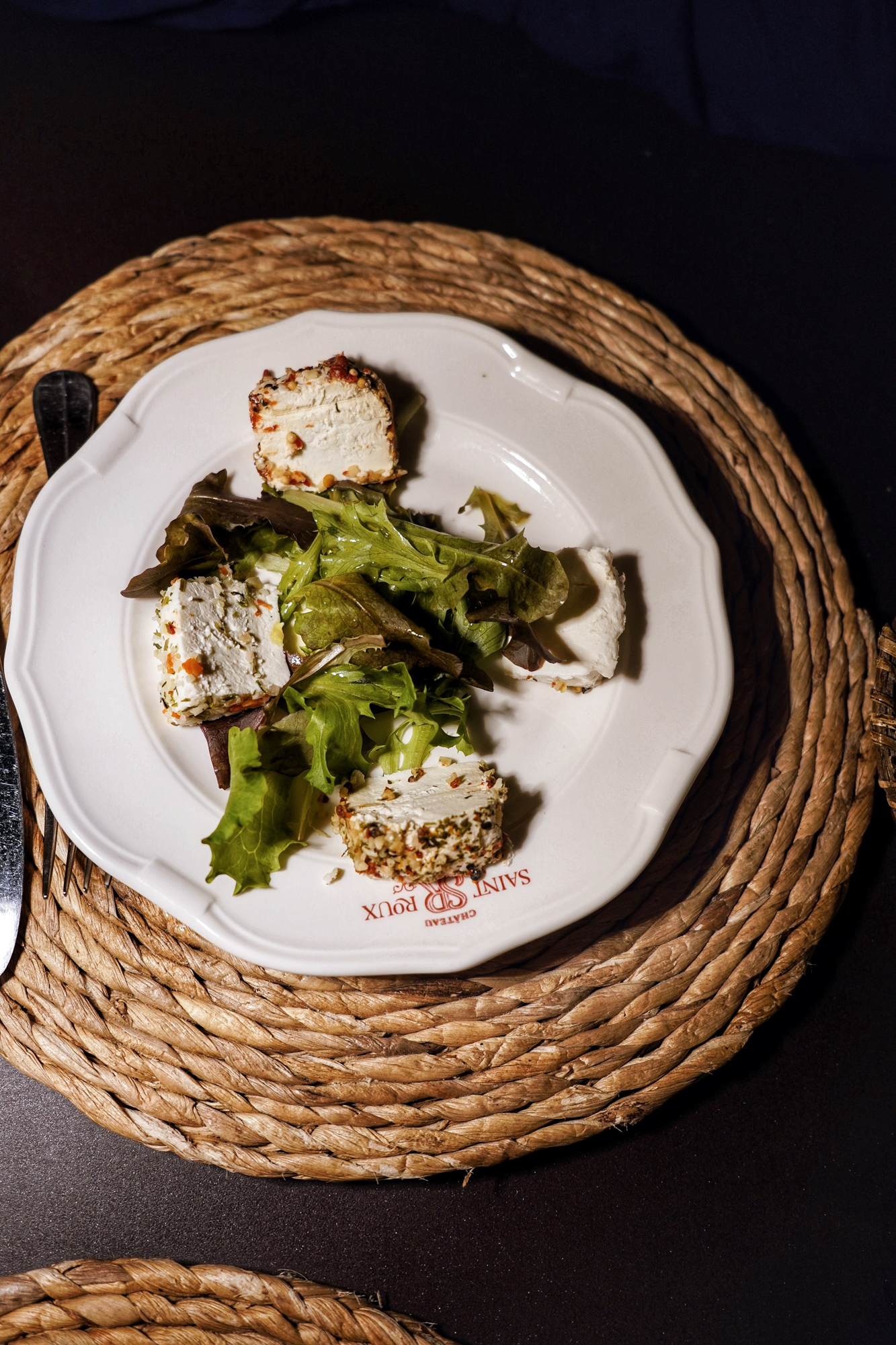
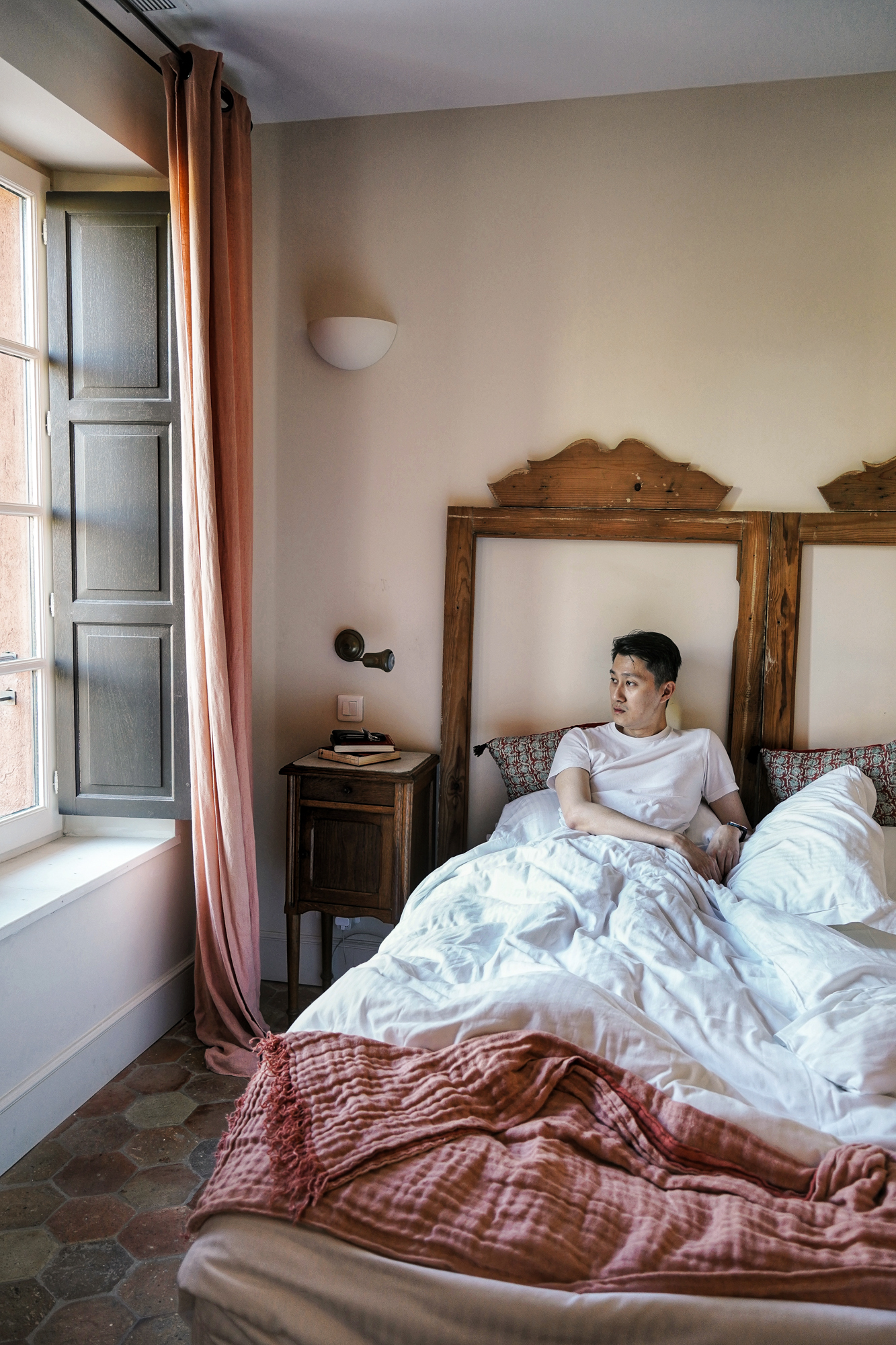

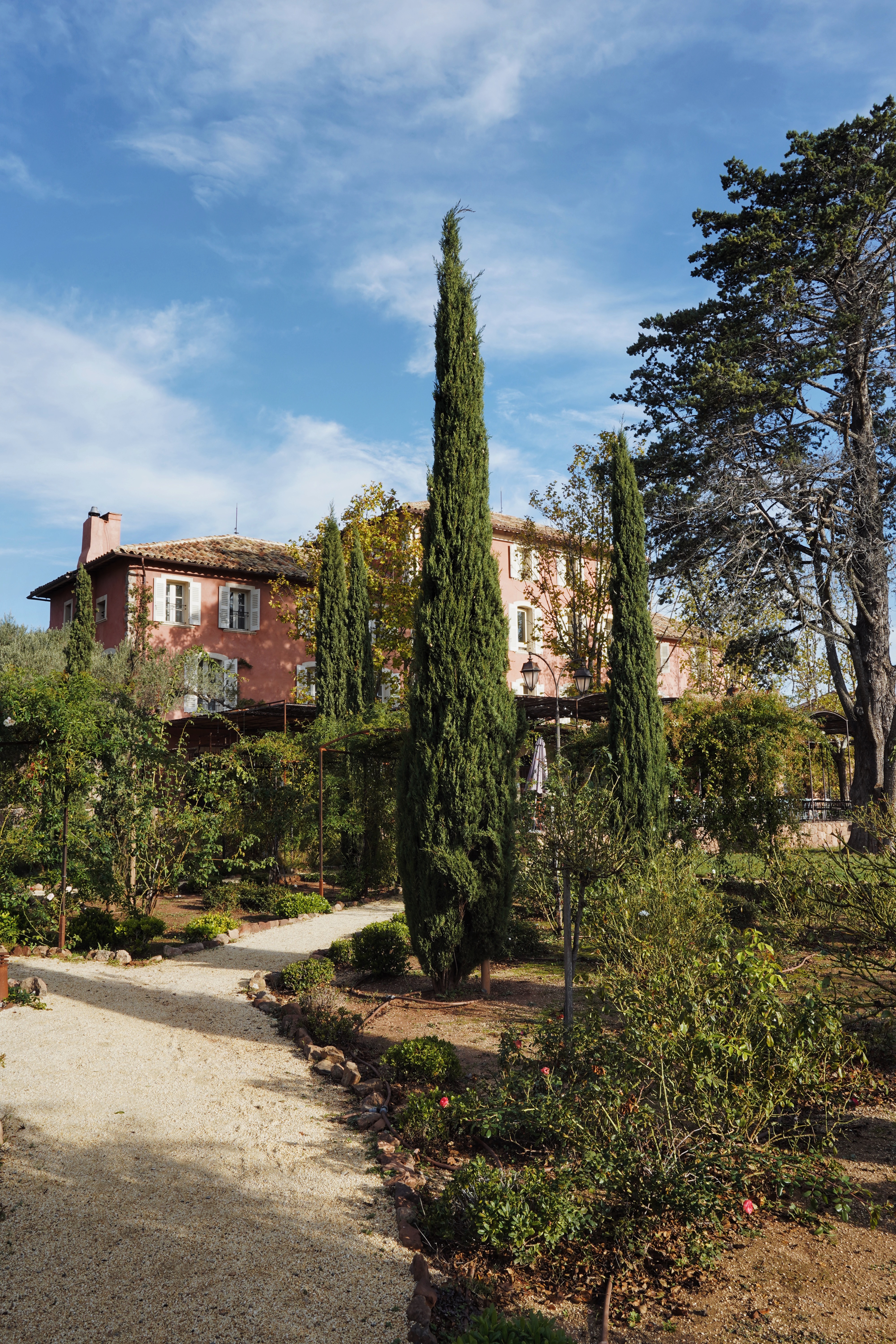
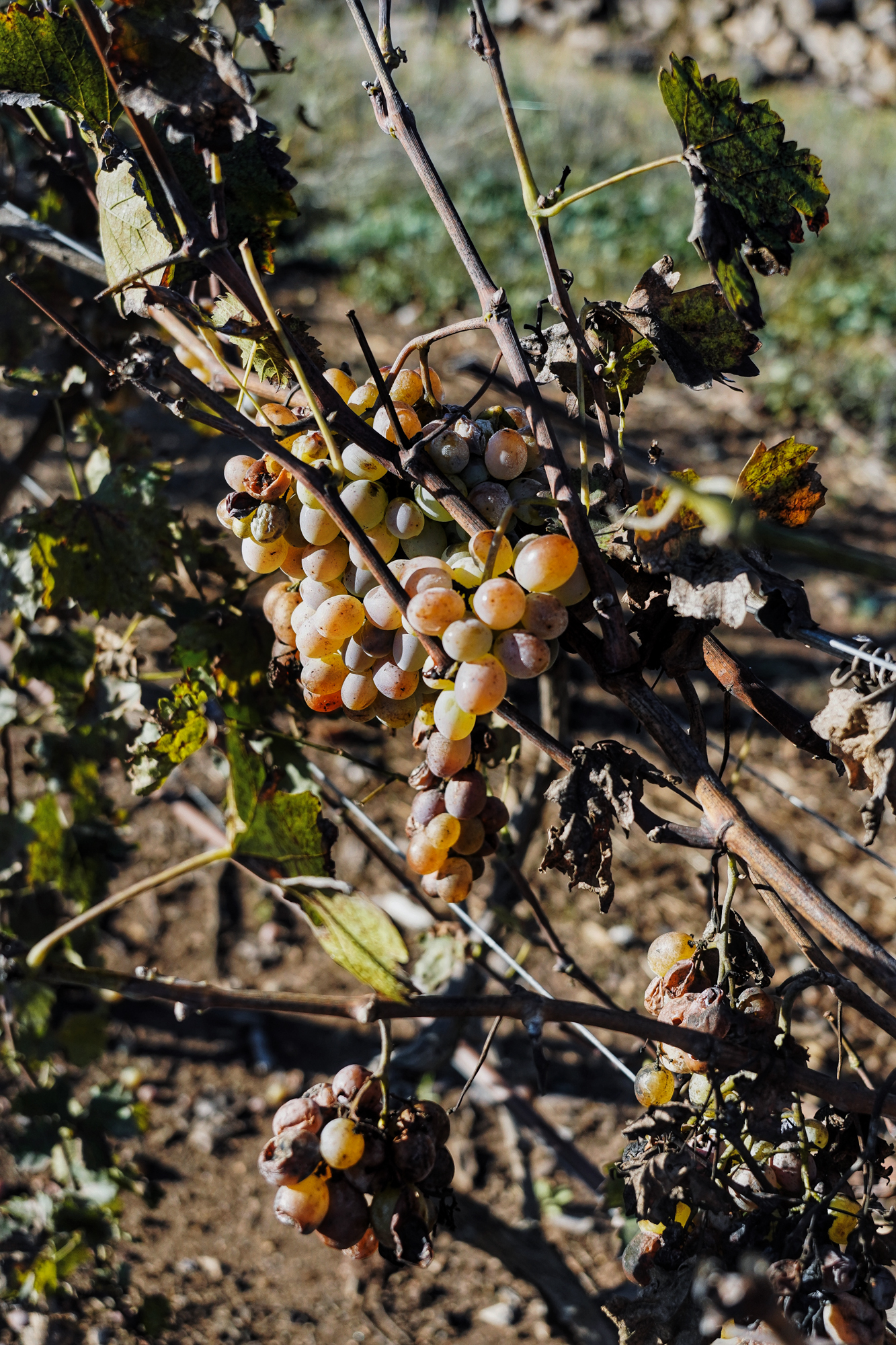

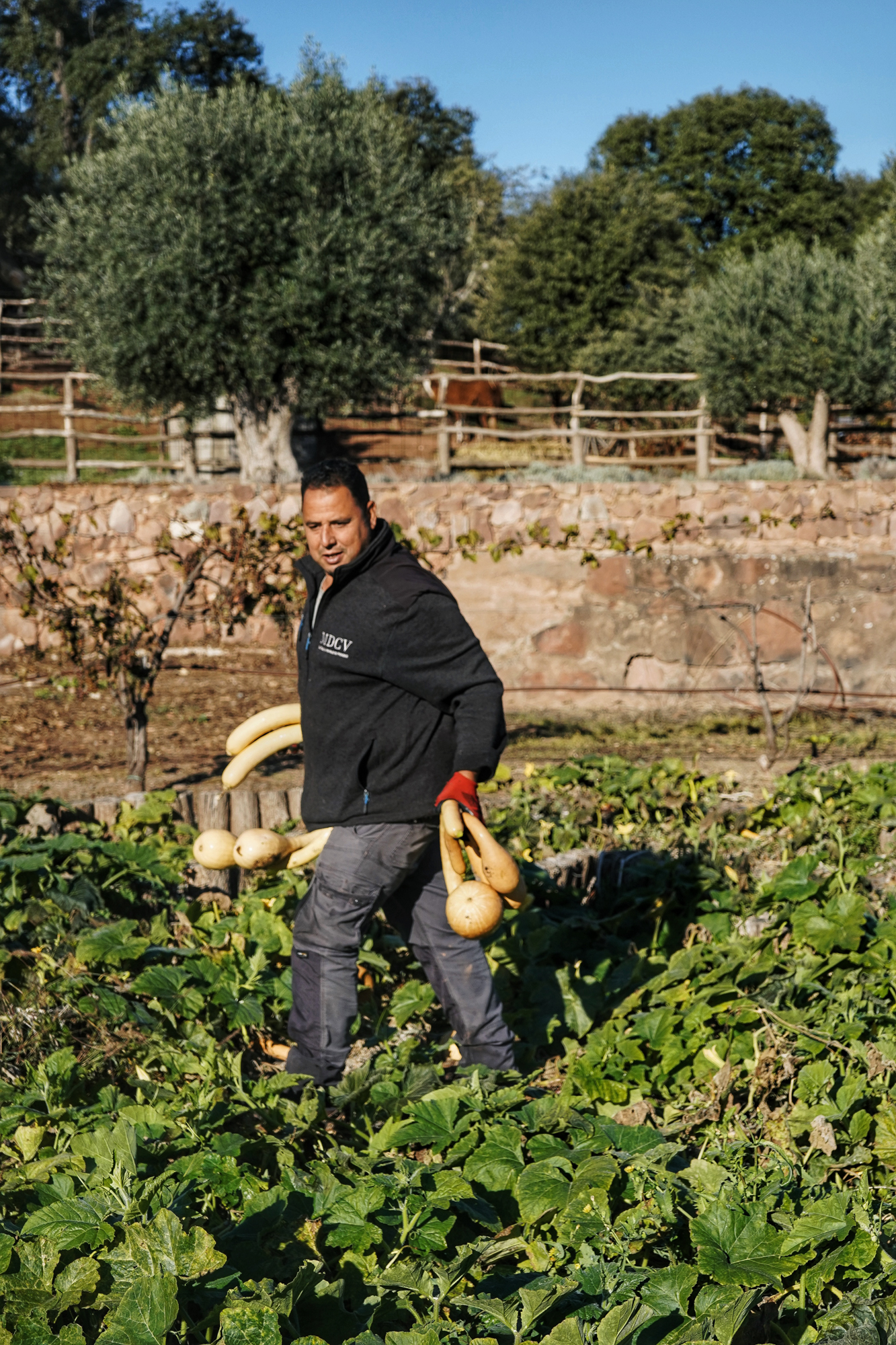

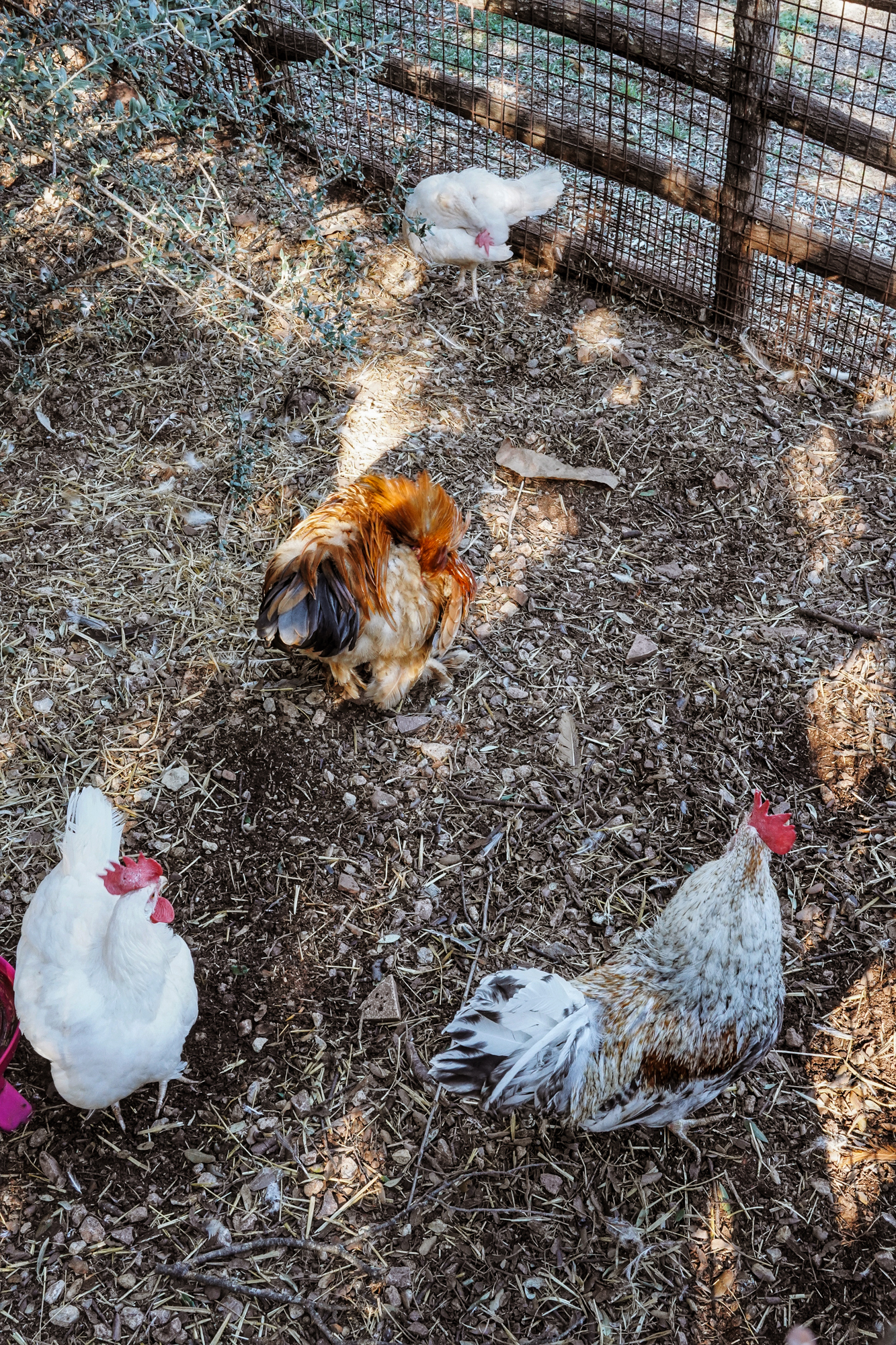
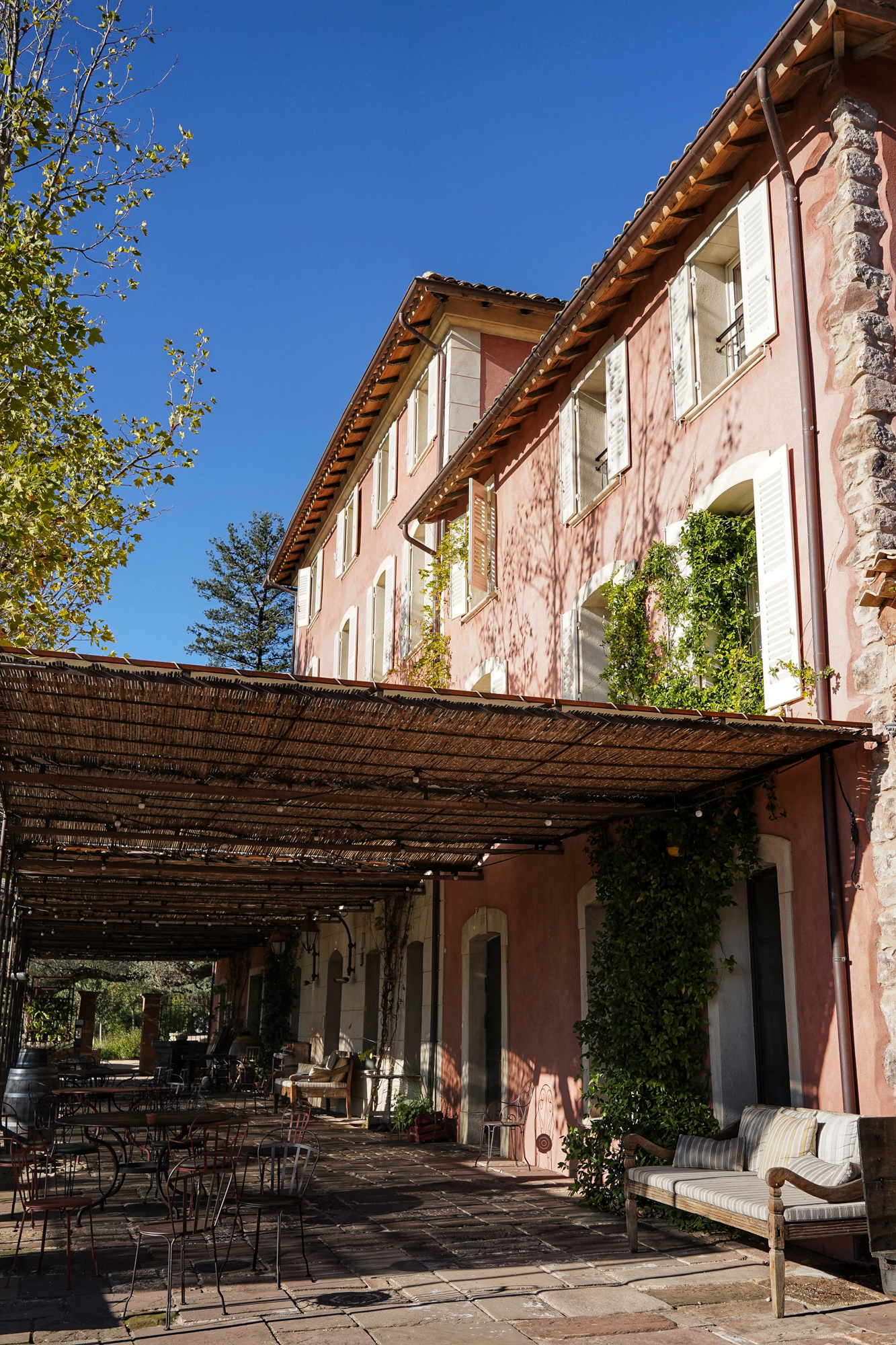
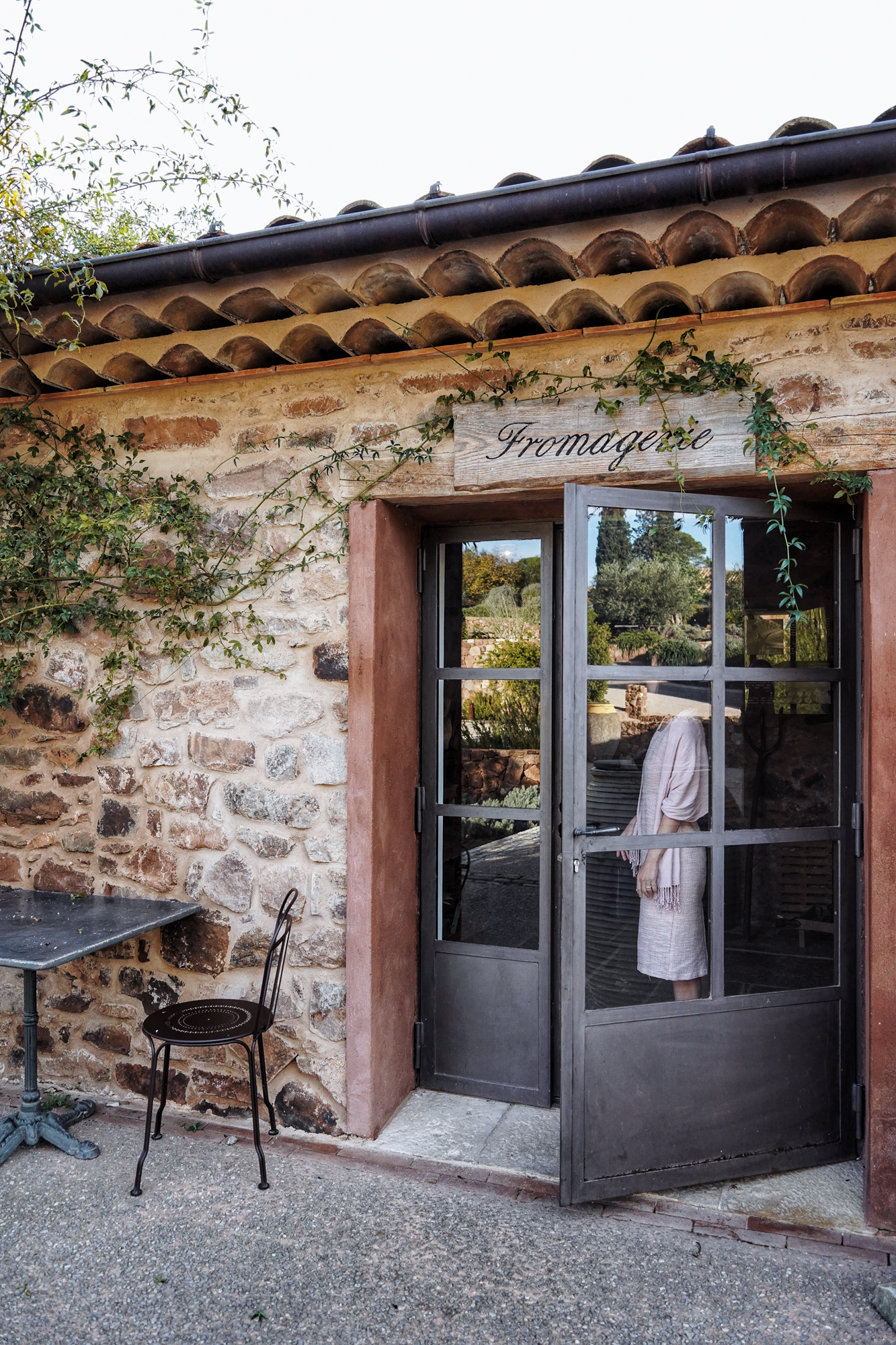
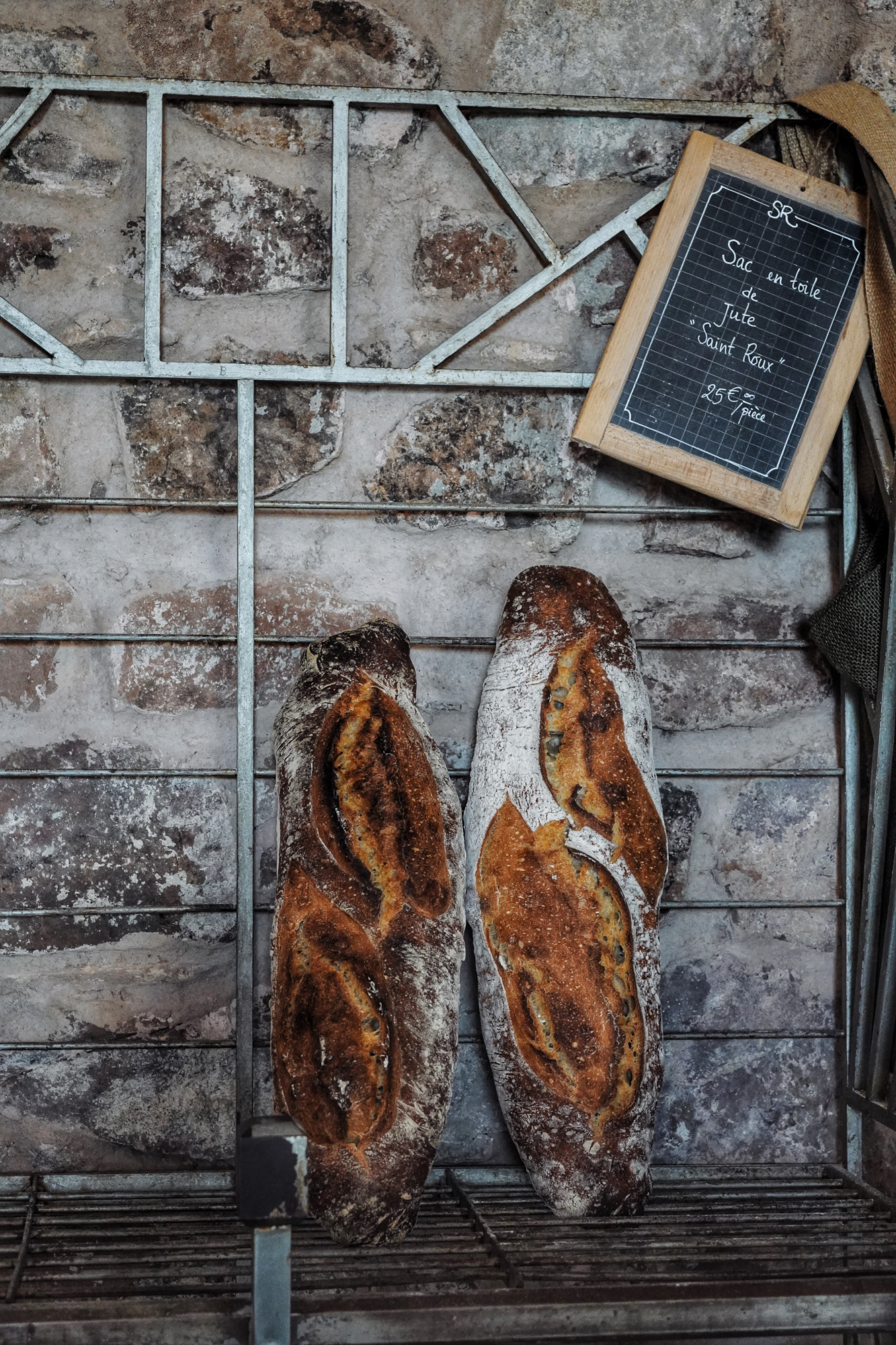
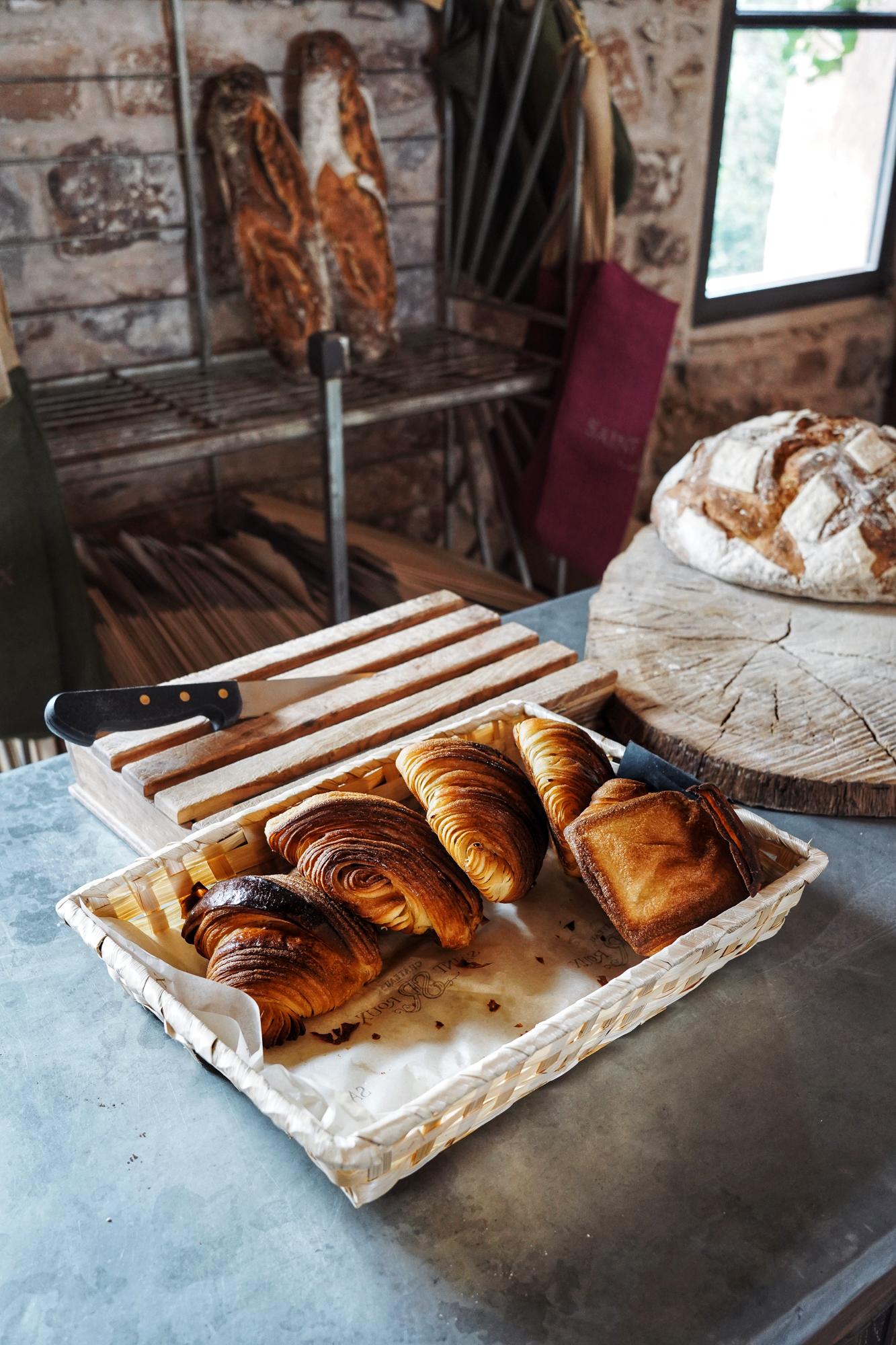
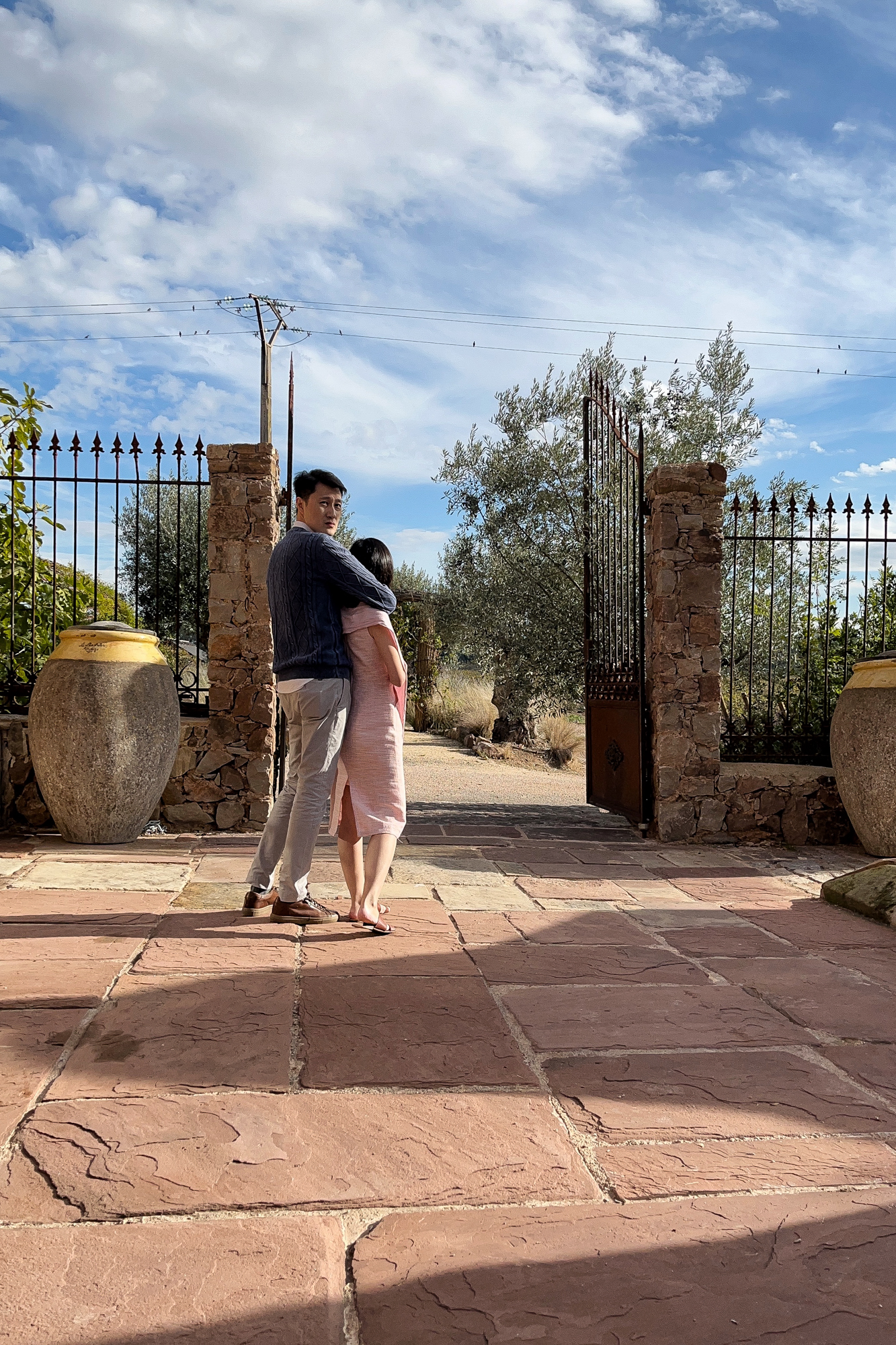

SAINT-TROPEZ
Saint-Tropez has always been something mystical to me. A place where the well-heeled go for their summer tan. But now I know why. The cream-coloured parasols loungers at the beach at Cheval Blanc. The little cafes sitting on top of boutiques. The cherry red tables and chairs at Sénéquier. The brioche filled with pastry cream and buttercream at La Tarte Tropézienne. The pastel avenues that lead out to the sea. The vista where yachts are resting at the bay. Everything is beautiful. Made even more beautiful by a coat of shine reflecting in the water.
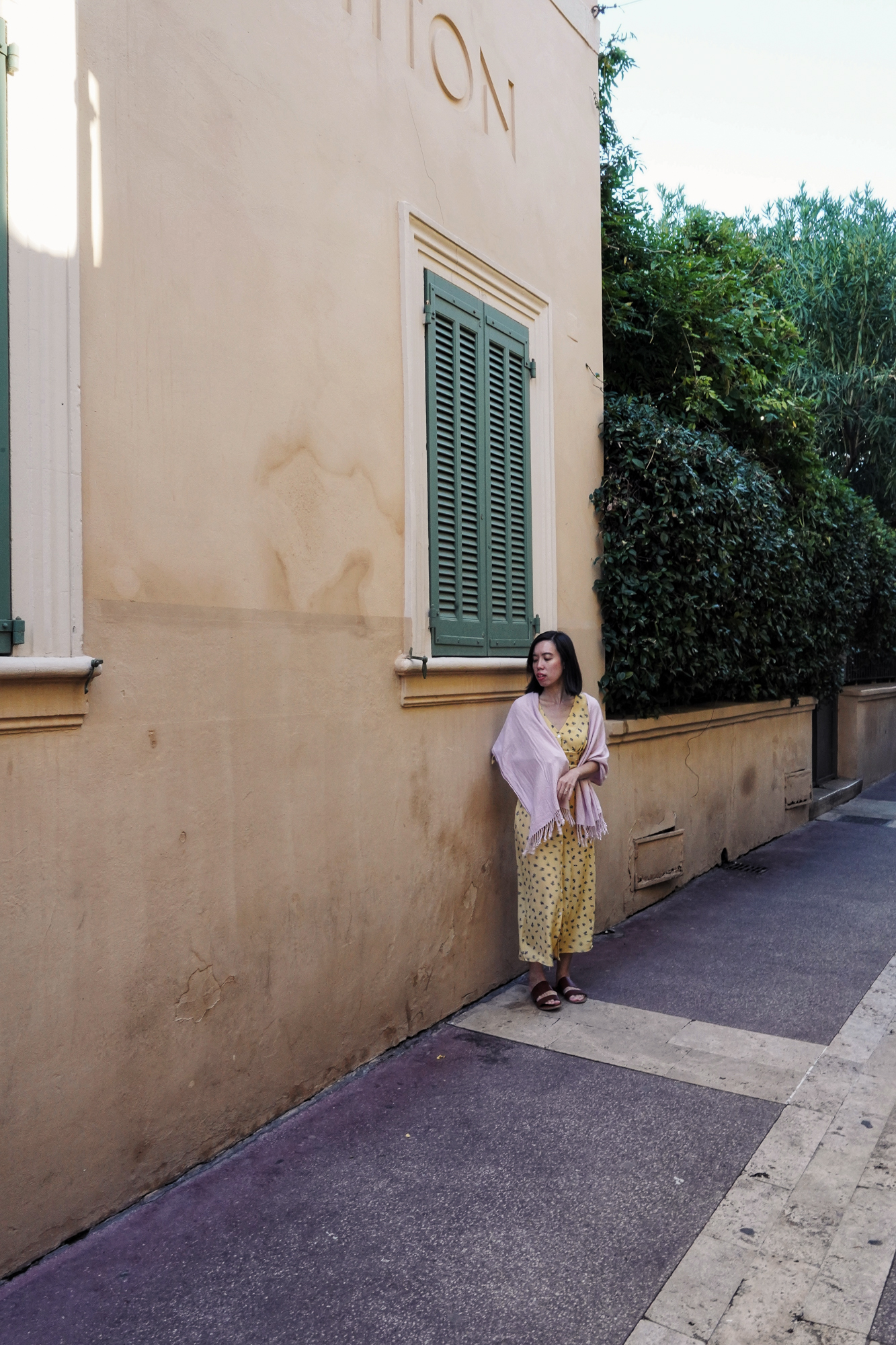

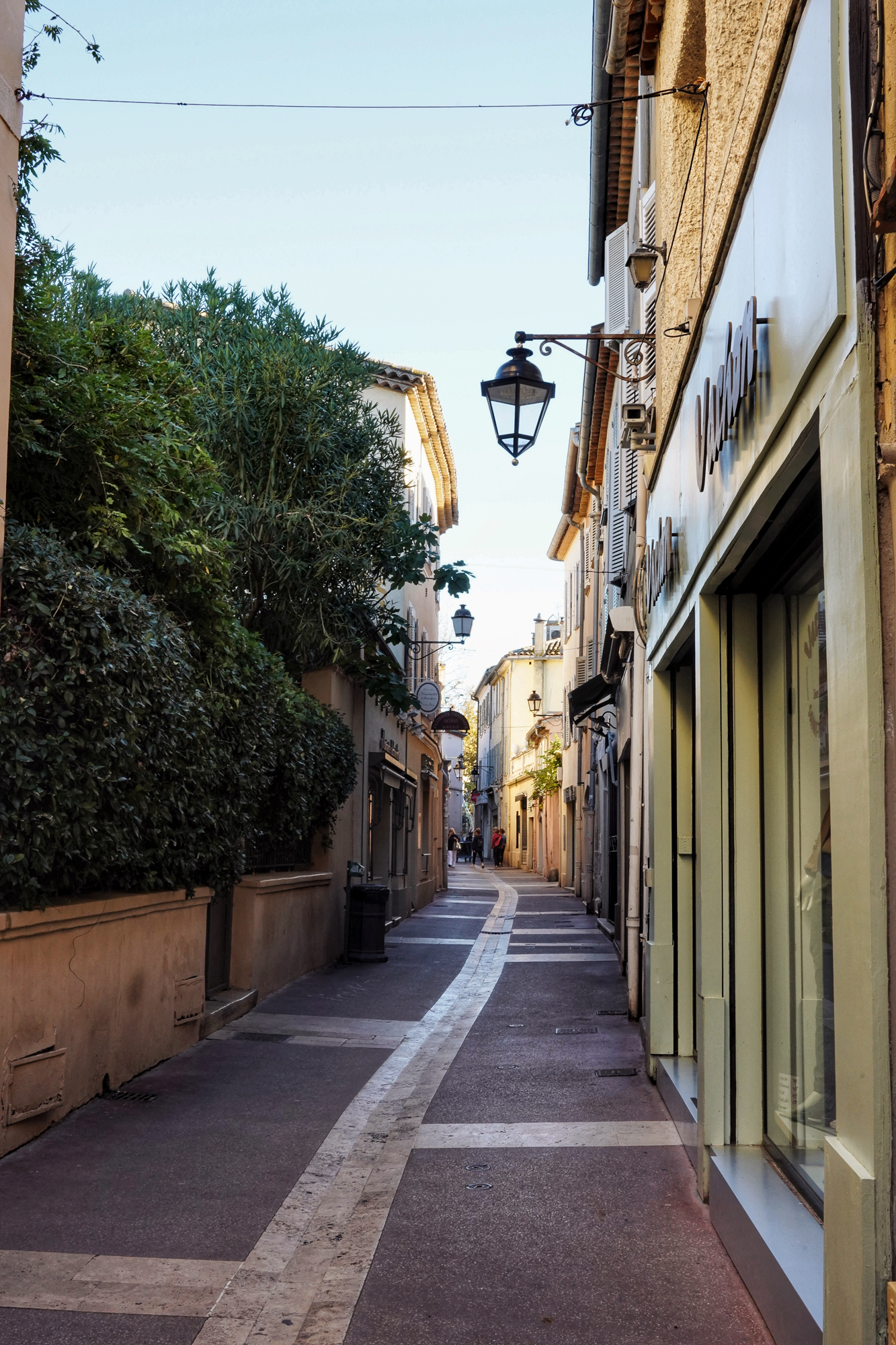
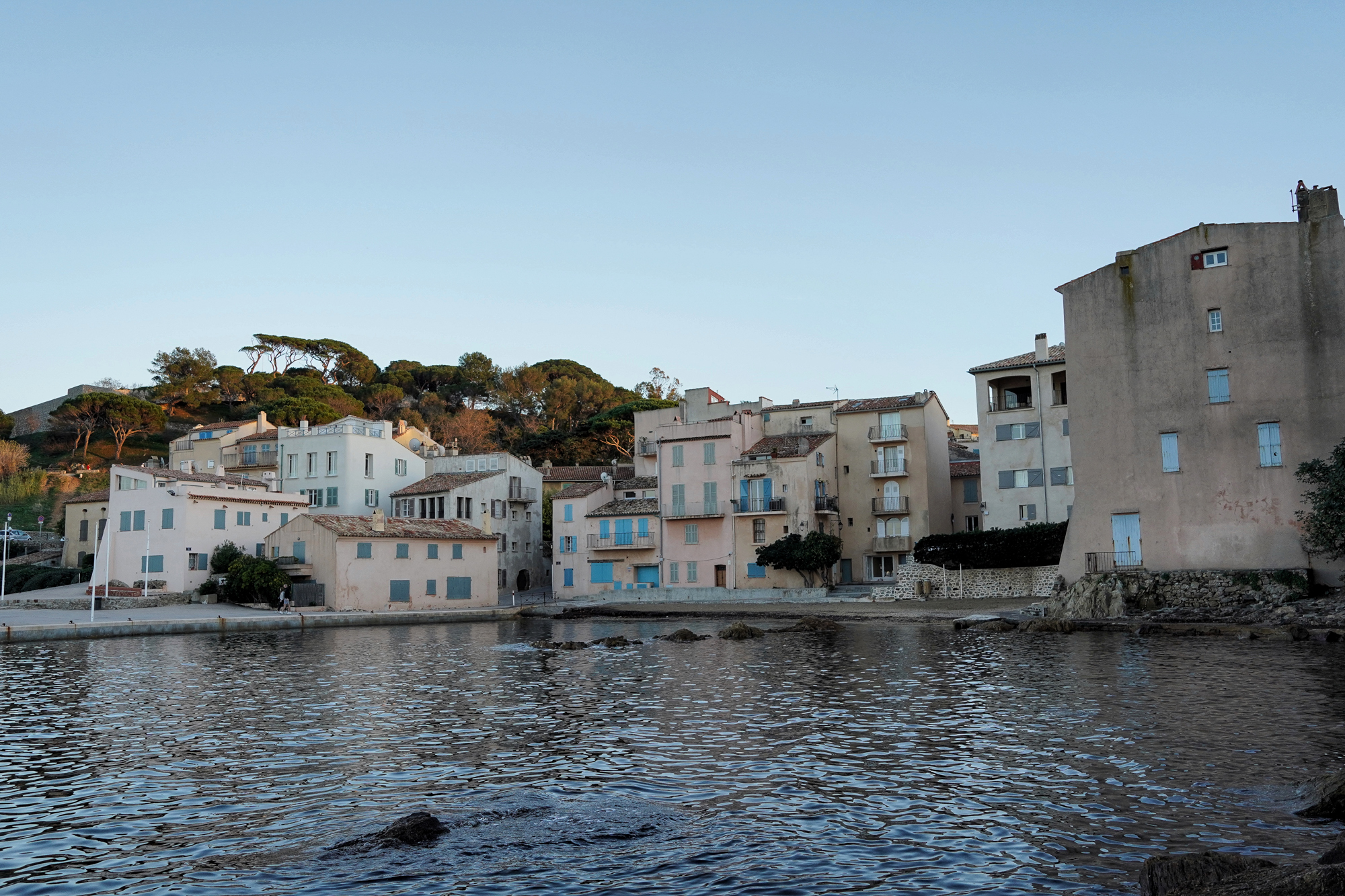

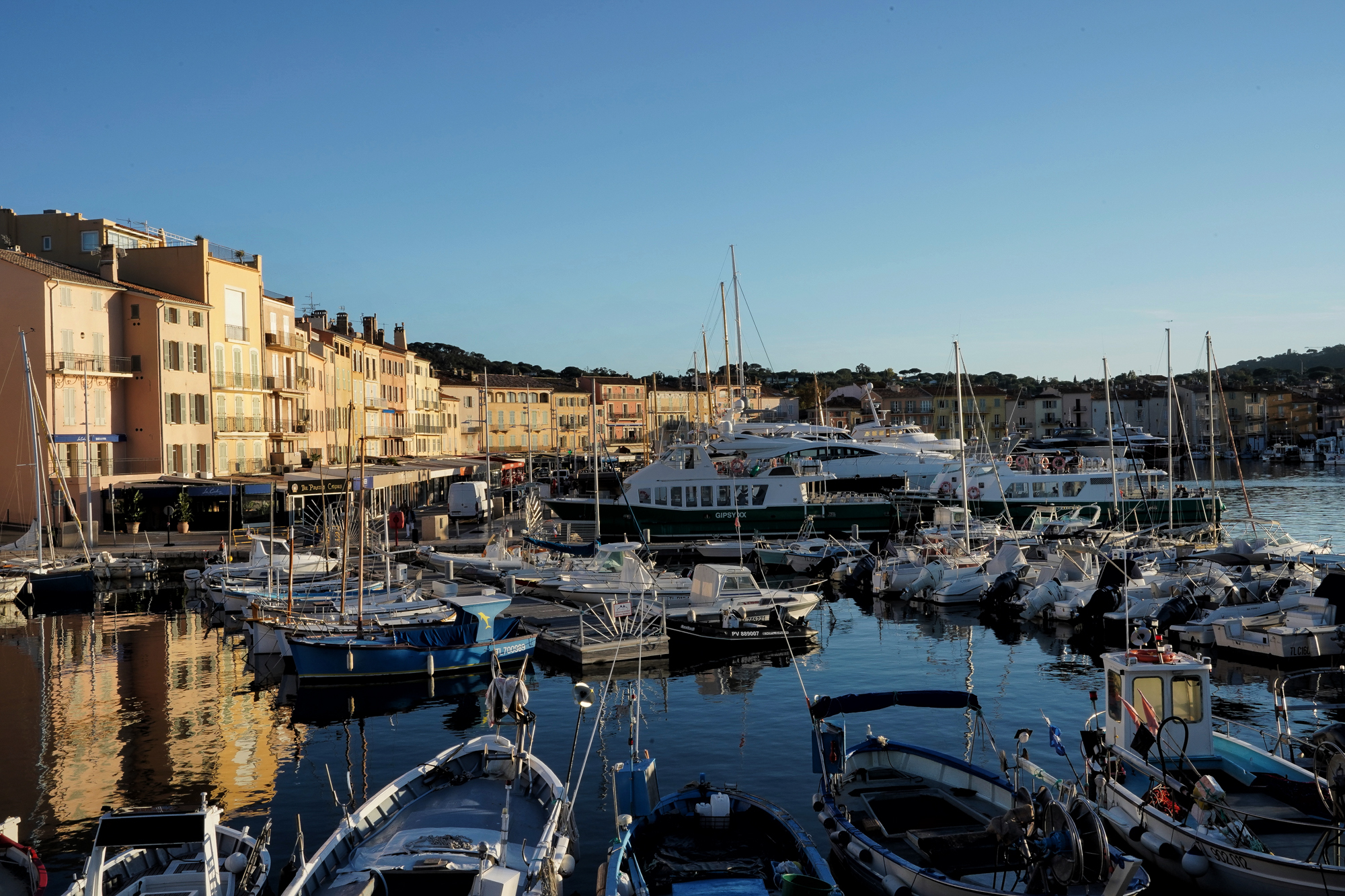
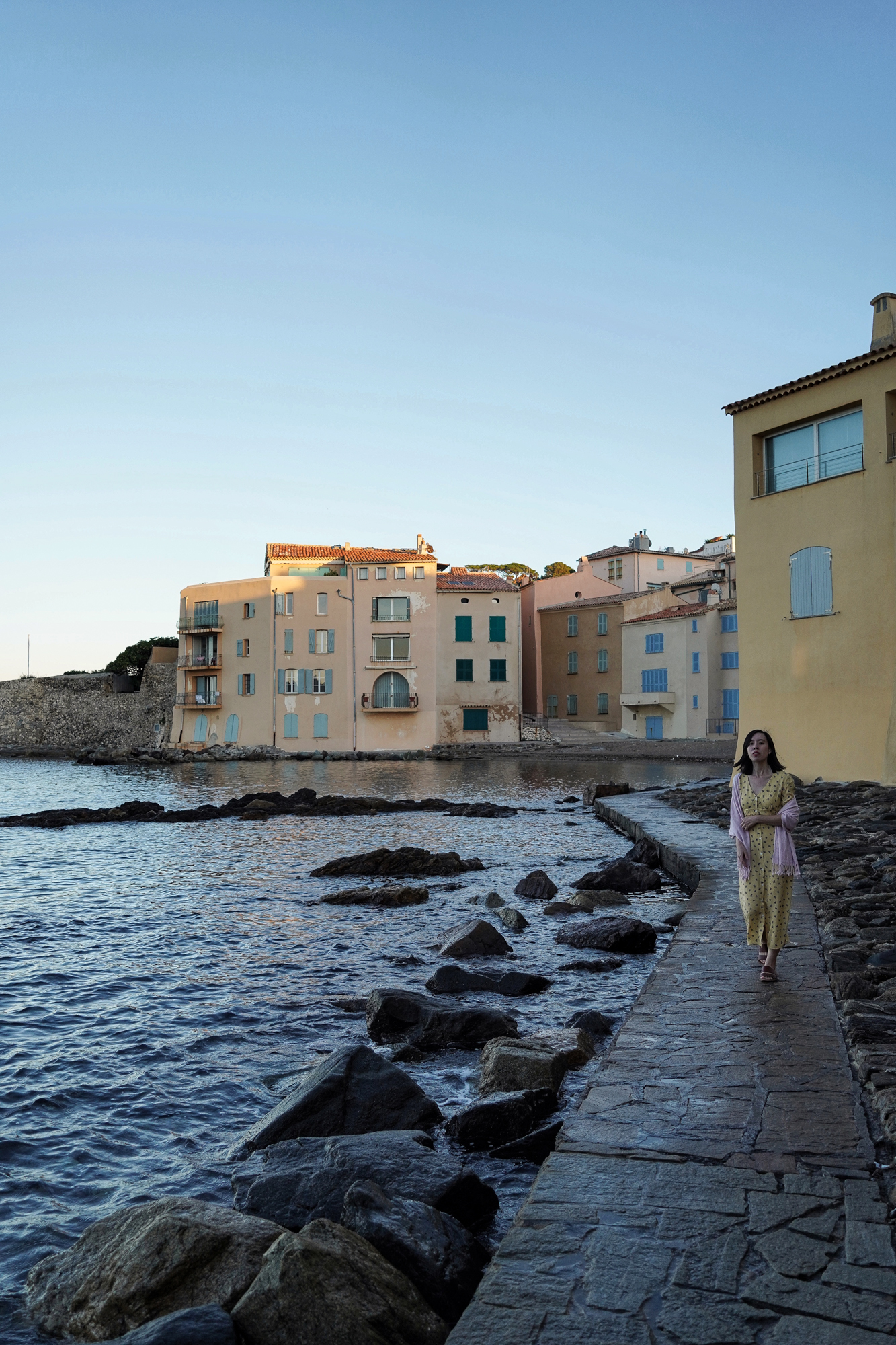
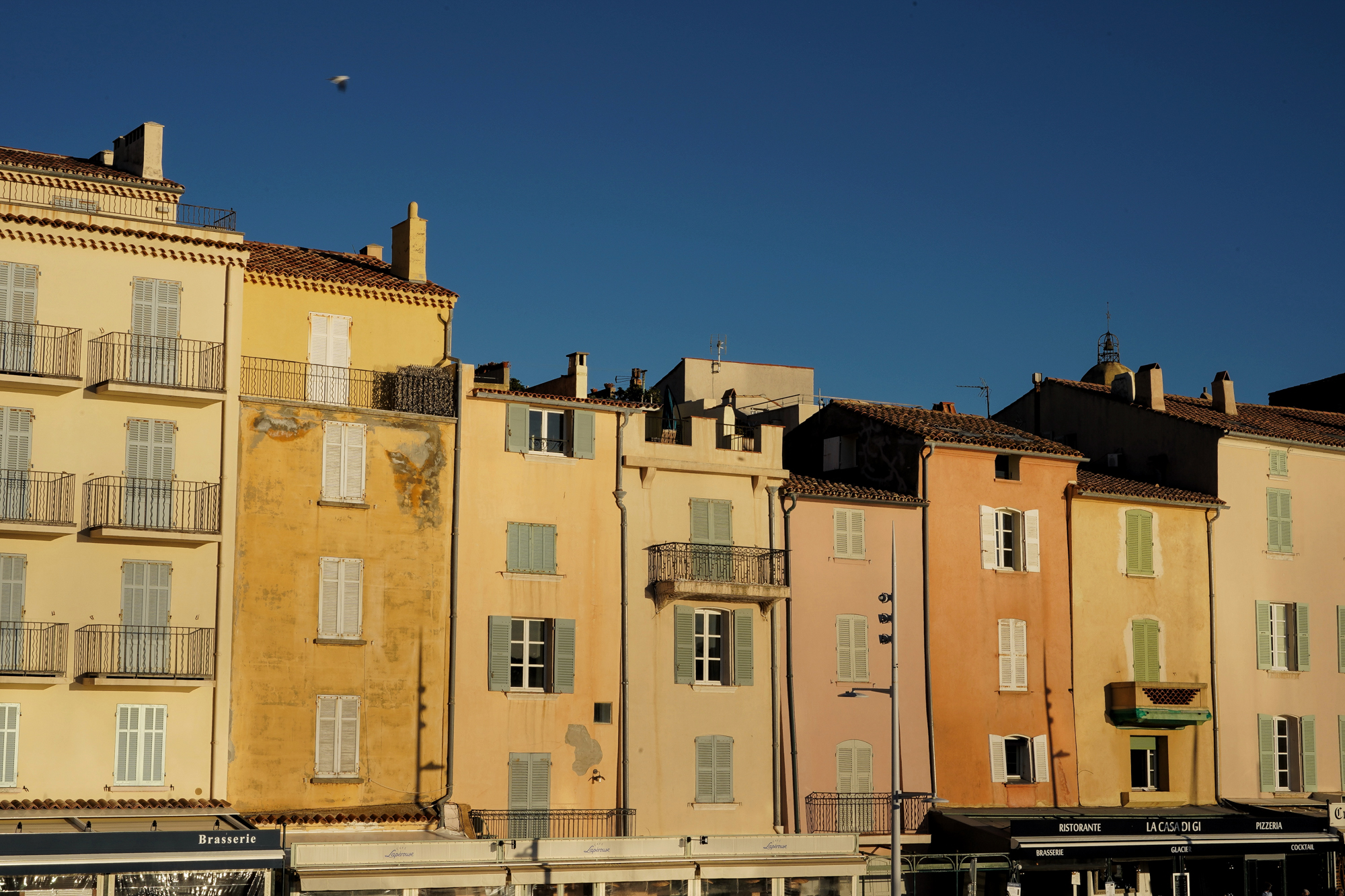
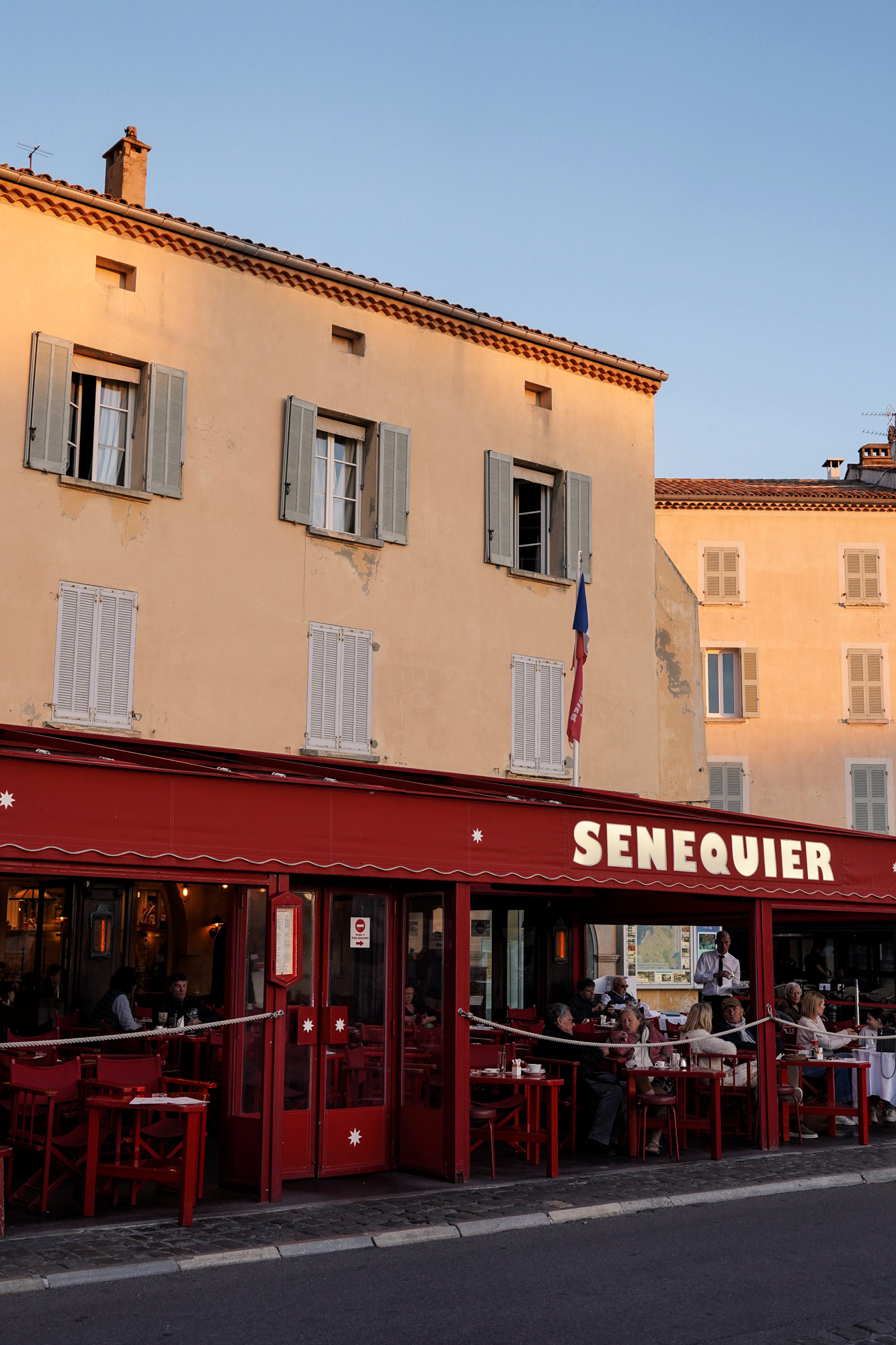
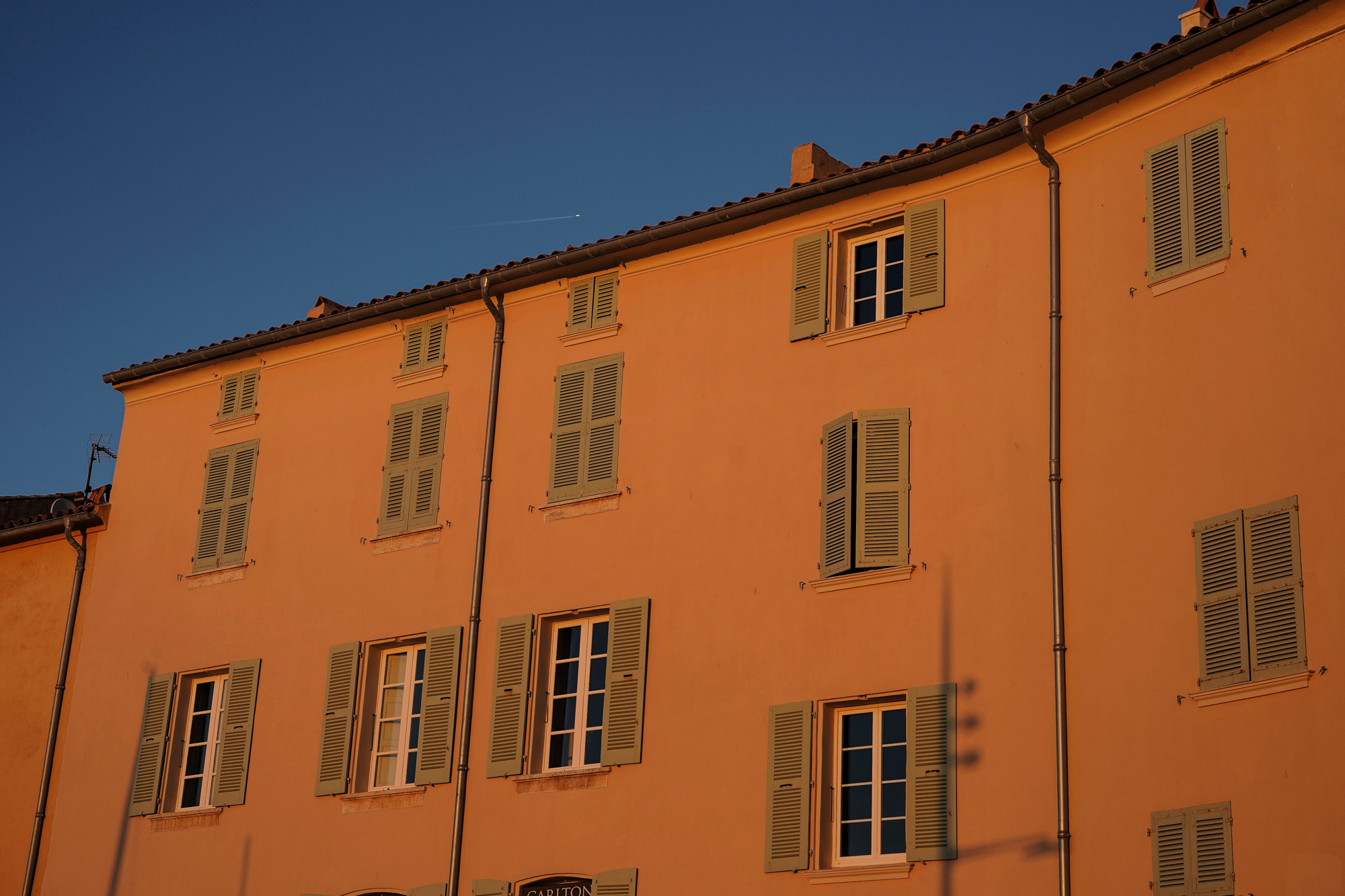


LA ROUTE DU MIAM
Every bistro has a story. For La Route du Miam, theirs go all the way to Bergerac outside of Bordeaux where Monsieur Jean Michel learnt a duck recipe from his mother who had learnt it from her mother, and so on and on. I love duck, any duck. When I heard of a restaurant serving only duck in Nice where seafood reigns supreme, I had to go. It only opens 4 days a week and at 8 in the evening. “Isn’t it a little late?” Roy had asked. It’s late for us who eat at 6 or 7, but I knew it must be really special.
The monsieur’s wife Marie talks of her husband’s duck recipe with a glimmer of a child who had discovered a secret. They are certain no one else does the exact same duck as theirs. A family recipe that is not duck confit, or even duck a l’orange. The monsieur’s is two types of duck. “You have to try both,” Marie insists. And so, with a glass of Bordeaux wine that had the aftertaste of dark cherries, we had duck de Jean Michel. The table near ours is coming back the next day for seconds. We have no such luxury, we are going to Provence the very next day. But still, we will always have this memory of the Riviera.
